Blog #113 Umbrella [Series]
Blog #113 Umbrella [Series]
Umbrellas are a common site in Asian cities such as Hong Kong. Umbrellas are used to block the hot rays of the sun, keep the pouring rain off of our heads, and occasionally as defence for cans of tear gas shot from the Police during revolutions. We Hongkongers carry an umbrella in our bag at ALL TIMES!
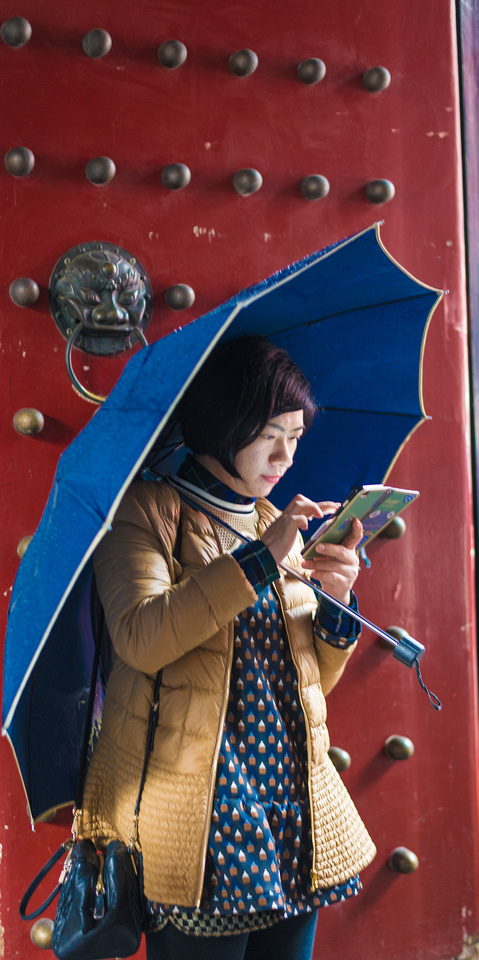

In this week’s blog post, I will share a select few of the images that I have been collecting over the years from Hong Kong. One of the images is from China, see if you can guess which one it is.
If you’ve got a “WR” [weather resistant] camera, head out to make some cool images of people in the rain with umbrellas. I really enjoy street photography especially under these types of conditions. I guess that there is an interesting element or gesture that we only get to see when it rains [or is super hot and sunny].
Whatever your reason, bring that umbrella!
Hey, you never know.
Luck Favours The Prepared, Darling! -Edna Mode, The Incredibles, Pixar
The light is always right.
jhg
*Images: © Jeremy H. Greenberg
Where: Hong Kong
Subject: Umbrella Series from Hong Kong & China
Gear: Various, Mirrorless Fujifilm Digital Cameras & Lenses
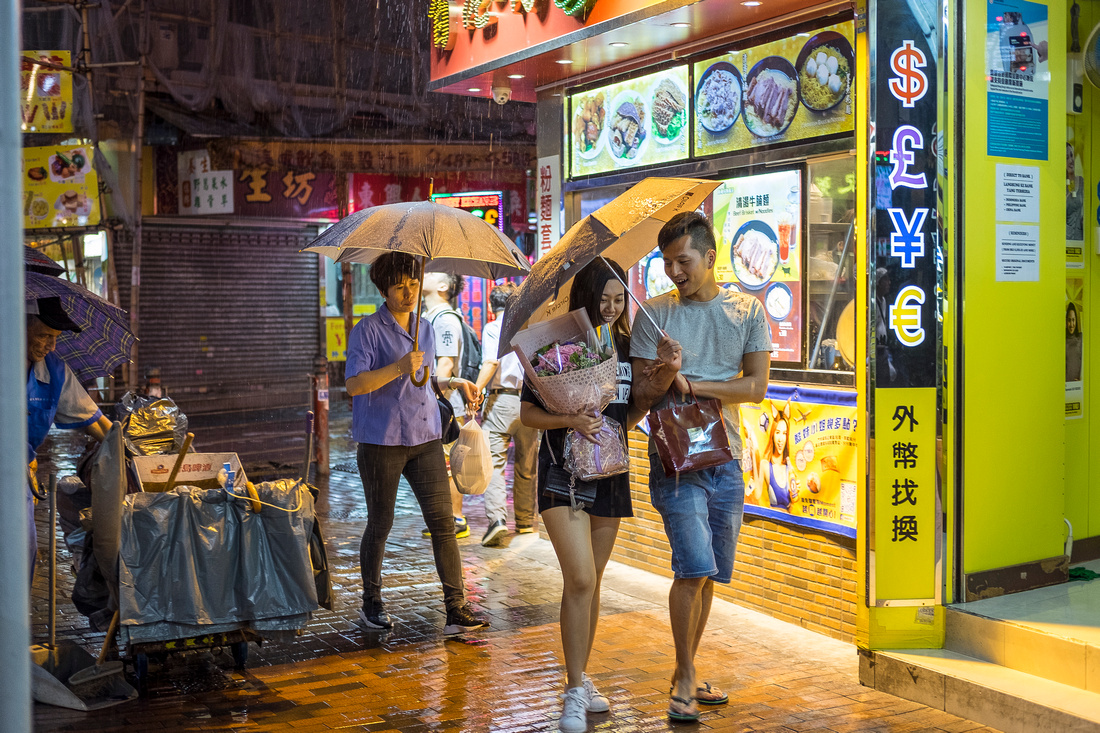

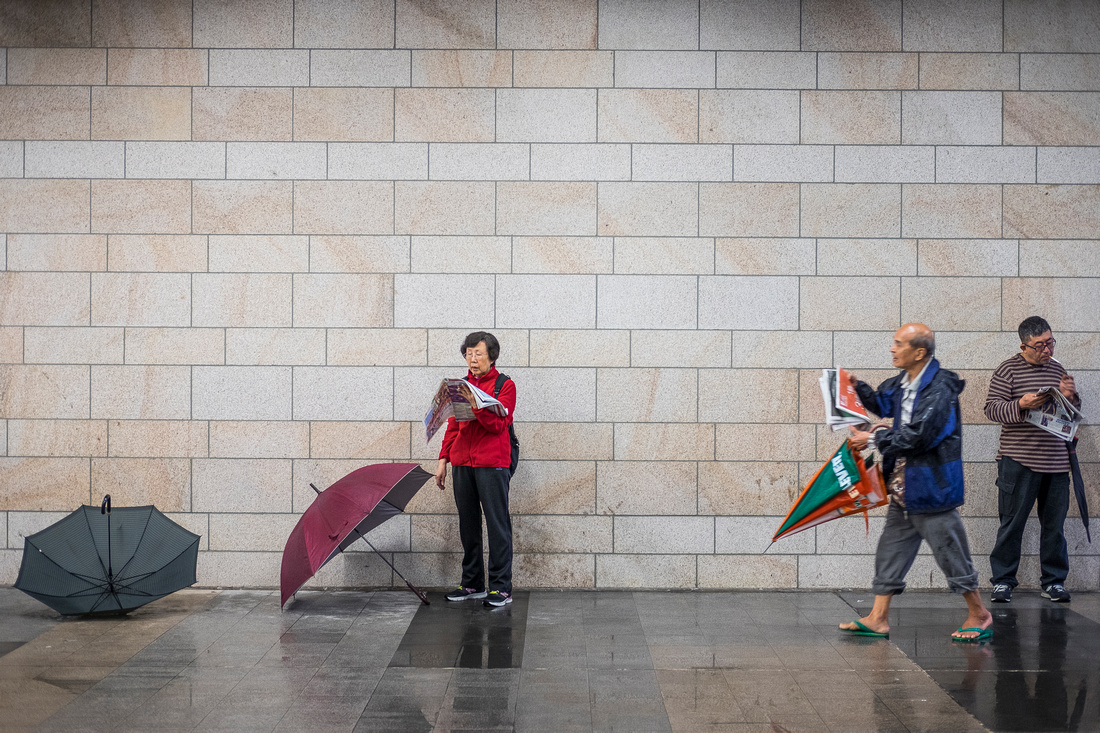

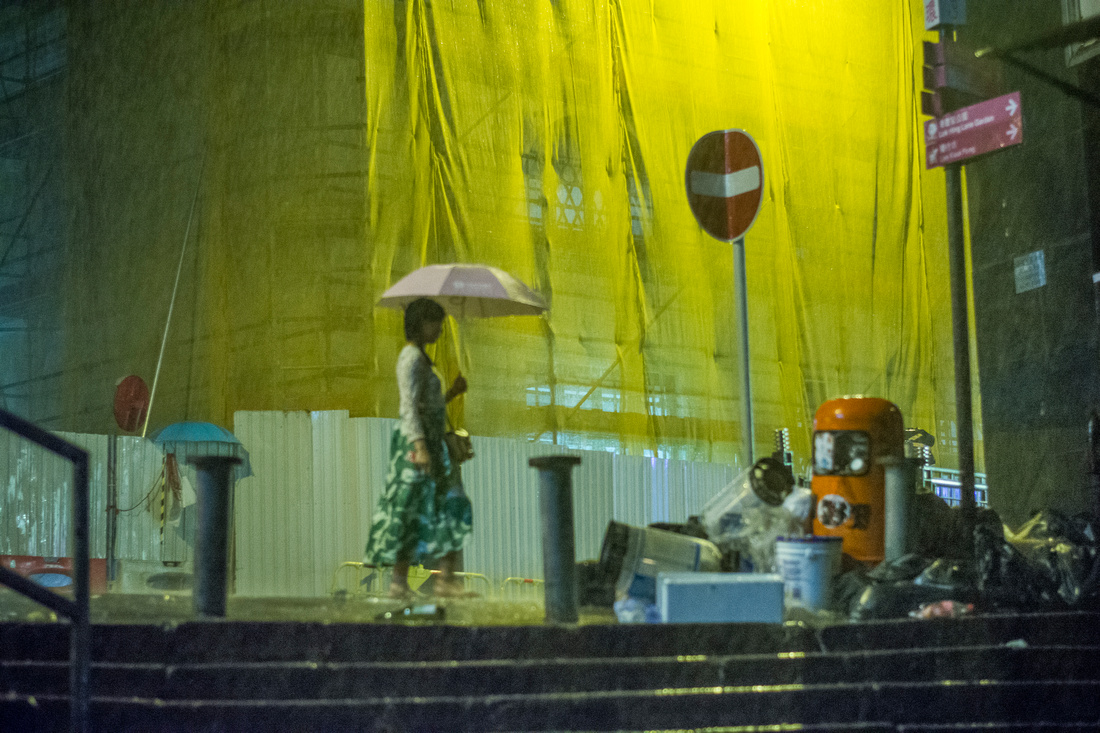

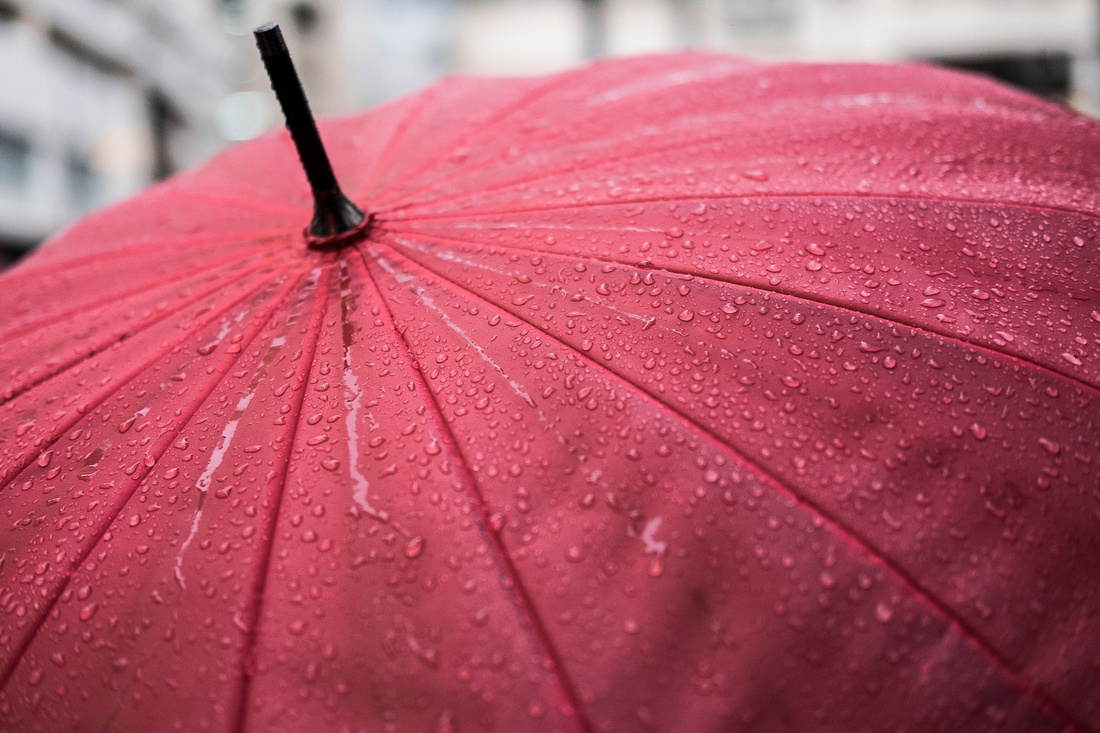

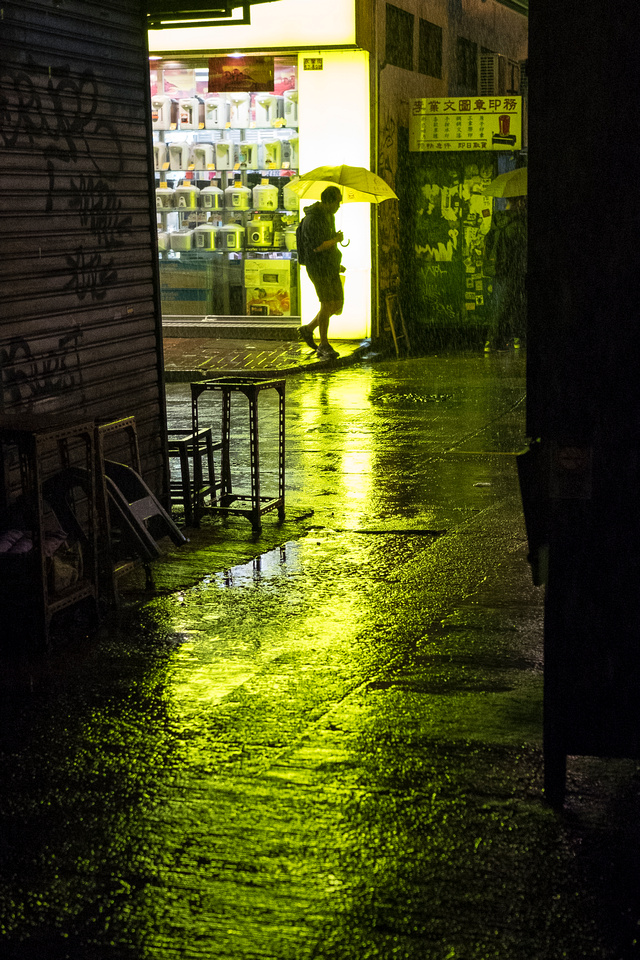



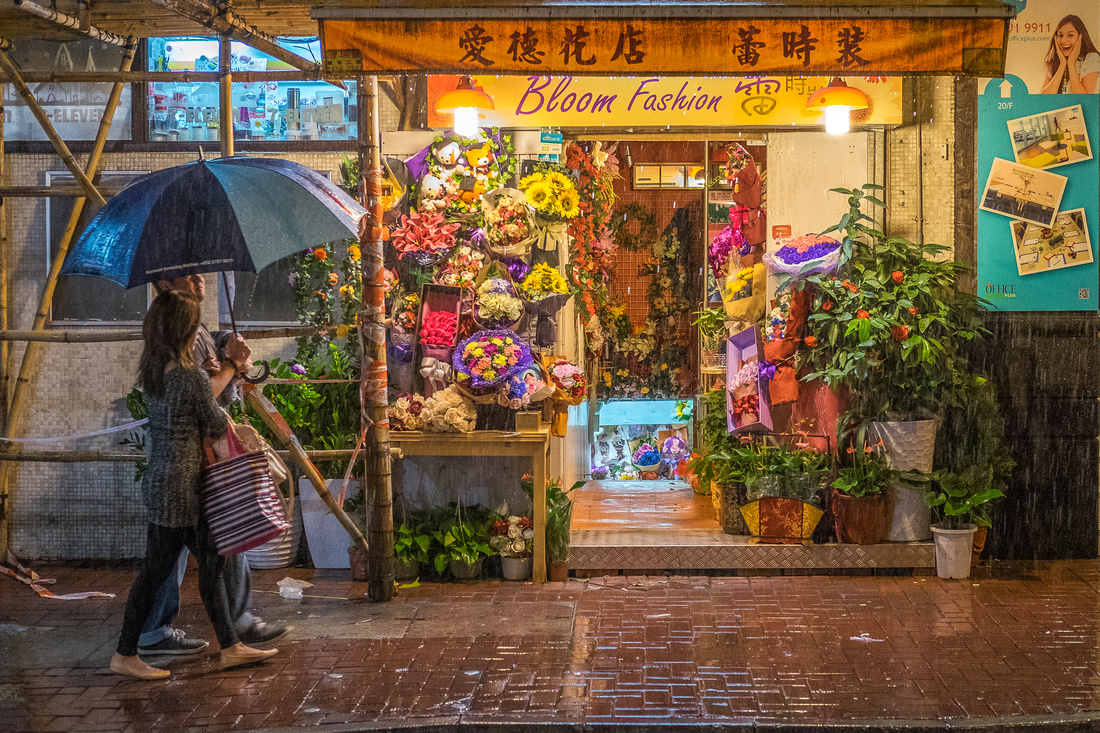

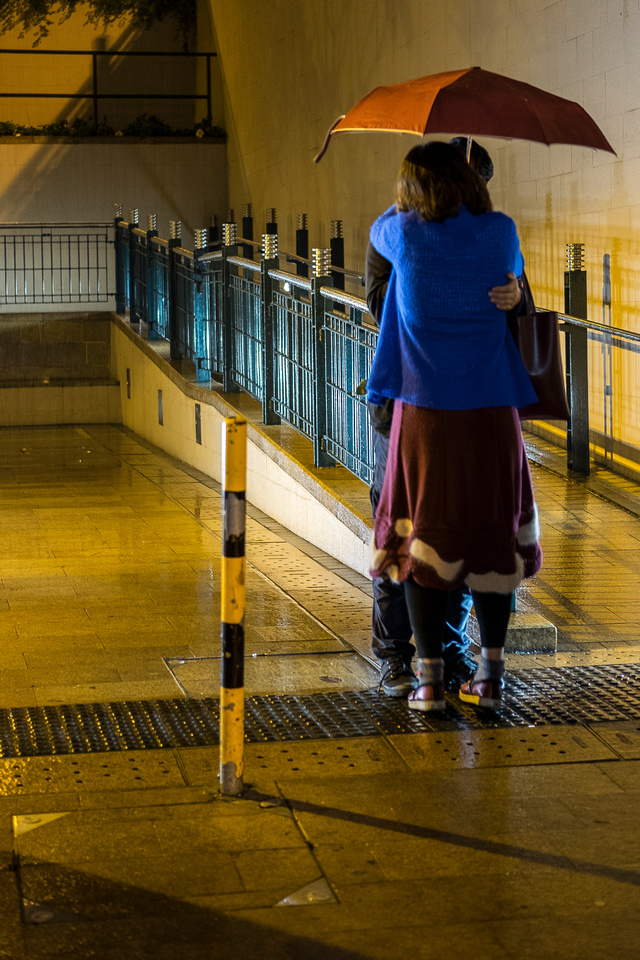

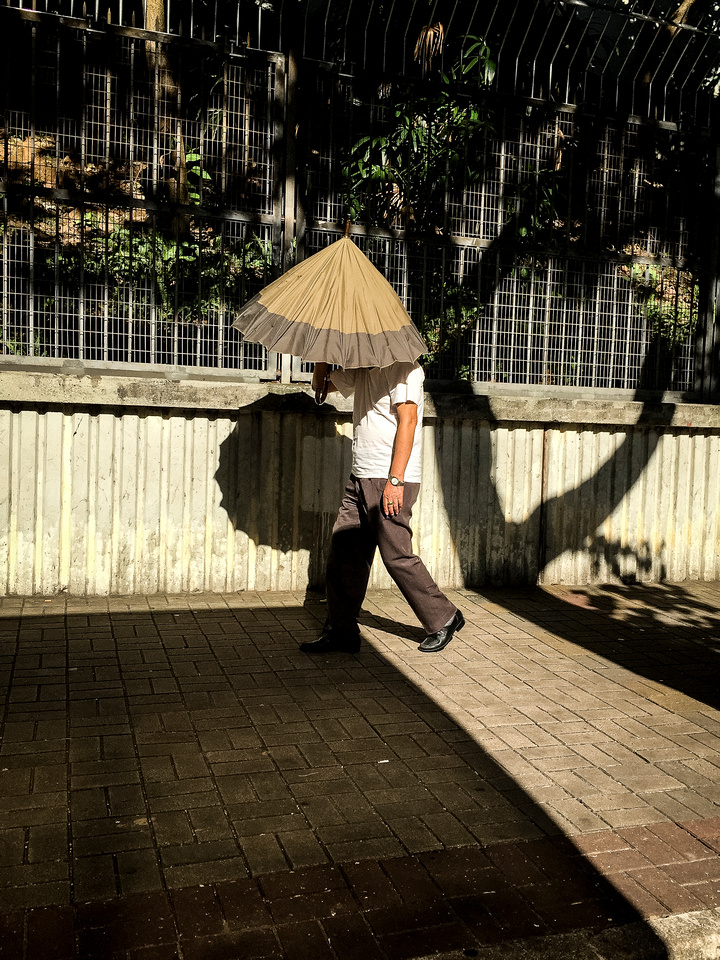



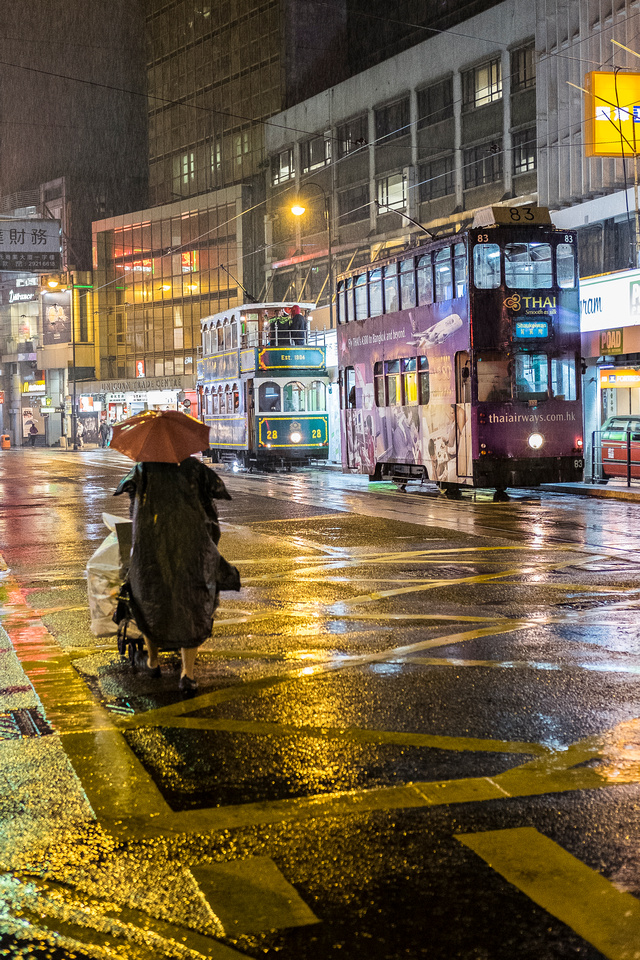

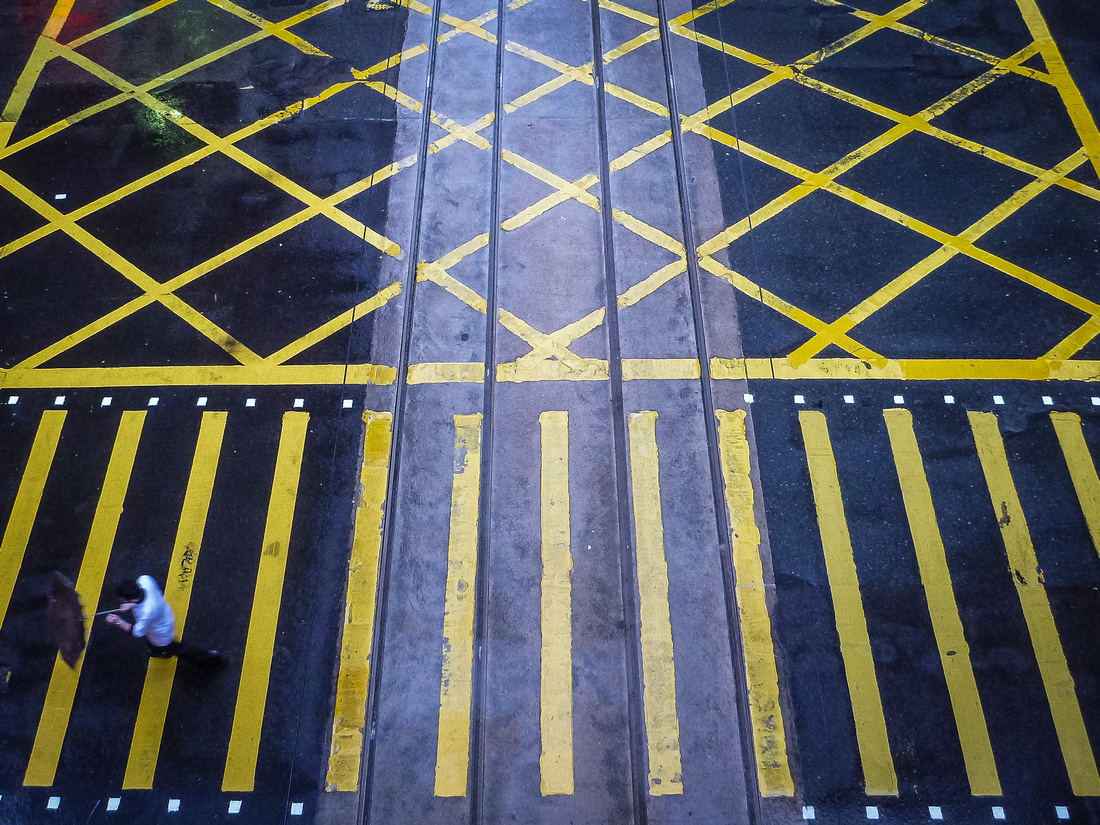

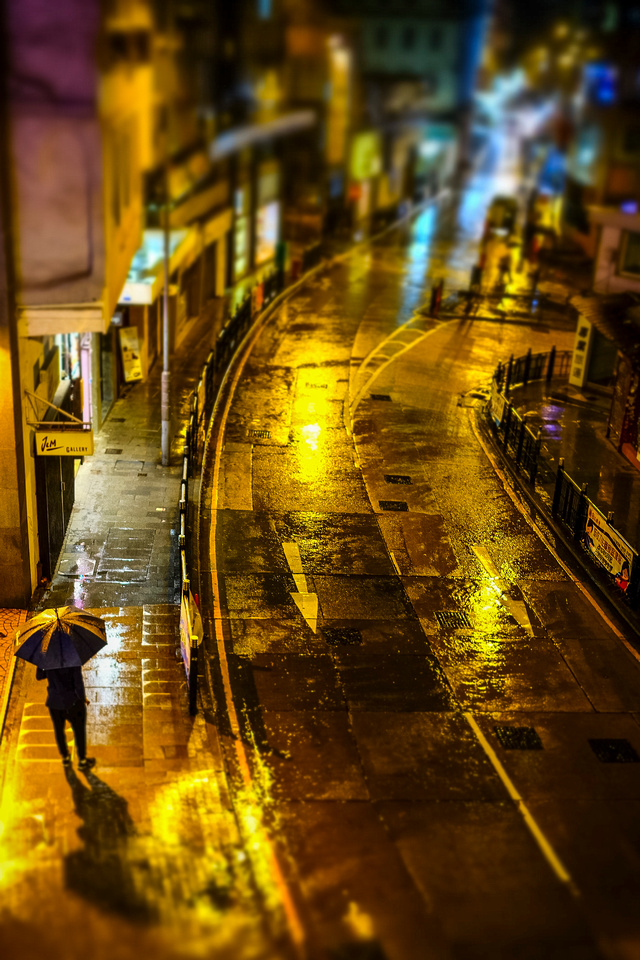



National Geographic Travel Photographer of the Year 2017 Editor’s Favorite: Galleries: Week 4 Cities & People
Casual Photophile Tip & Techniques No. 001 The Subject is the Subject
The Inspired Eye Photography Magazine Issue #40 (full interview)
Hong Kong Free Press: HKFP Lens
Blog #18 Criticizing Photographs or Beyond the “like”
Blog #25 Don’t Be Afraid of the Dark[room].
Blog #47 Composition, Composition, and More Composition
Blog #65 Summer is for Travel (Hanoi)
Blog #67 Risks, Rules, & Restrictions
Blog #68 Photography is a Gift
Blog #72 Living the Creative Life
Blog #90 Restrictions, Revisited
Blog #93 Photographic Technique
Blog #105 Signs, Signs, Everywhere a Sign
Blog #112 Wish You Were Here
Blog #112 Wish You Were Here
The epic Pink Floyd Album and song from 1975 Wish You Were Here leads me to my next point about making pictures [Watch this unplugged version for a real treat]. One of the goals of many photographers is to take the viewer there. Travel, street photography, and landscape images can give the viewer a feel of actually being in the place in which the photograph was made. This is one measure of images that work. These images seem to reach beyond affecting the viewers sense of sight only and somehow come into contact with their senses of feeling, smell, or even hearing or taste. How can this be?
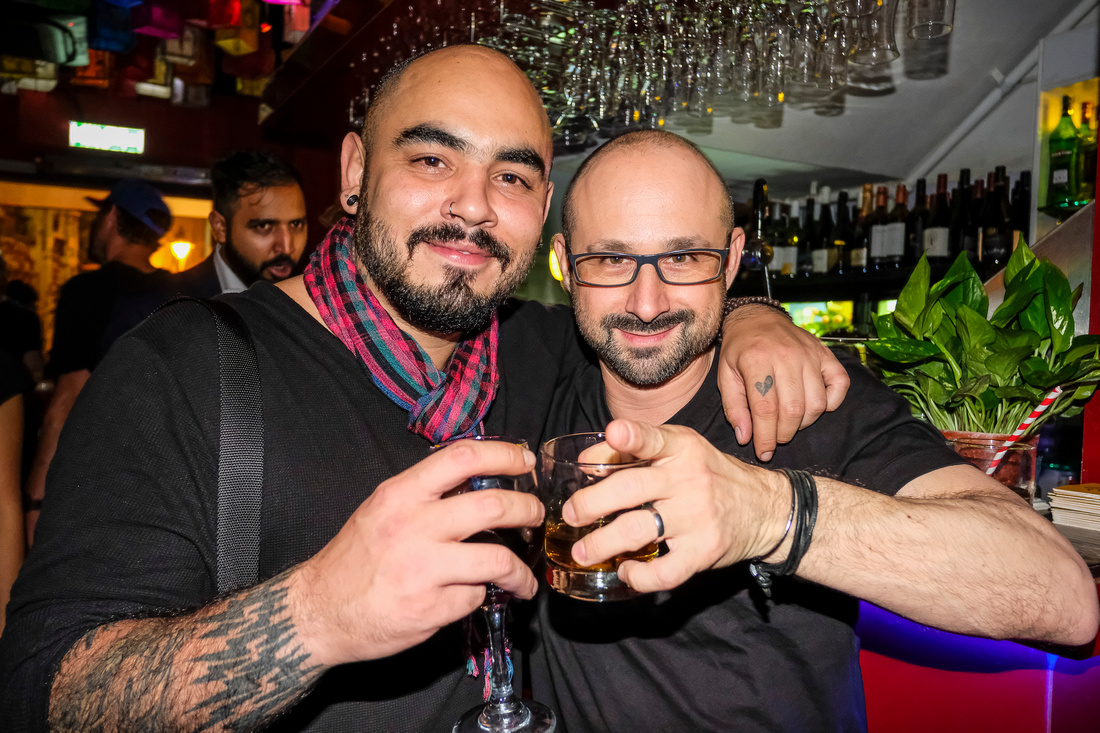

Images may connect with certain people more than others. What is the mechanism that dictates this connection? Images will connect [or not so much] through their capacity to evoke memories. Hear me out. Memories exist, in the environment. Your brain is involved in the recollection of memories but not in a data-retrieval type of way like a hard drive. Memories are not stored as little zeros and ones in the gray matter between your ears. Memories are effectively constellations of brain activity [electro-chemical activity in your neurotransmitters] that have resulted from different combinations of sensory stimuli. This comes from environment. Your brain is simply along for the ride.
When you view certain images [environment] that have certain qualities these images might trigger, so to speak, experiences from your memory. In this way, the viewer might actually feel that they are in the place that the image was made. This is especially true when we have been to that place or a similar one that is presented in the image. Images contain qualities and variables that will lend themselves to this effect on the viewer.
Variables such as the type of light (i.e. color, direction, intensity or luminance) contrast, shadow, line, shape, texture, and atmosphere in any combination may evoke the experience of a memory in the viewer and give them the feeling that they are physically in the space where the image was made, albeit for a few seconds.
Photographs are extensions of our own visual experience in the same way that reading is an extension of listening and writing an extension of speaker behavior. It’s an amazing thing to consider that a photo is a slice of our own visual experience like a fraction of a second in a given place. Making [and sharing] images that will be viewed in someone else’s future, transcending time, is extraordinary. Time, of course, is an illusion after all. There is no time, per se, but only Spacetime. Read Carol Rovelli’s Reality is Not What it Seems: The Journey To Quantum Gravity for a quick 2000 year summary of what we understand about the universe in a mere 265 pages! I digress.
Anyway, is one of your goals in making and sharing images to take people on your personal visual roller coaster? If so, consider the variables mentioned above like texture and atmosphere and bake those juicy layers into your images. You might strike a nerve with somebody who will go beyond the “👍🏼” and really feel you.
Finally, I agree with Bruce Gilden
If you can smell the street by looking at the photo, it’s a street photograph.
The light is always right.
jhg
*Images: © Jeremy H. Greenberg
Where: Ruby Bar, Pottinger Street, Central, Hong Kong
Subject: Opening of Ruby Bar
Gear: Various: Mirrorless Fujifilm X-E3 + XF Fujinon 18mm f/2 + On camera Flash
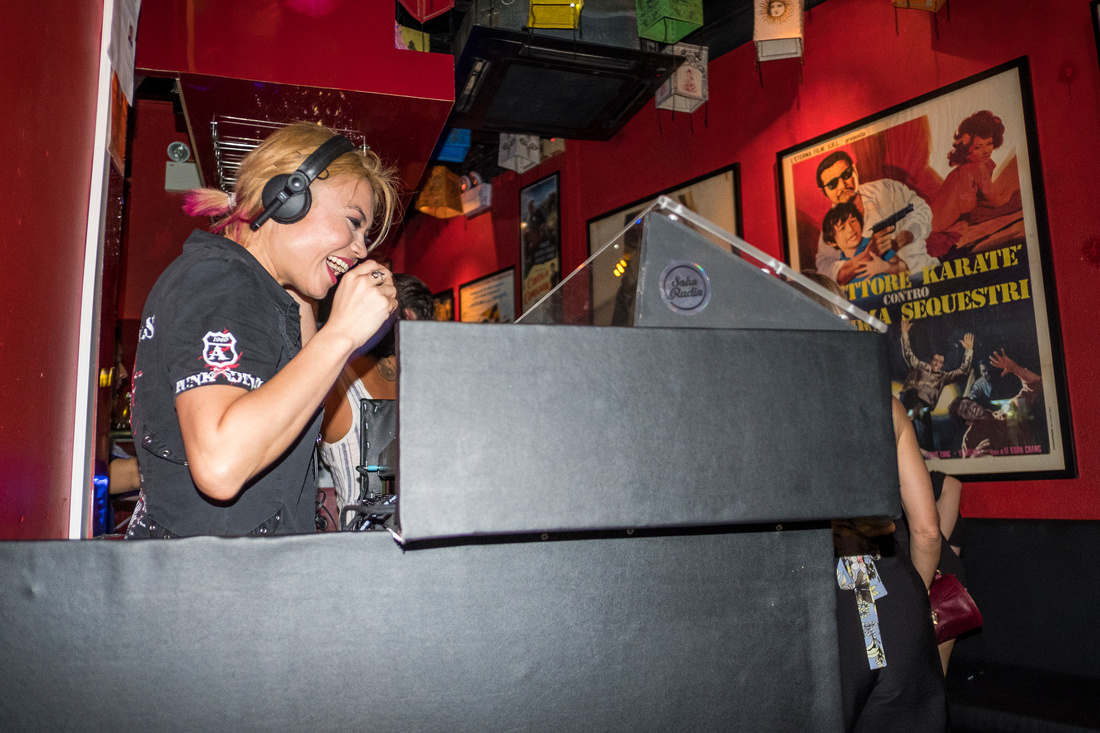

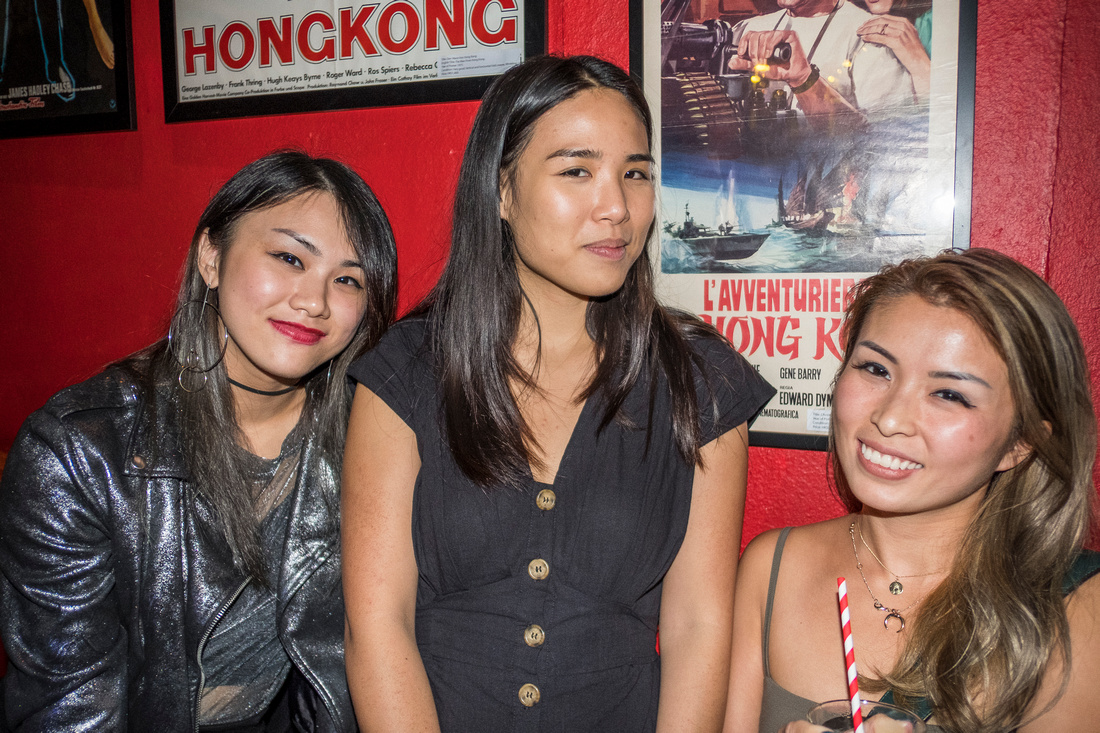

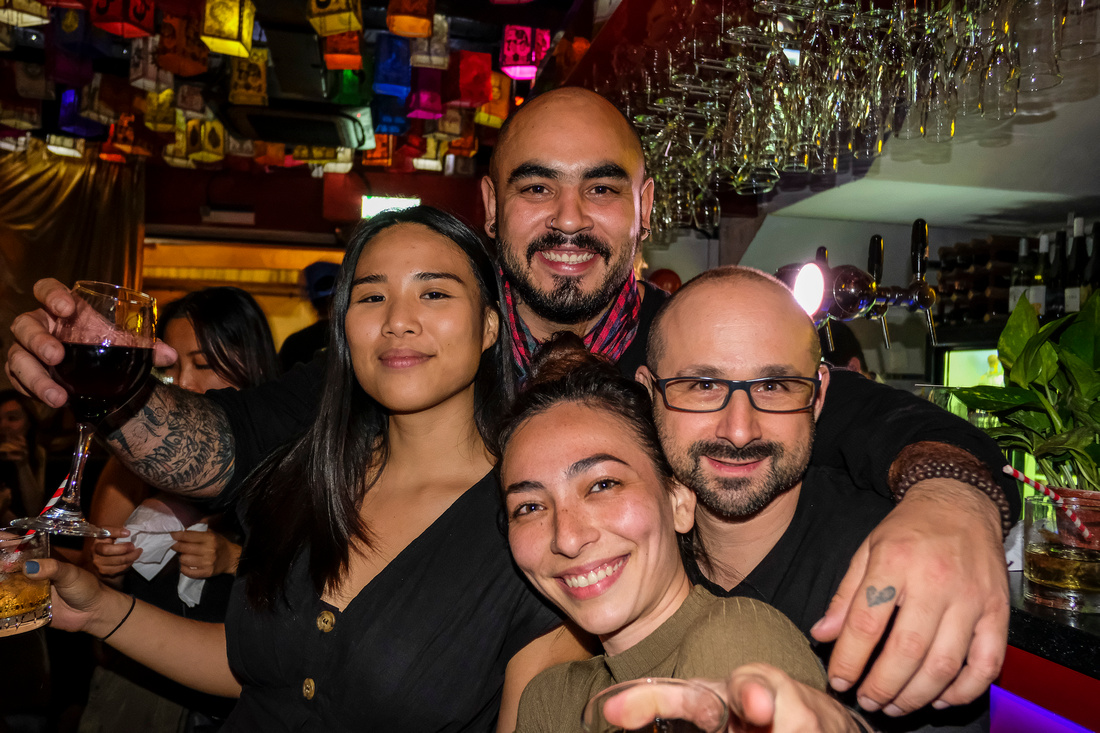

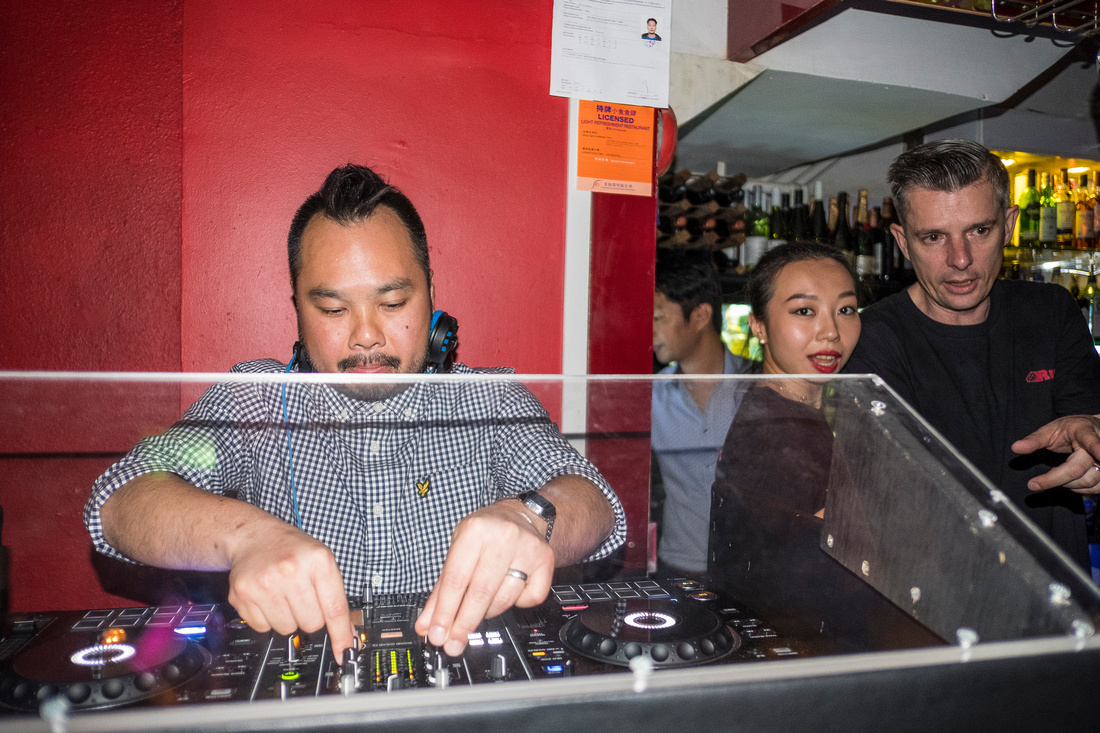

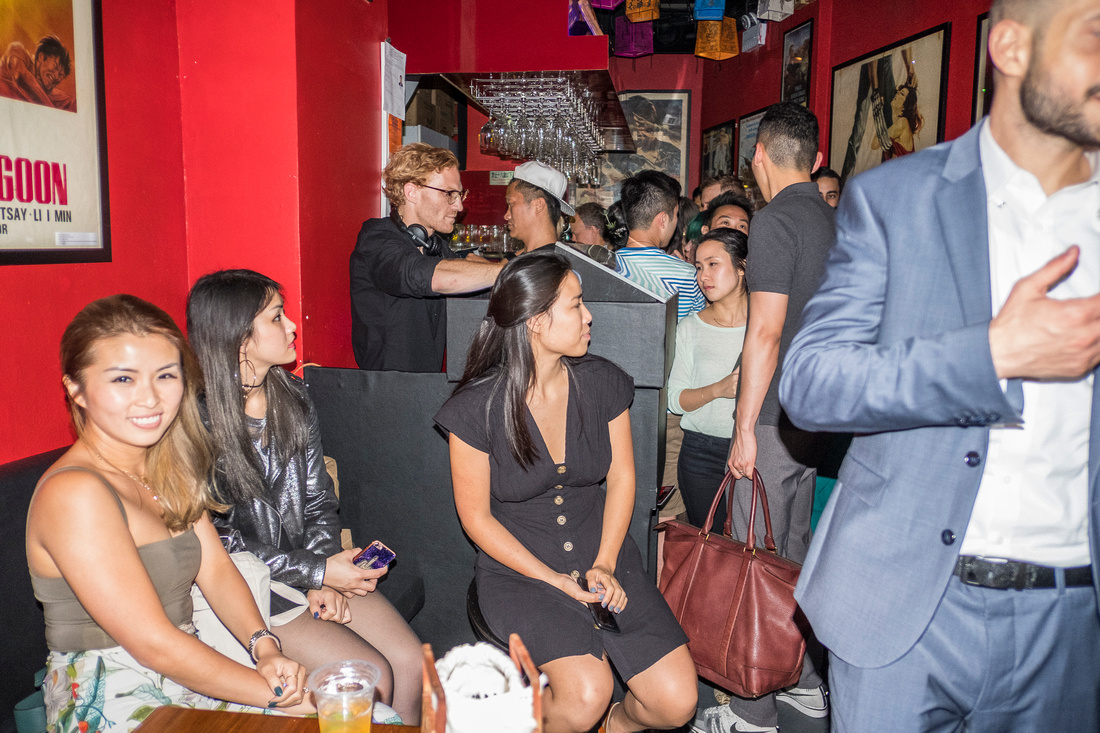

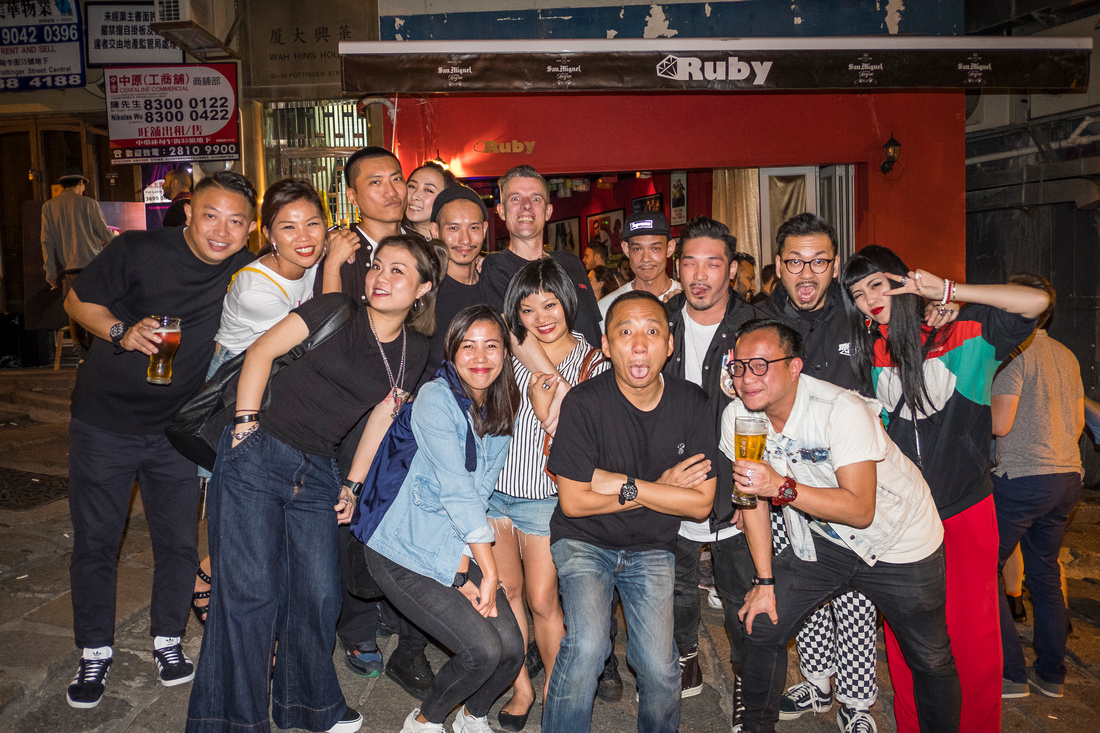





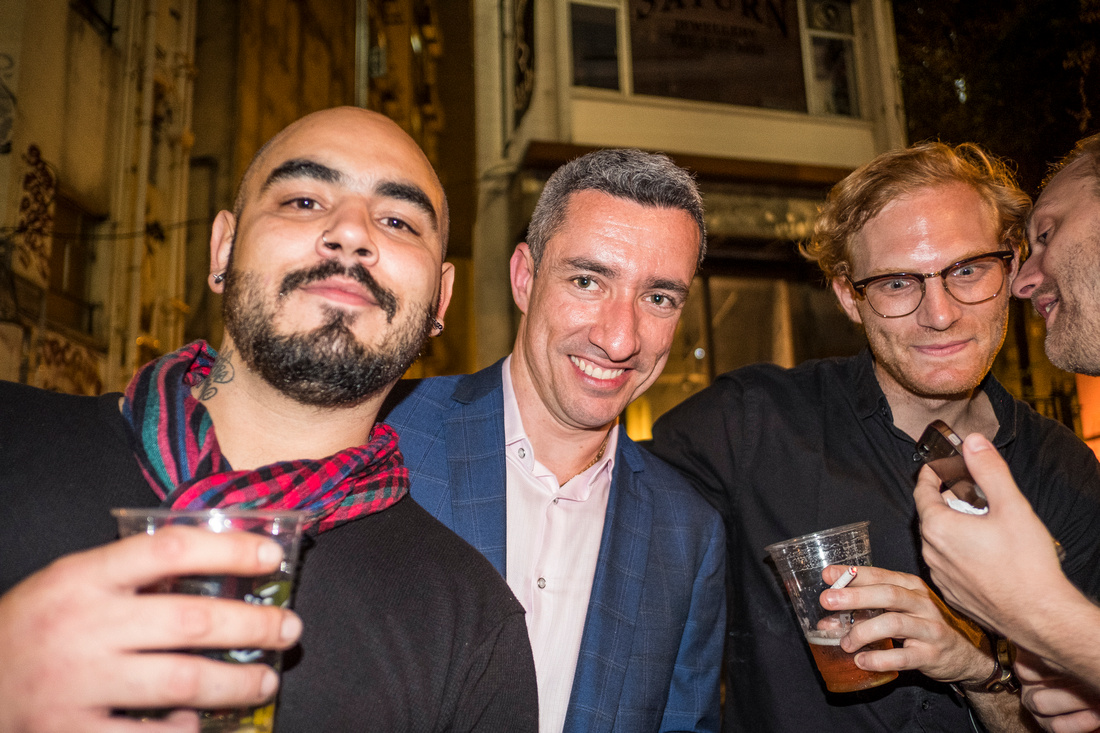

Casual Photophile Tip & Techniques No. 001 The Subject is the Subject
The Inspired Eye Photography Magazine Issue #40 (full interview)
Hong Kong Free Press: HKFP Lens
Blog #18 Criticizing Photographs or Beyond the “like”
Blog #25 Don’t Be Afraid of the Dark[room].
Blog #47 Composition, Composition, and More Composition
Blog #65 Summer is for Travel (Hanoi)
Blog #67 Risks, Rules, & Restrictions
Blog #68 Photography is a Gift
Blog #72 Living the Creative Life
Blog #90 Restrictions, Revisited
Blog #93 Photographic Technique
Blog #105 Signs, Signs, Everywhere a Sign
Blog #111 Change Your POV
Blog #111 Change Your POV
Just like pictures on the wall, we are accustomed to viewing images that were made from eye level. This common point of view [POV] is a familiar starting place in which to view the world. Changing POV in our images can lead to some interesting results. Shoot far, shoot near, shoot high, shoot low, point your lens up, point your lens down, and some amazing and fresh perspectives can be achieved.
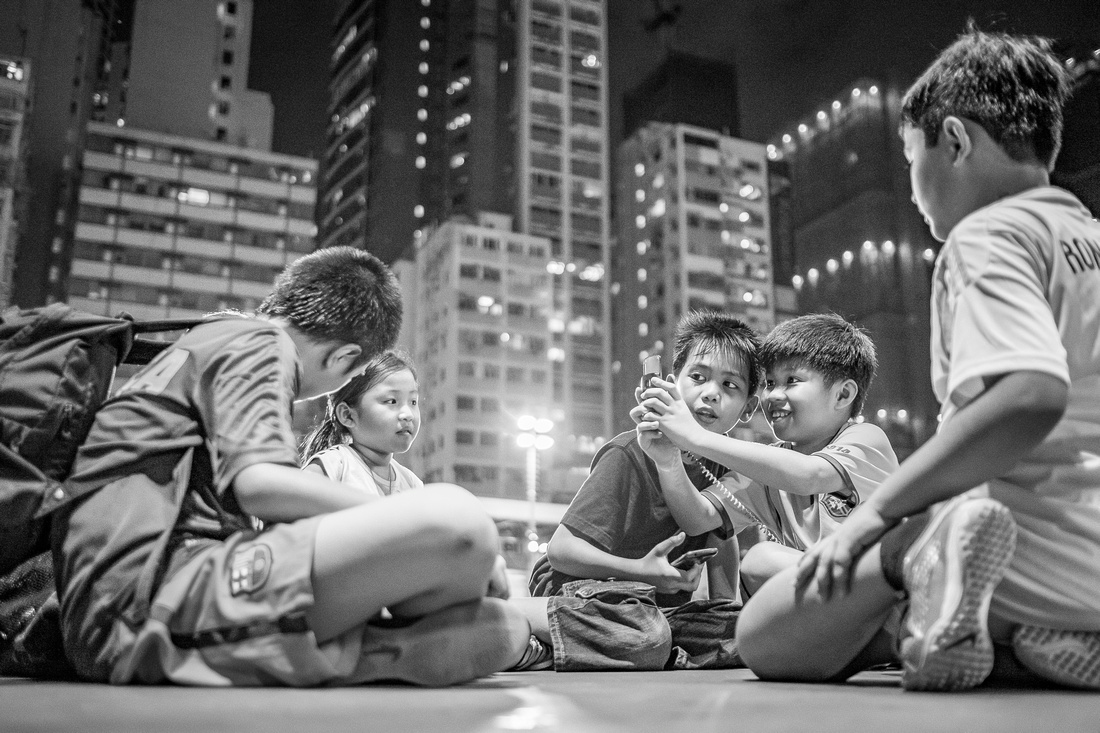
 Making images from alternative POV can be a a useful exercise in its own right and down right fun as well. Let’s say you’re shooting an event, a holiday, or a sporting event, your top 20 images from a given shoot should likely contain images from various POV or else they will all look the same. Yawn…Boring!
Making images from alternative POV can be a a useful exercise in its own right and down right fun as well. Let’s say you’re shooting an event, a holiday, or a sporting event, your top 20 images from a given shoot should likely contain images from various POV or else they will all look the same. Yawn…Boring!
One of the street images that I am most proud of [children with smartphone] was made on a photo walk at night shooting very low to the ground “Worms eye view at night” was the assignment. Here are some homework assignments that can be done at your own pace.
- Shoot 100 different images all taken from a very low angle
- Shoot 20 images with the lens pointed up and 20 with the lens pointed low.
- Shoot all images in a given day lower than your eye level such as crouched down a bit as if you were a child.
- For one week, shoot ALL images from any POV other than your own eye level.
- Find balconies, bridges, or lofts and make 50 images looking down onto the street.


Shooting images with a different POV is a simple technique that needs to be practiced and has the benefit of adding a cool twist to your images. Although images with differing POV can be fun they are not necessarily an end unto themselves. These should be incorporated into some project that you are working on and they ought to be appropriate for that project.
Drone photography is all the range these days. Franky, I’m not feeling the airborne bug. Anyway, images ought to have subjects, and compositional techniques that draw the viewers eye to the subject regardless of the POV. Drone images are not impervious to these factors that make certain images work.
Think big, think project-based and then, if appropriate to the given project, include images with varying POV.
The light is always right.
jhg
*Images: © Jeremy H. Greenberg
Where: Around Town in Hong Kong & Xi’an, China
Subject: Various POV Images
Gear: Various assortment of lightproof boxes including Nikon D610, Mirrorless Fujifilm X-Series, 35mm Film Cameras, and iPhone
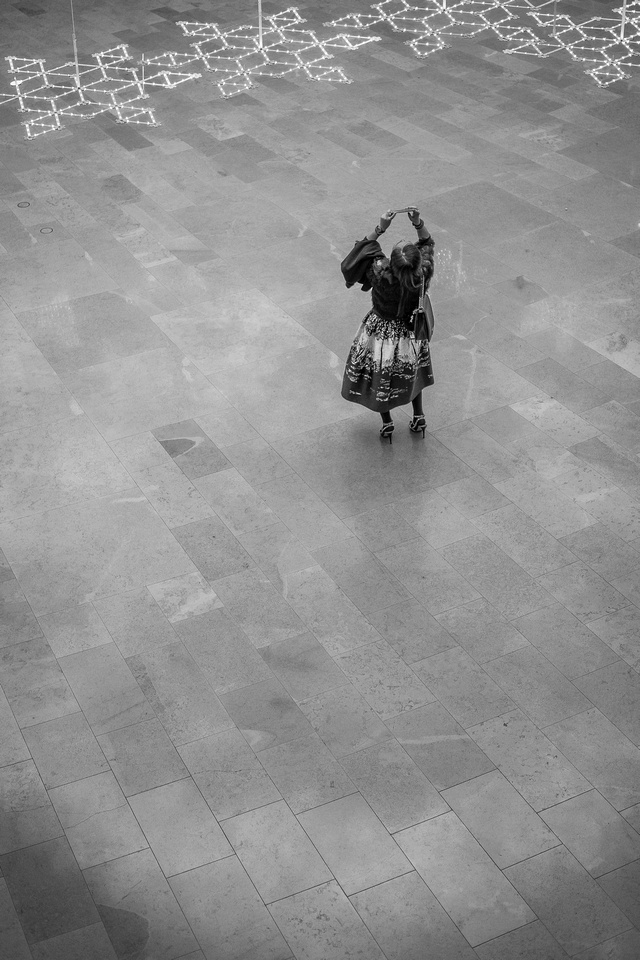

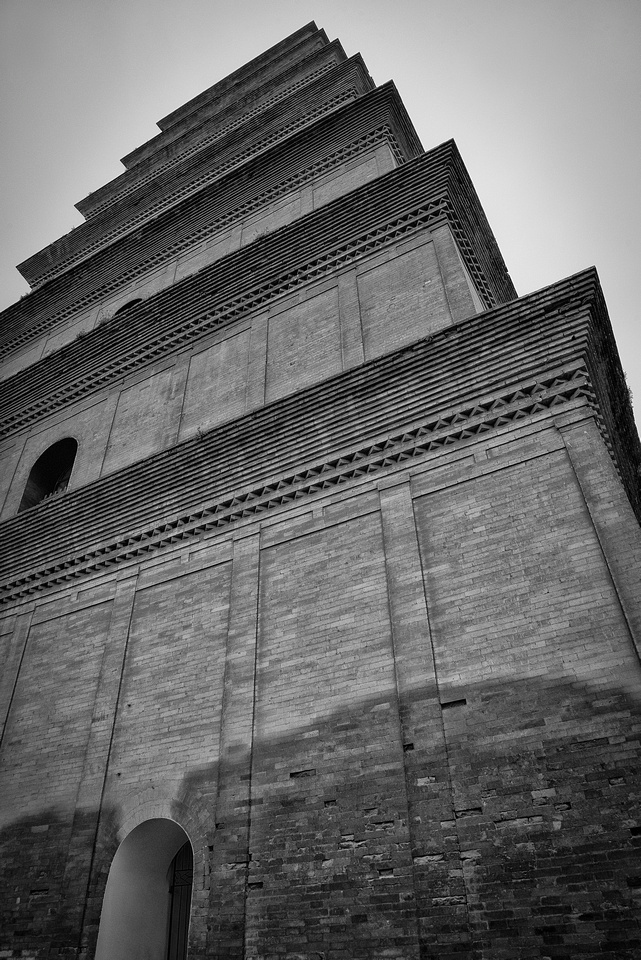

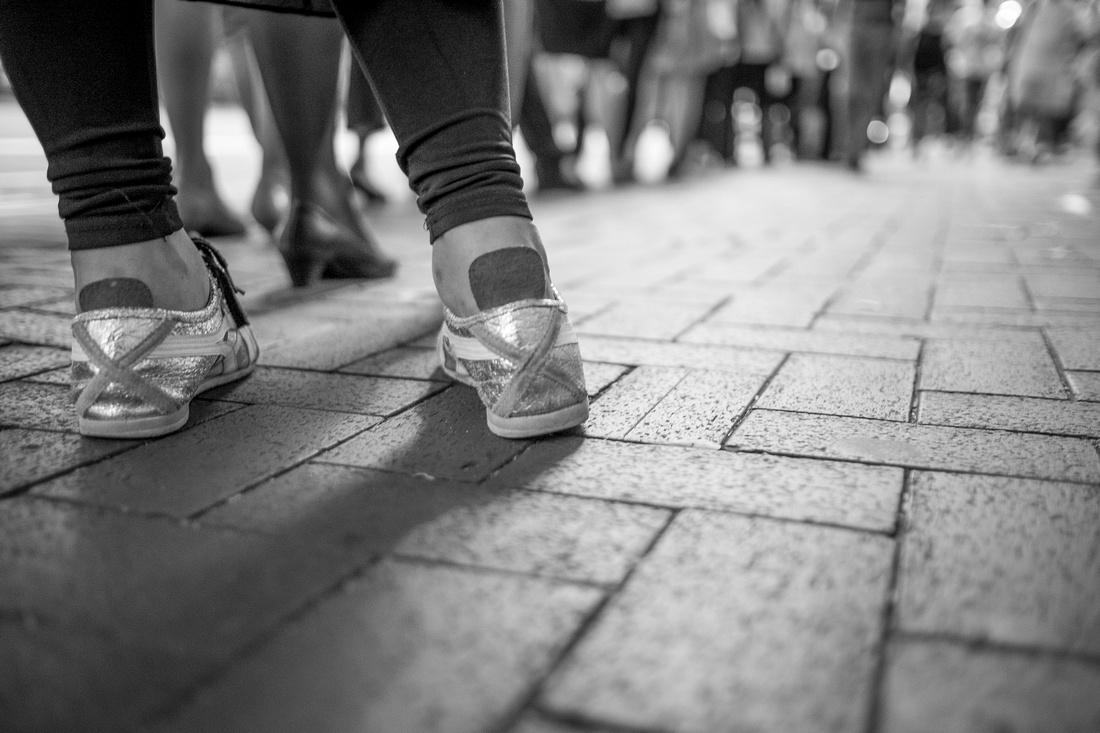

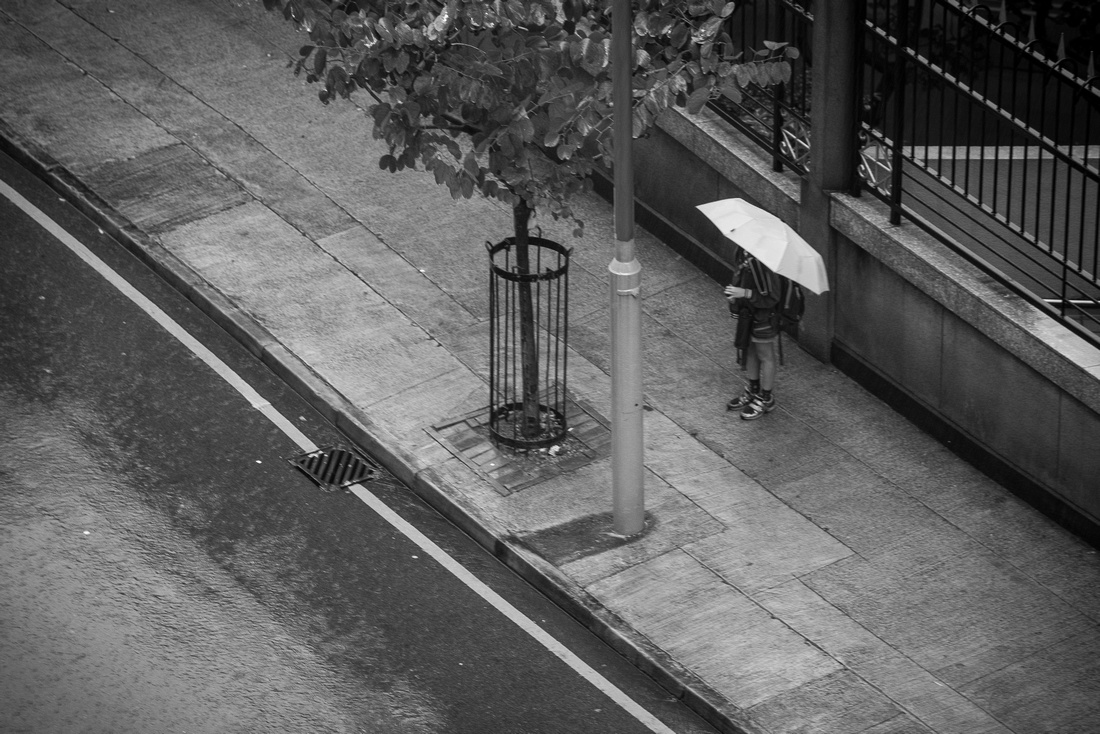

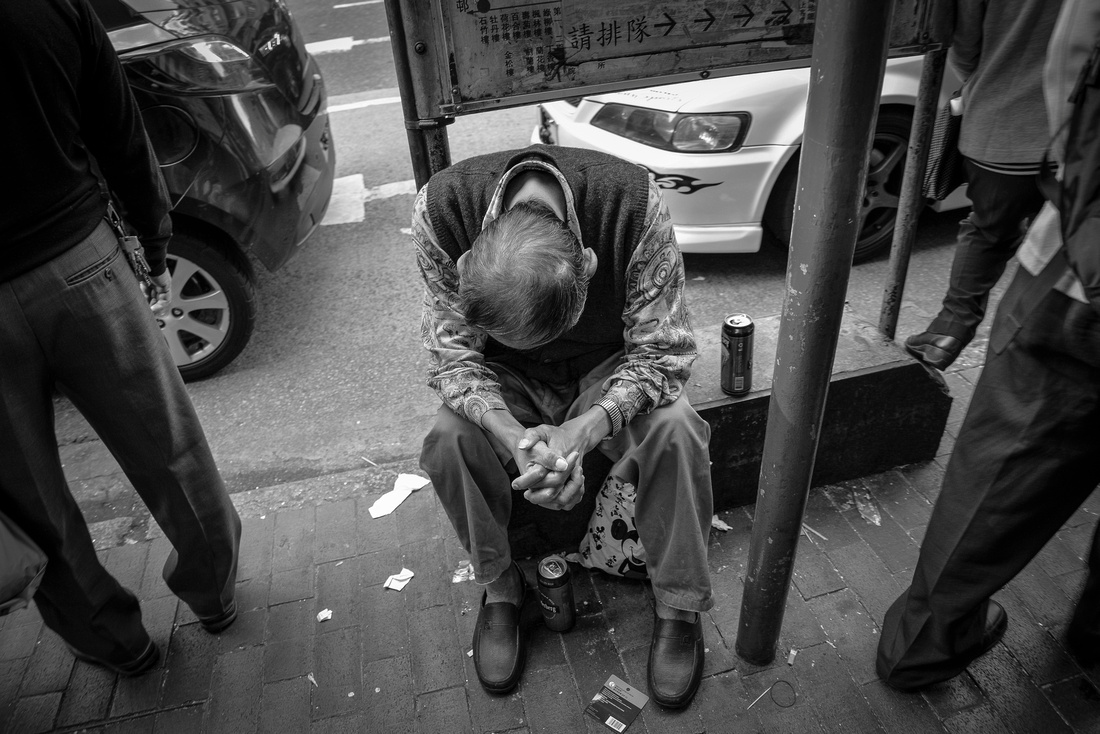

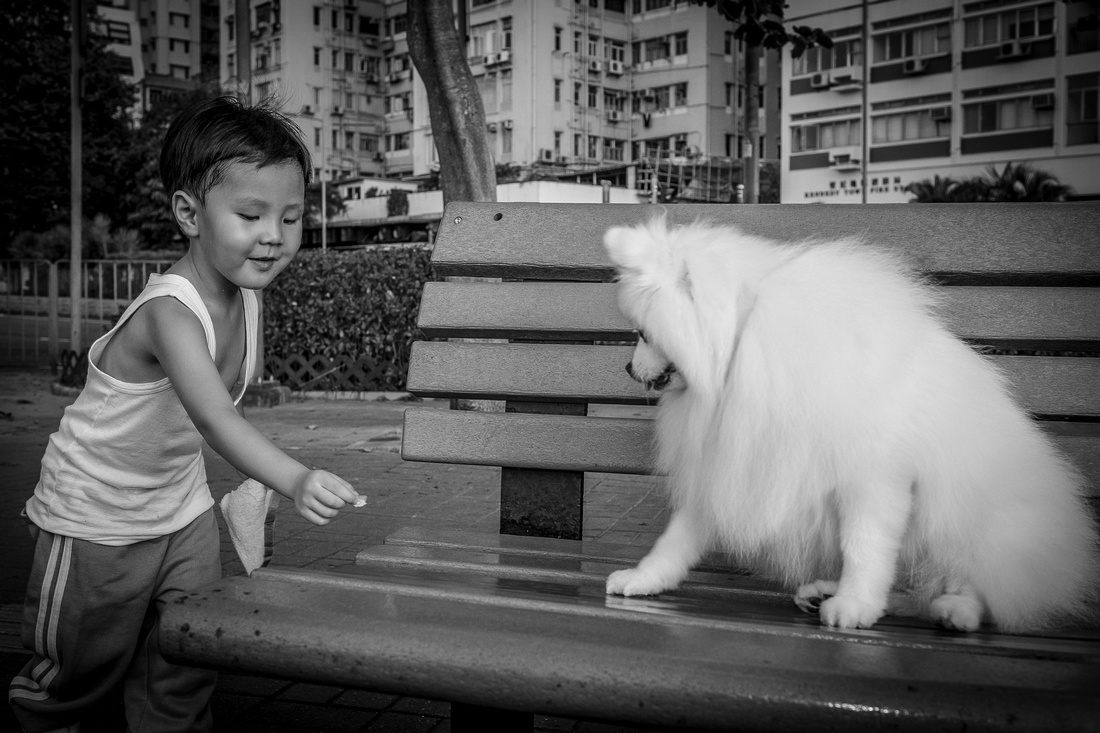

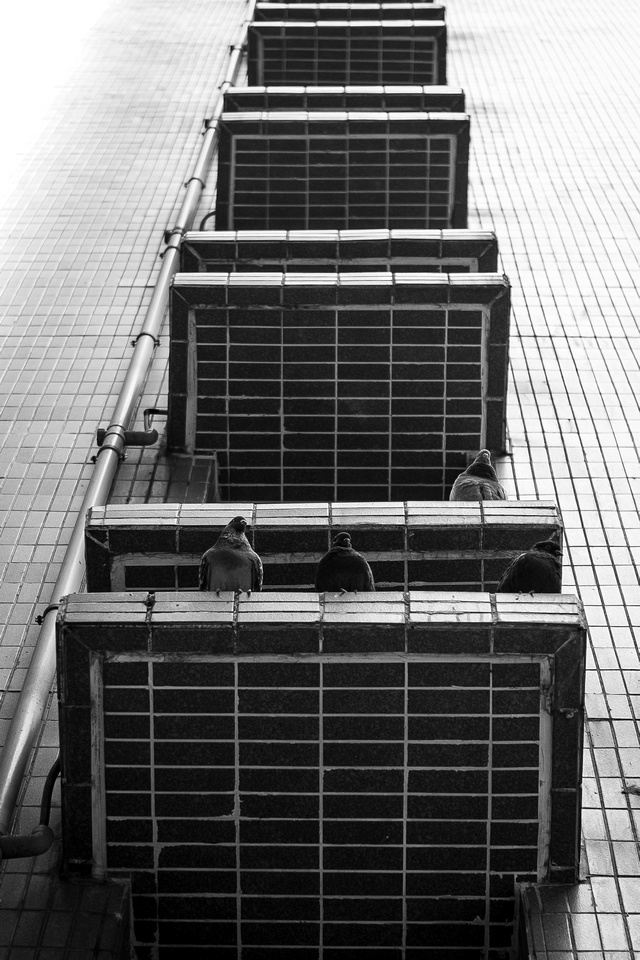

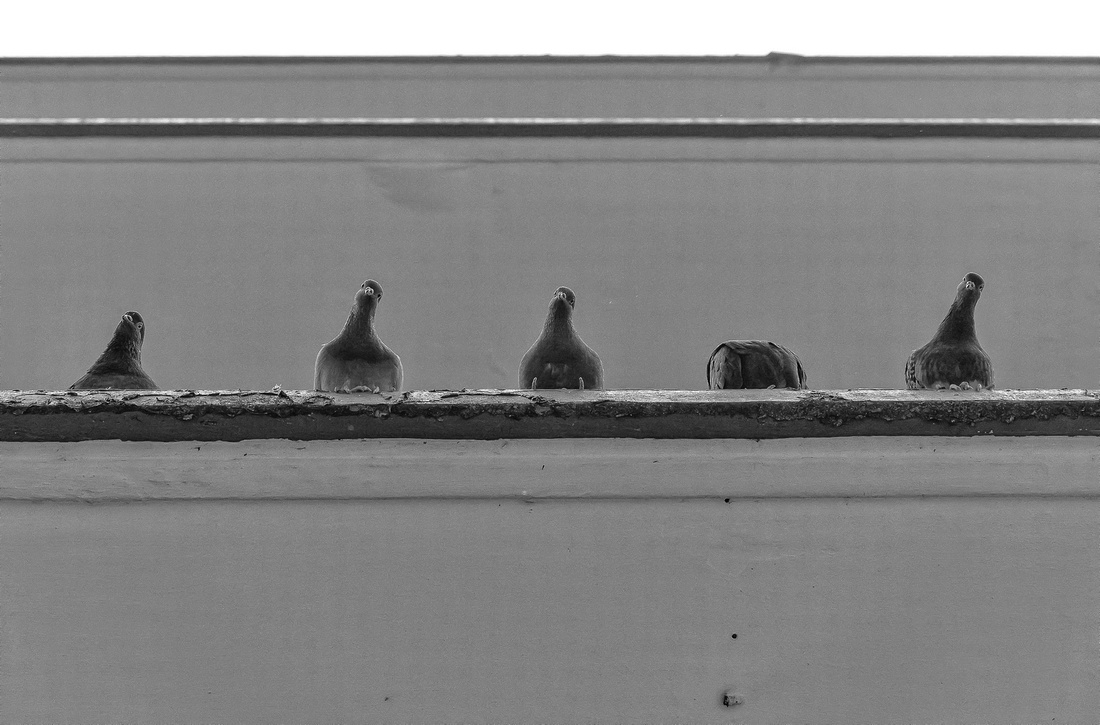

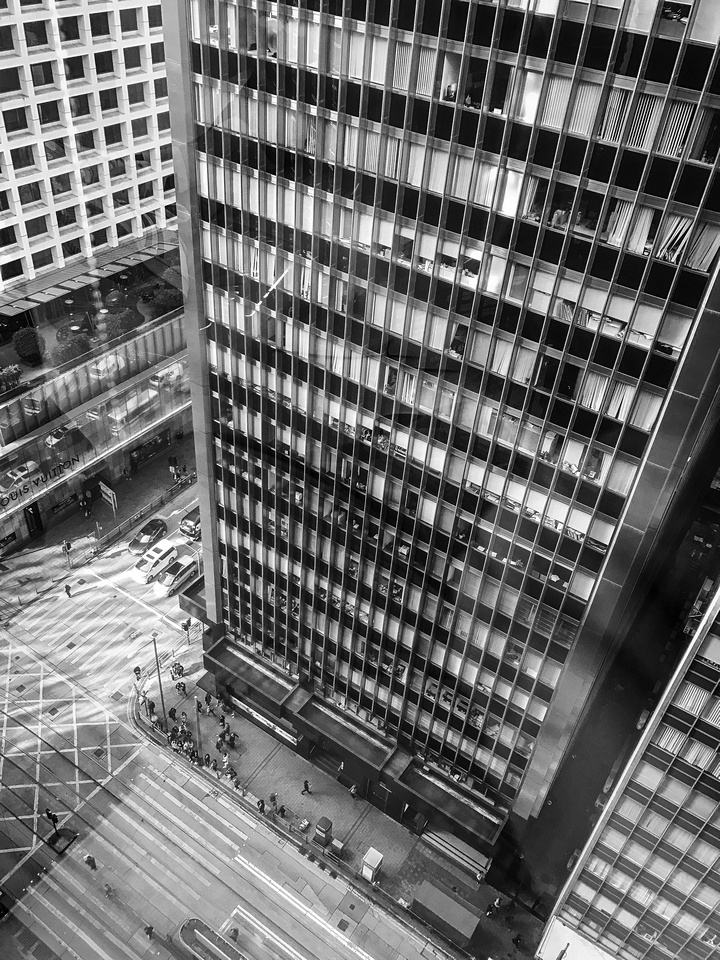

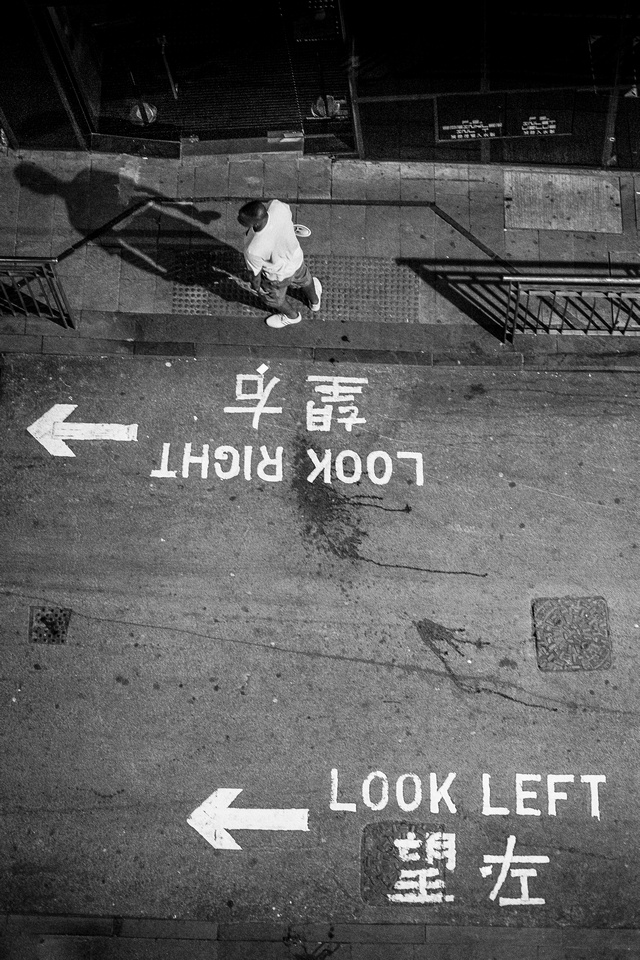

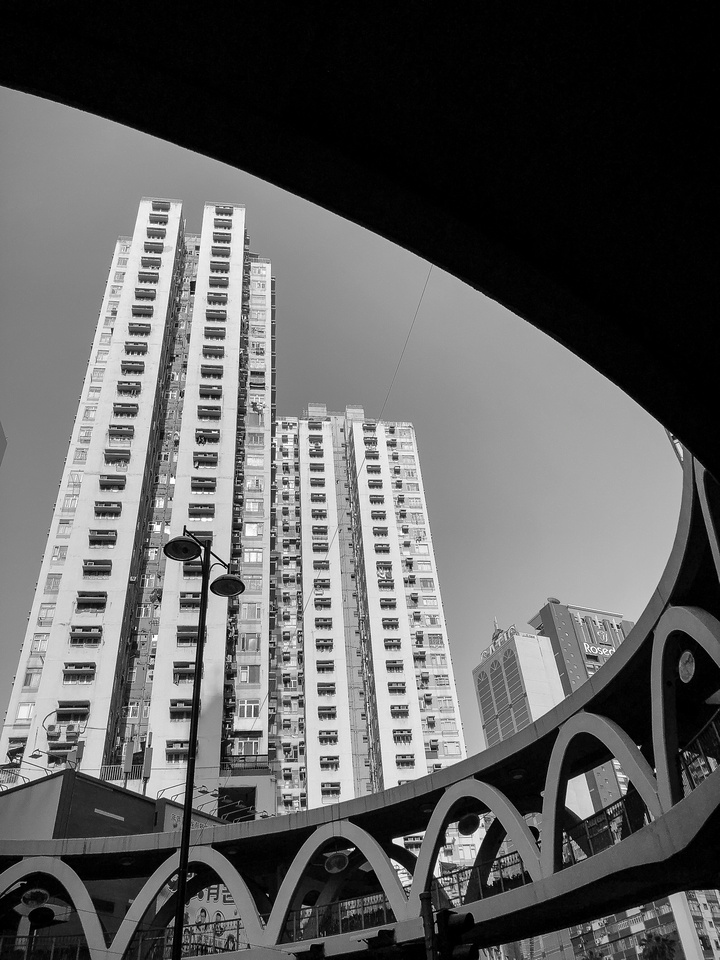



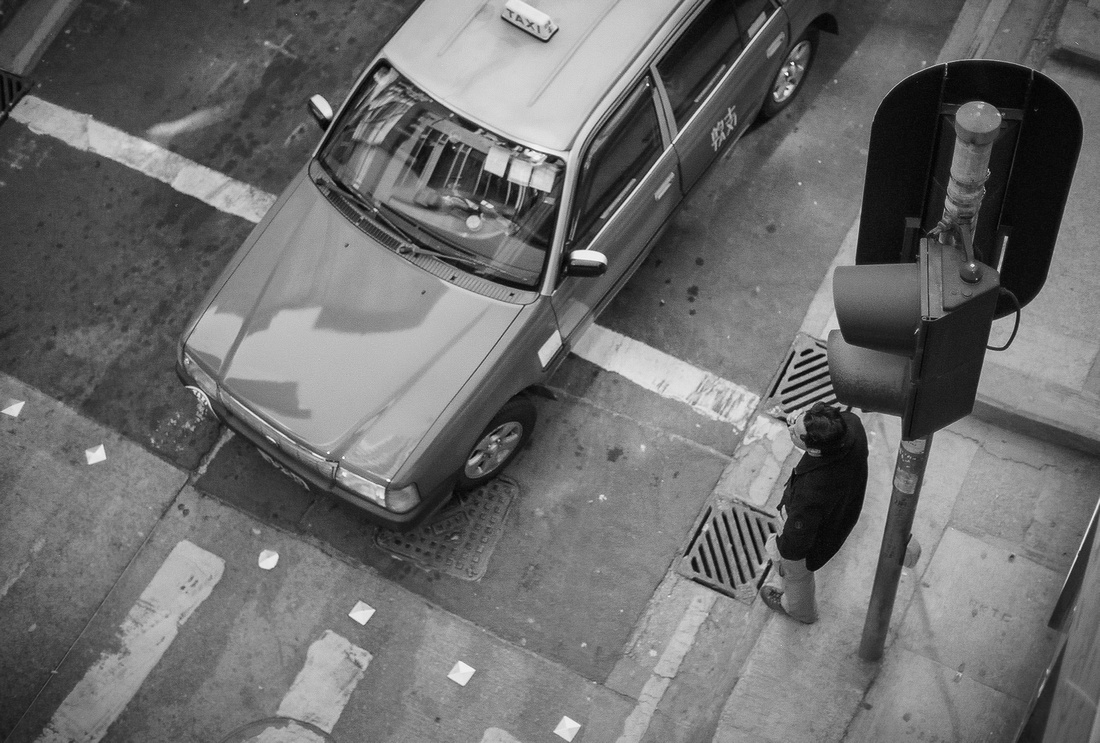

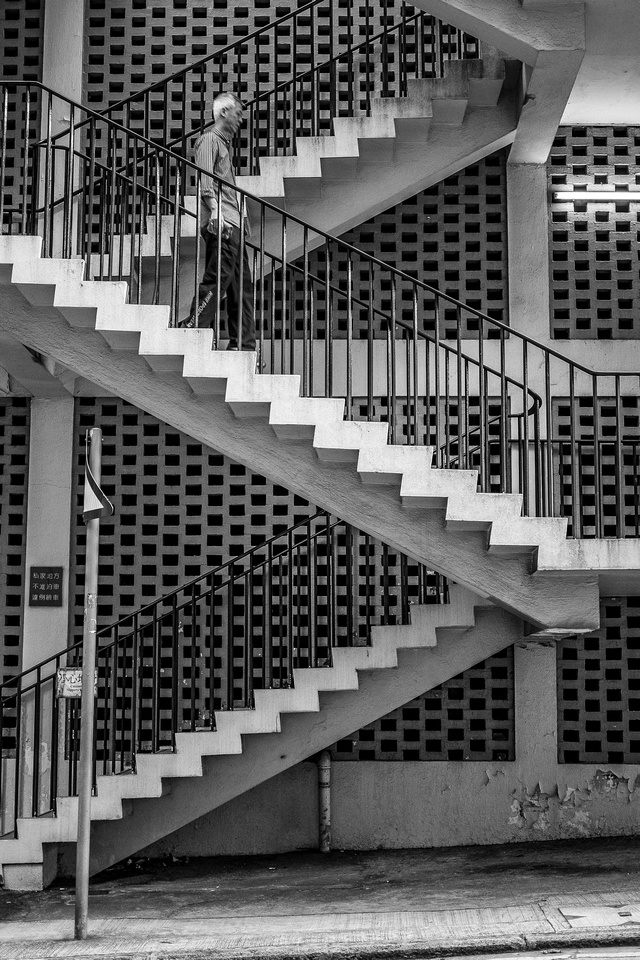

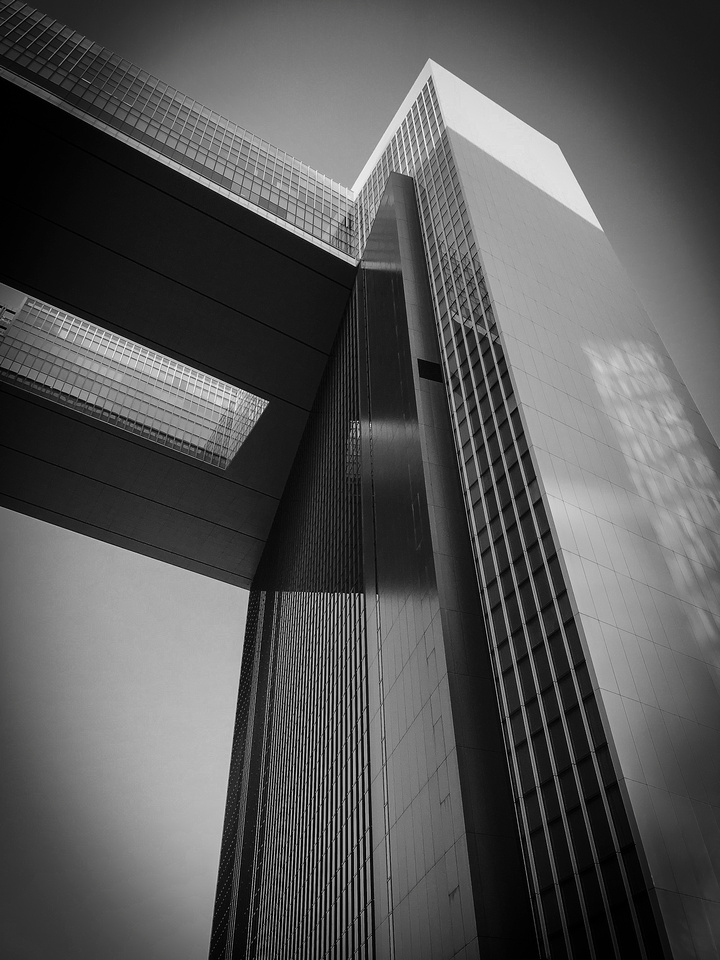

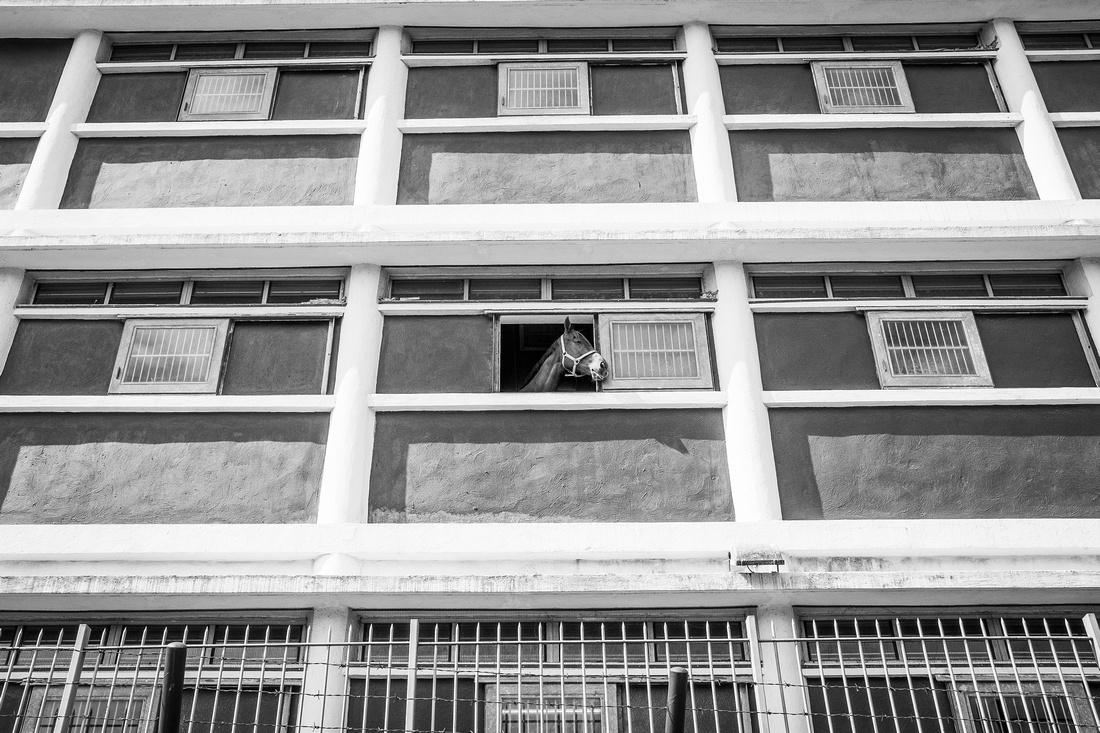

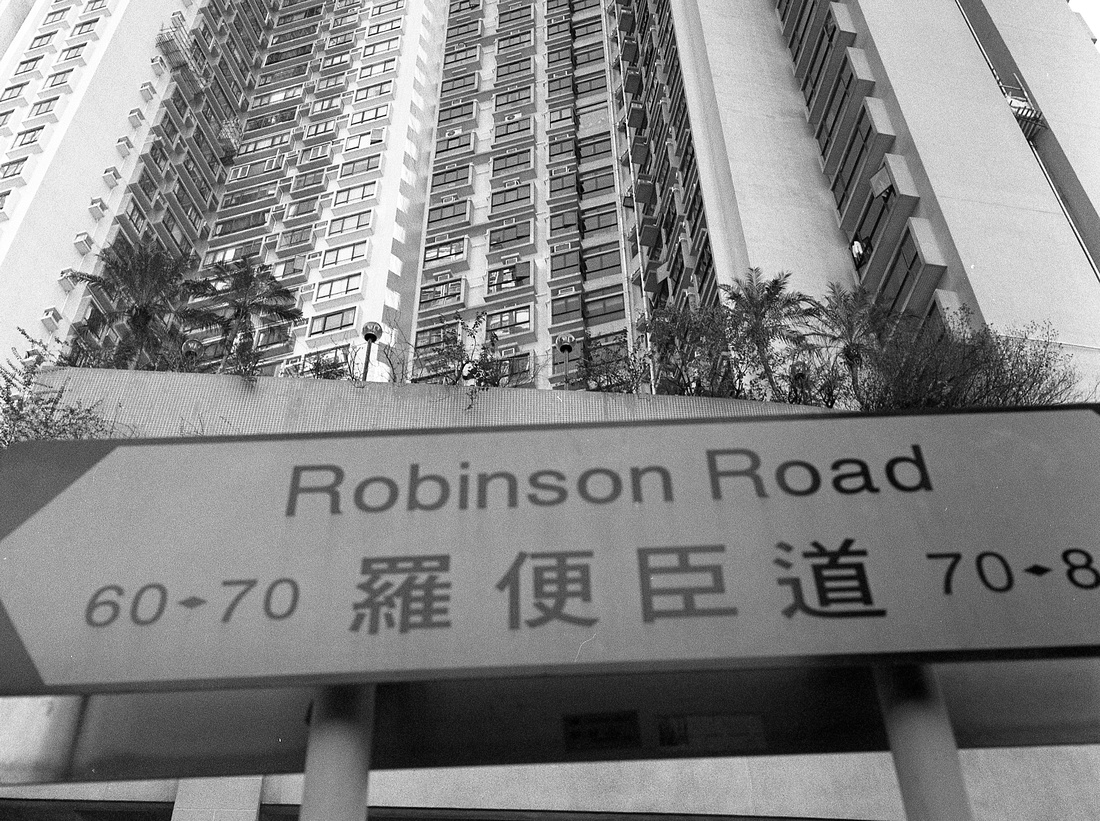

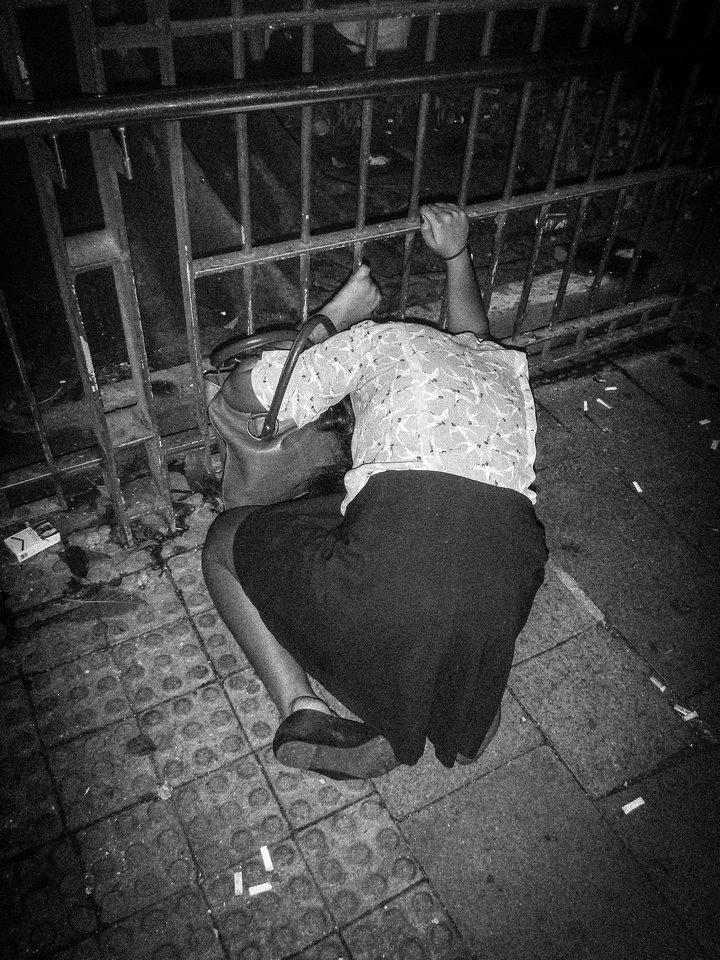



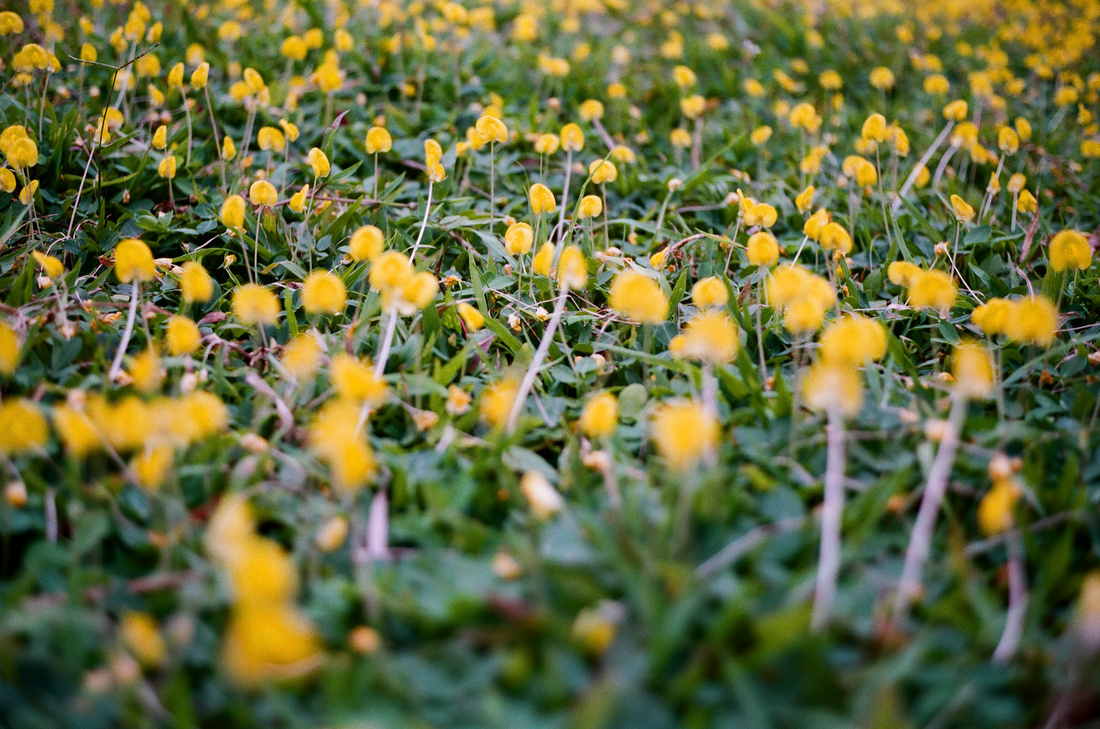

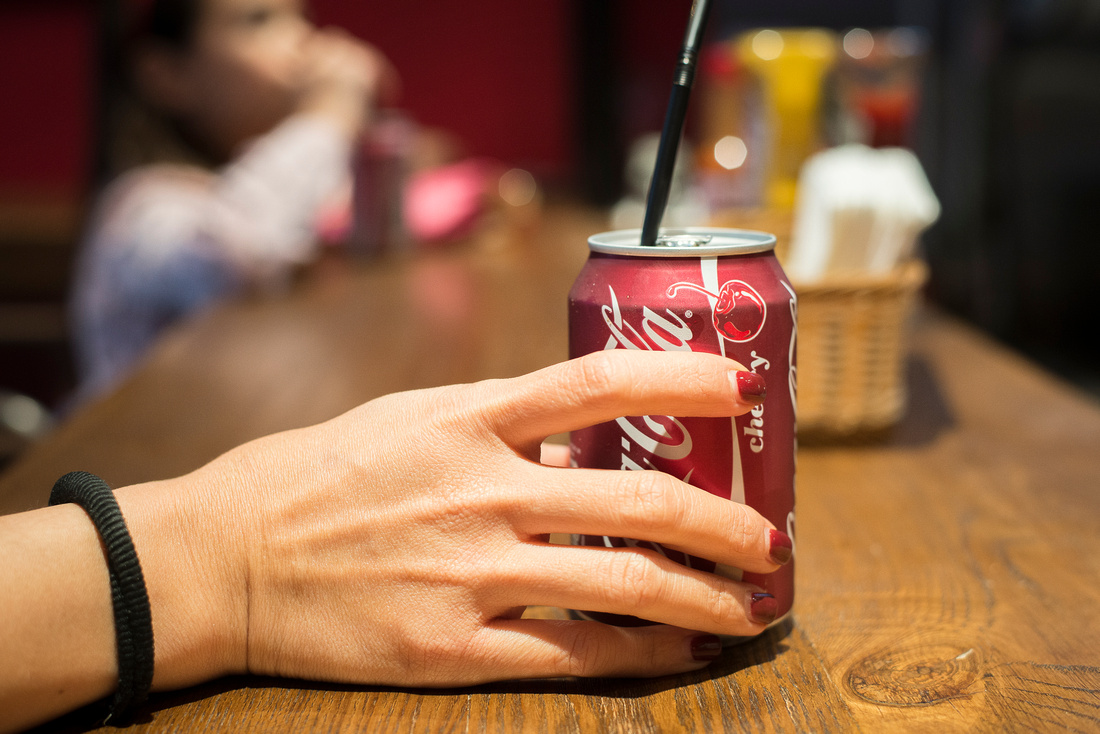



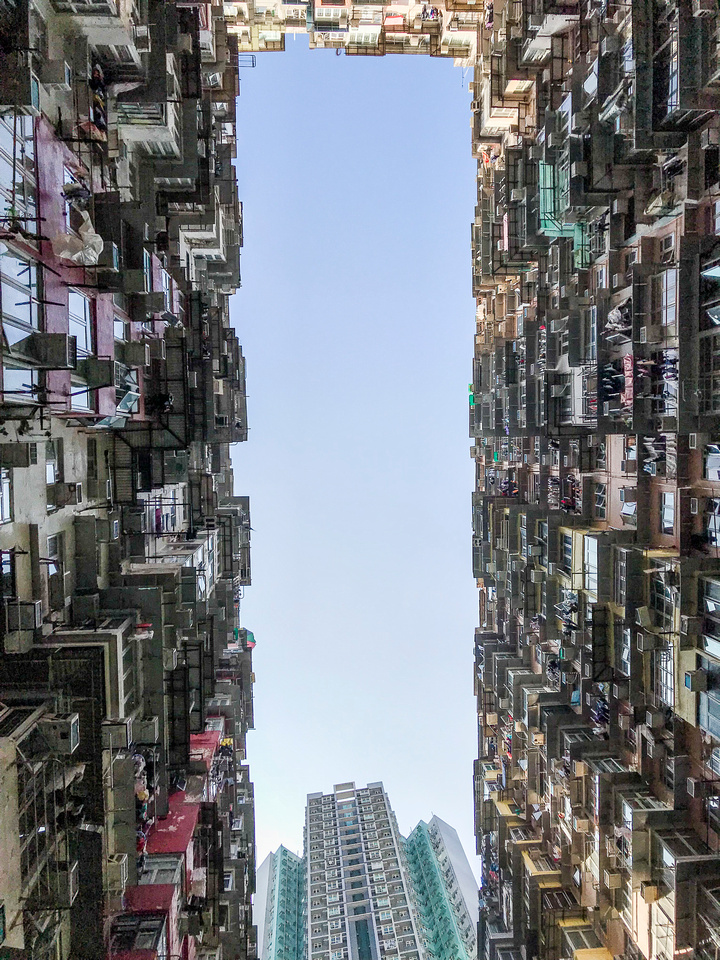



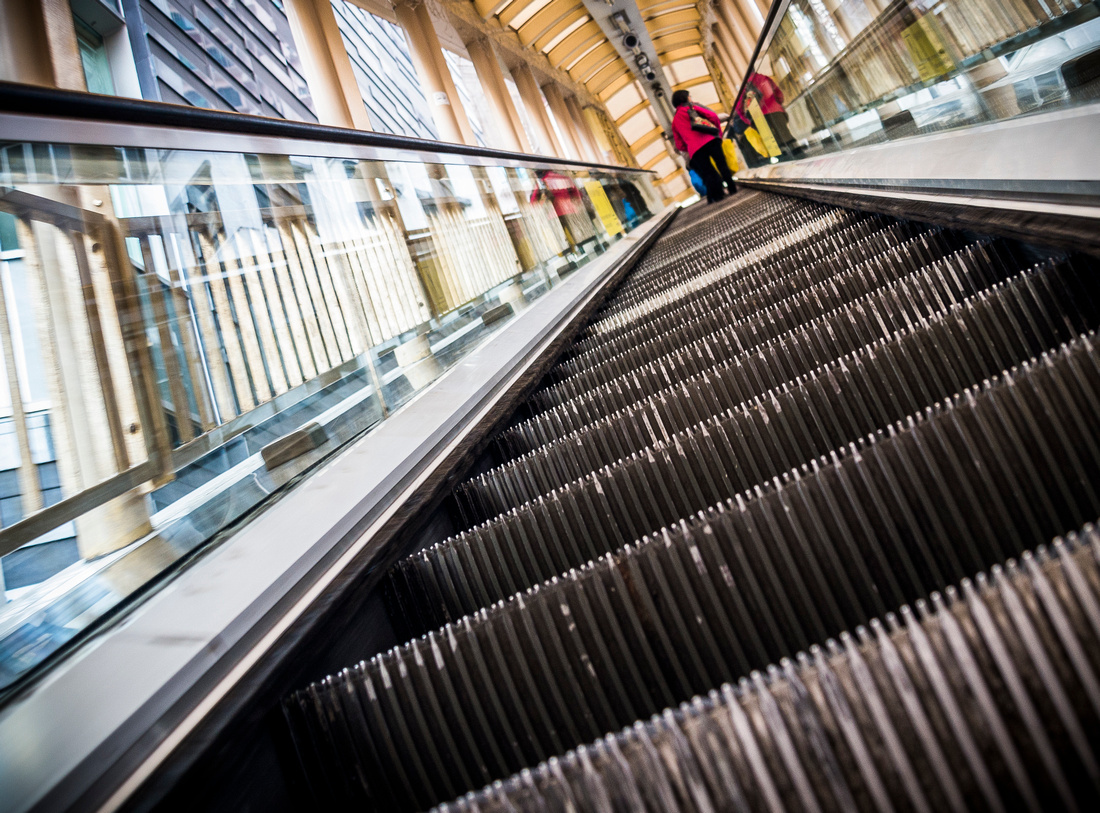

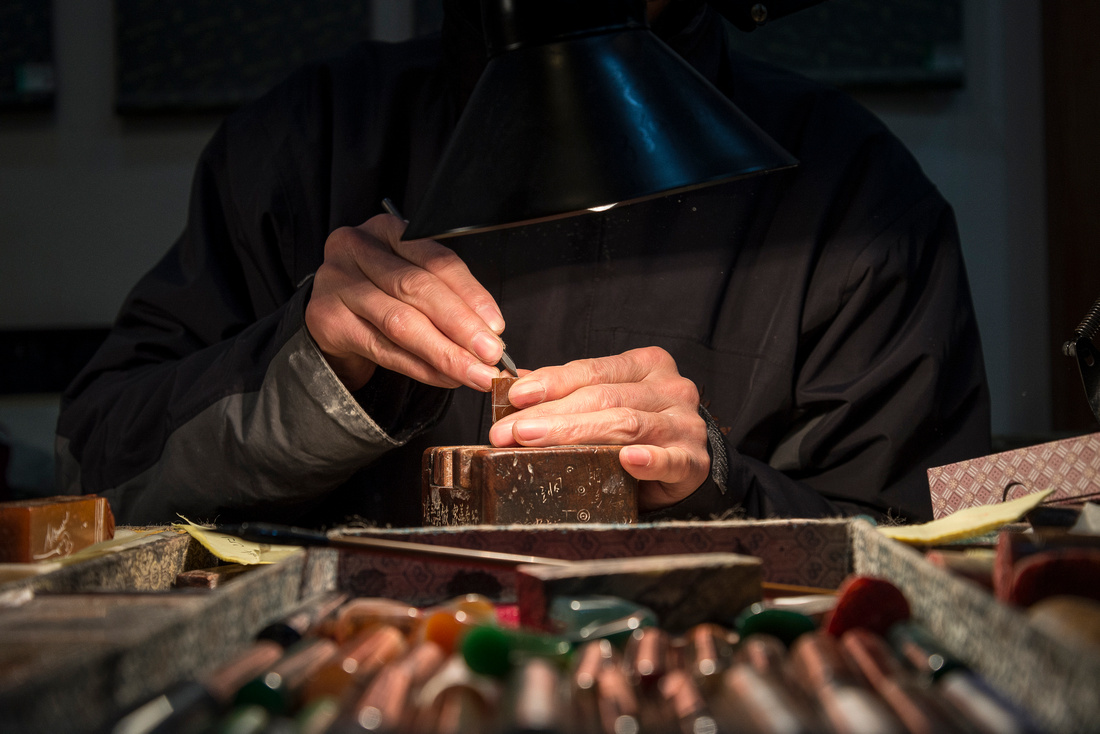

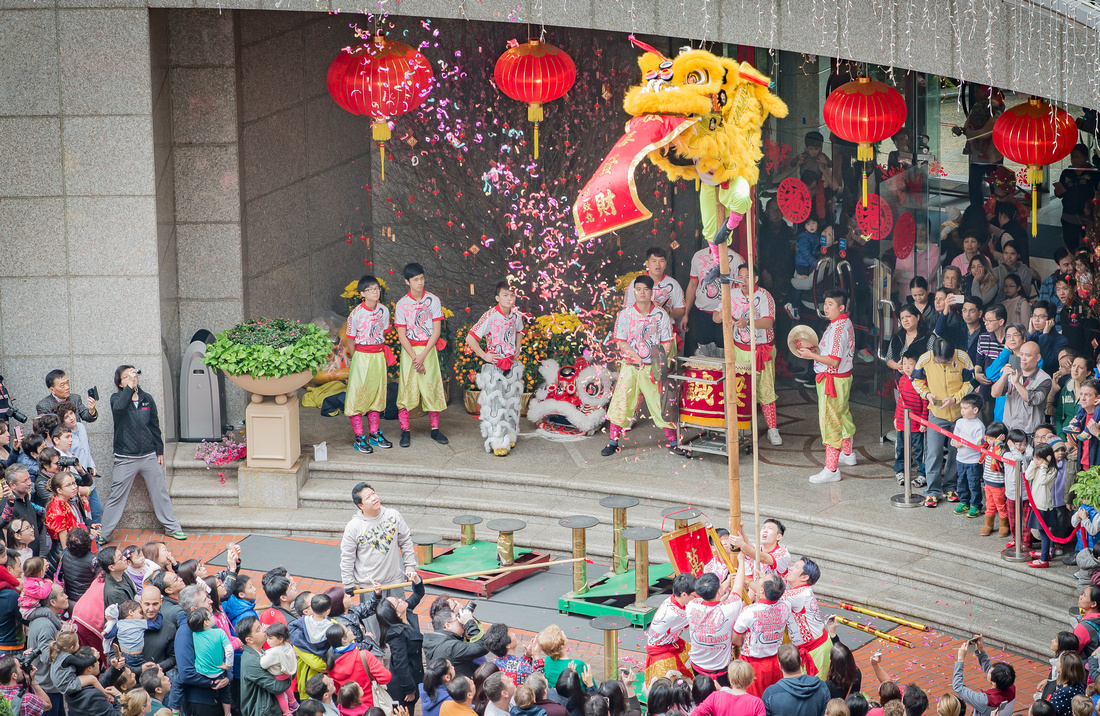

Casual Photophile Tip & Techniques No. 001 The Subject is the Subject
The Inspired Eye Photography Magazine Issue #40 (full interview)
Hong Kong Free Press: HKFP Lens
Blog #18 Criticizing Photographs or Beyond the “like”
Blog #25 Don’t Be Afraid of the Dark[room].
Blog #47 Composition, Composition, and More Composition
Blog #65 Summer is for Travel (Hanoi)
Blog #67 Risks, Rules, & Restrictions
Blog #68 Photography is a Gift
Blog #72 Living the Creative Life
Blog #90 Restrictions, Revisited
Blog #93 Photographic Technique
Blog #105 Signs, Signs, Everywhere a Sign
Blog #110 Bikes [Series]
Blog #110 Bikes [Series]
In this week’s blog, I will share another series that I’ve been working on. I must admit my admiration for the bicycle as a practical means of transportation, great exercise, and a pretty cool machine that is flat out fun. The bicycle has been around for more than one hundred years and seems to be gaining popularity in cities in Europe and the US. Hong Kong has jumped on the band wagon and has a public ride sharing service recently.
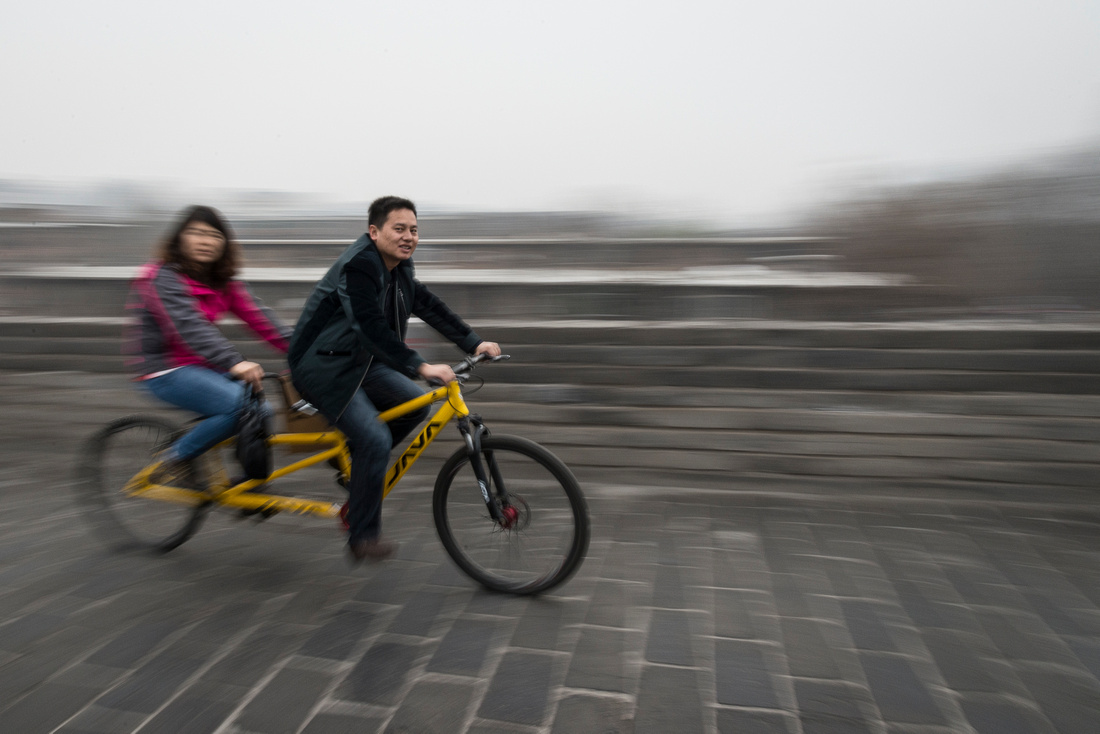

In developing Asian countries, bicycles are used widely due to their relatively inexpensive cost and reliability. The images here are a few of the bike pictures from my series that spans many years and many cities and countries (see below).
Additionally, I want to mention that LensWork online is a great resource for new or experienced photographers. The podcasts are particularly thought-provoking and cover a wide range of topics pertaining to photography and the creative process. They do a Seeing in Sixes project that results in a published book. It’s really difficult to pick only six images from a series but a terrific practice in editing forcefully.
I made a submission (Due: 15 June 2018) including some from this series.
Always remember to keep the rubber side down.
The light is always right.
jhg
*Images: © Jeremy H. Greenberg
Where: Hong Kong, Rome, Xi’an, Angkor Wat, Provincetown, Osaka, Nagoya, Manila, Hanoi
Subject: Images from Bicycle Series
Gear: Various Mirrorless Fujifilm X-Series, 35mm Film Cameras, and iPhone
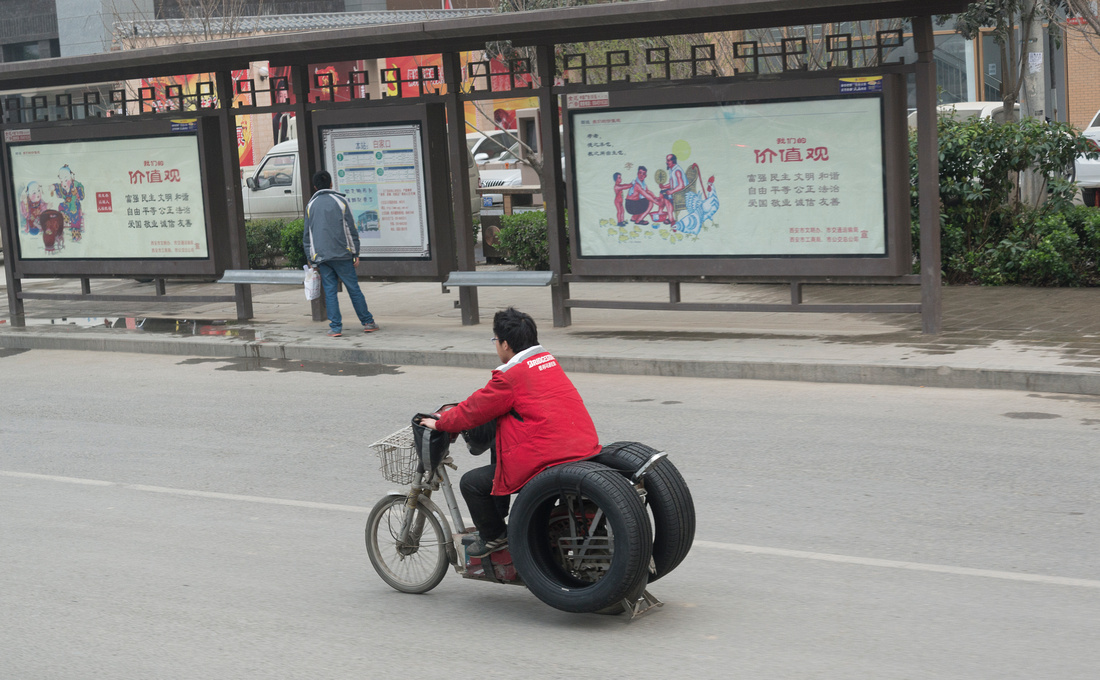

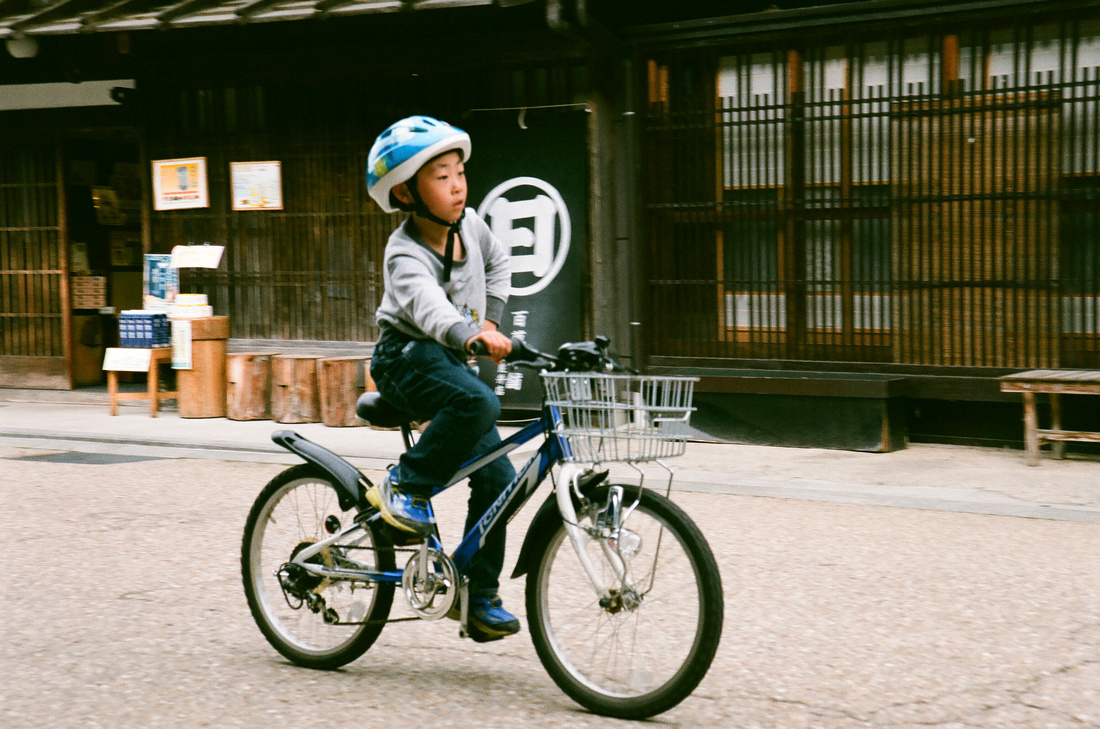

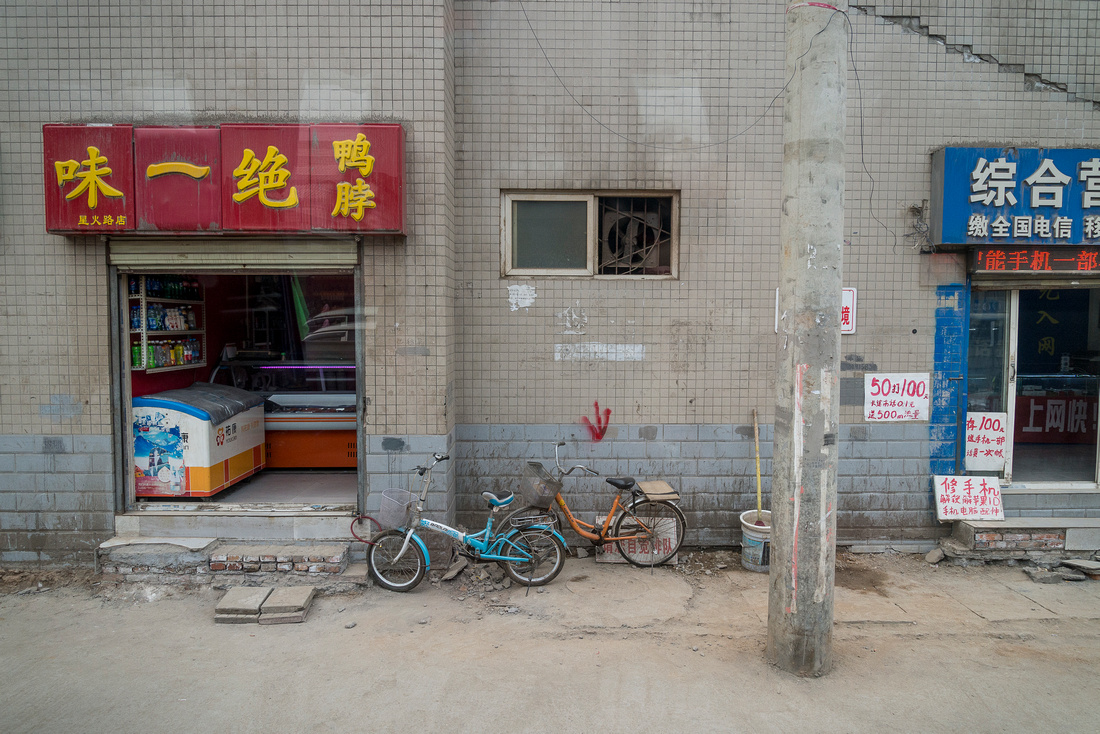



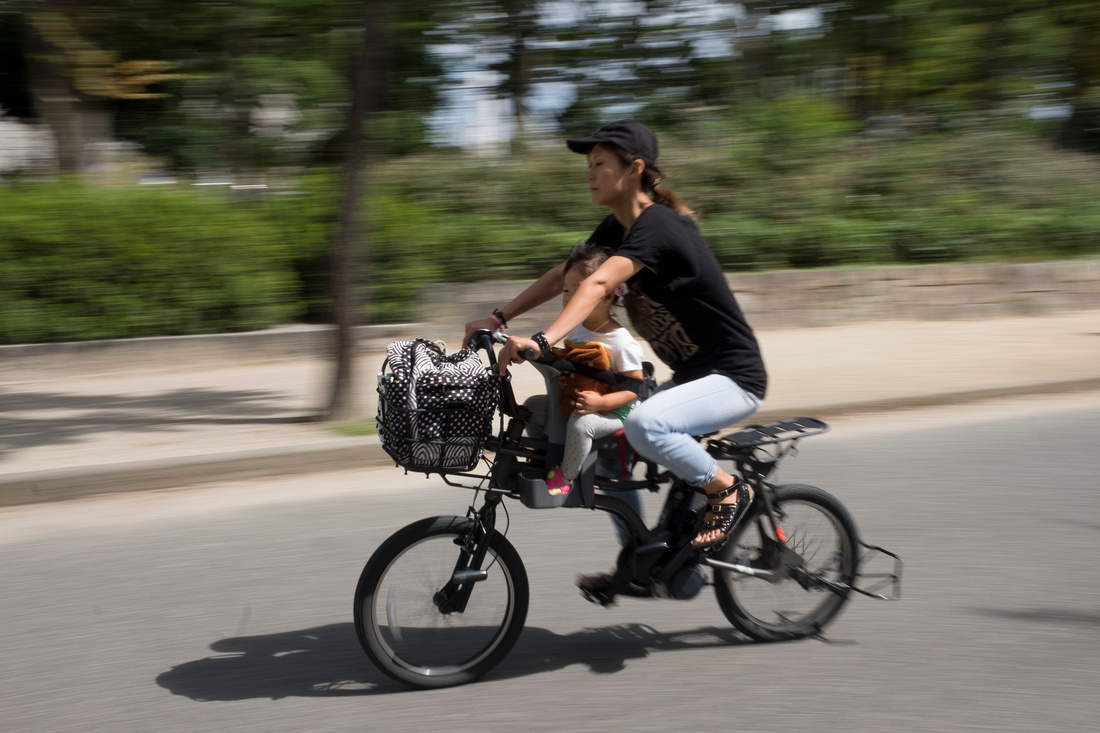

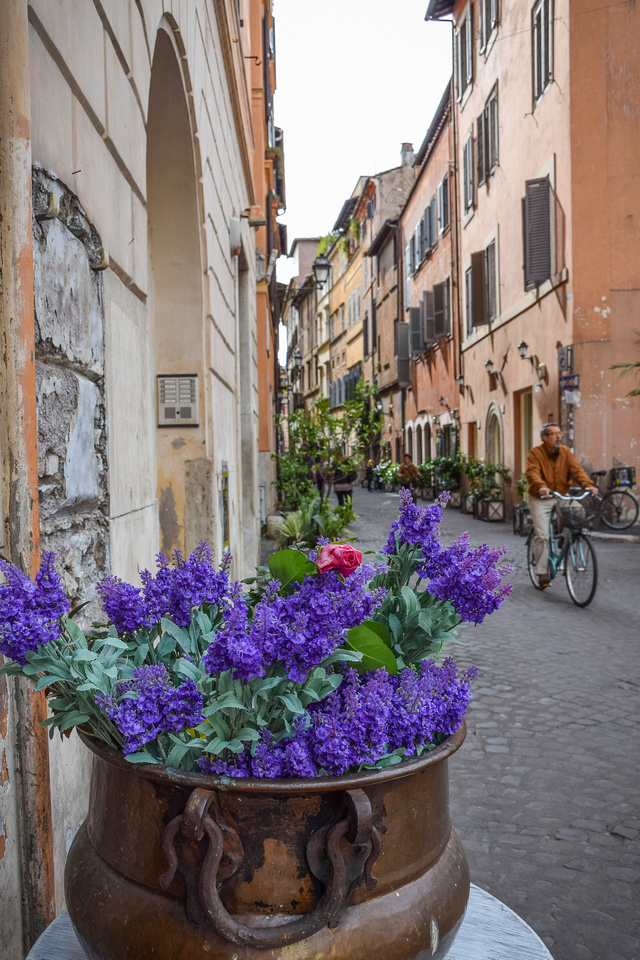

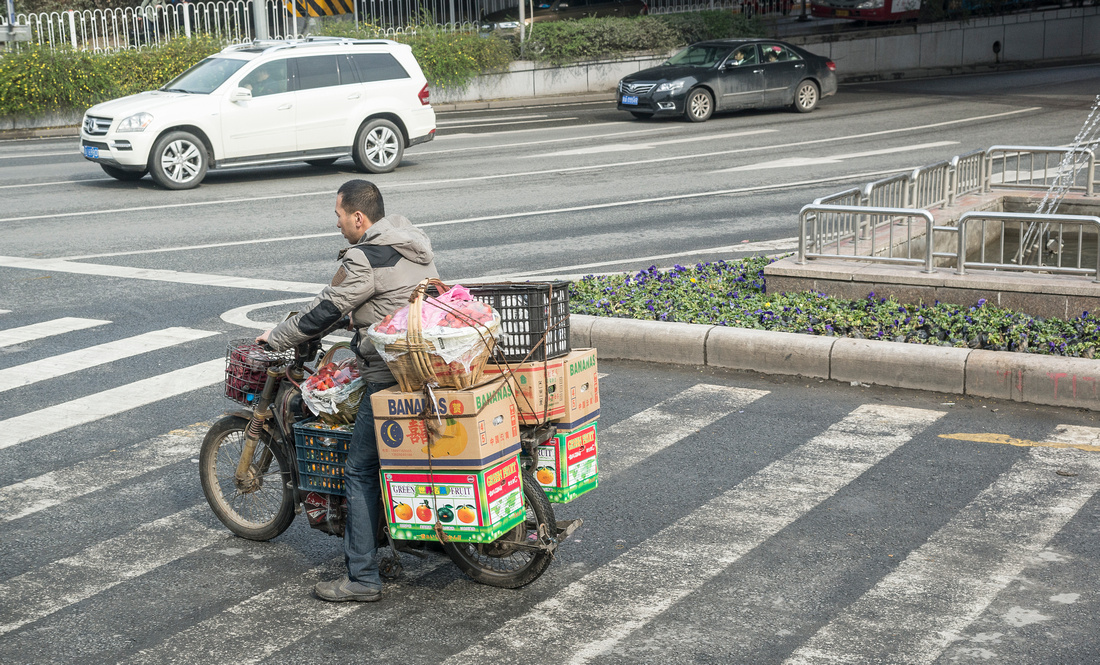

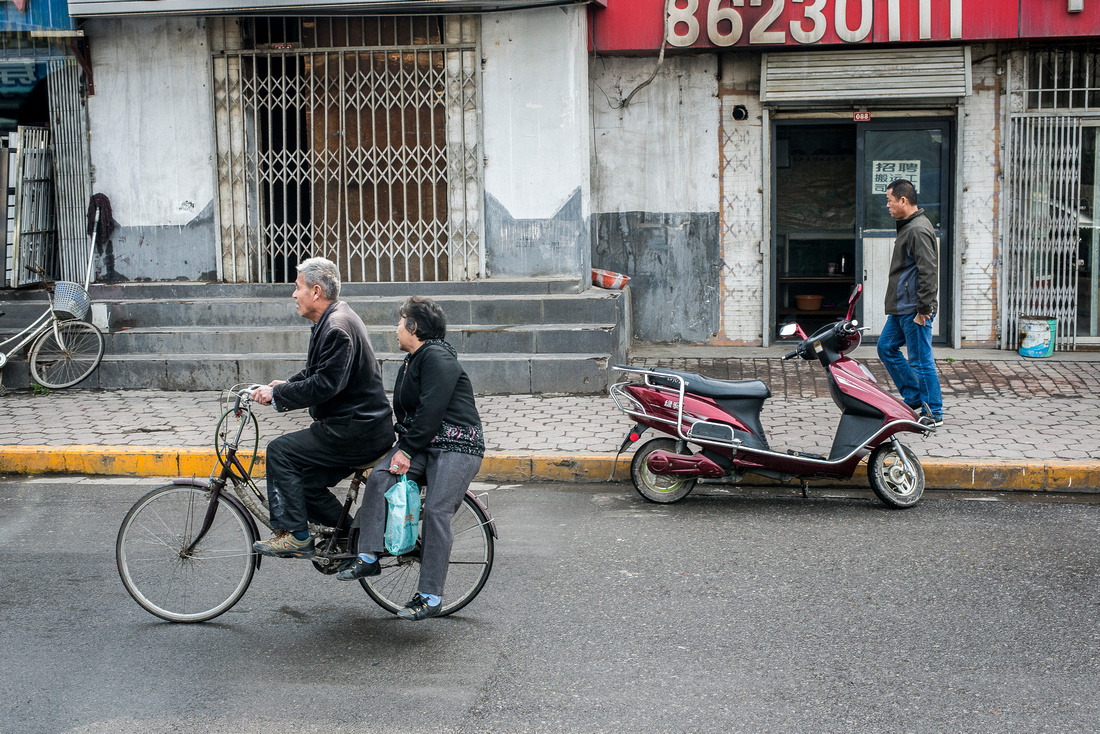

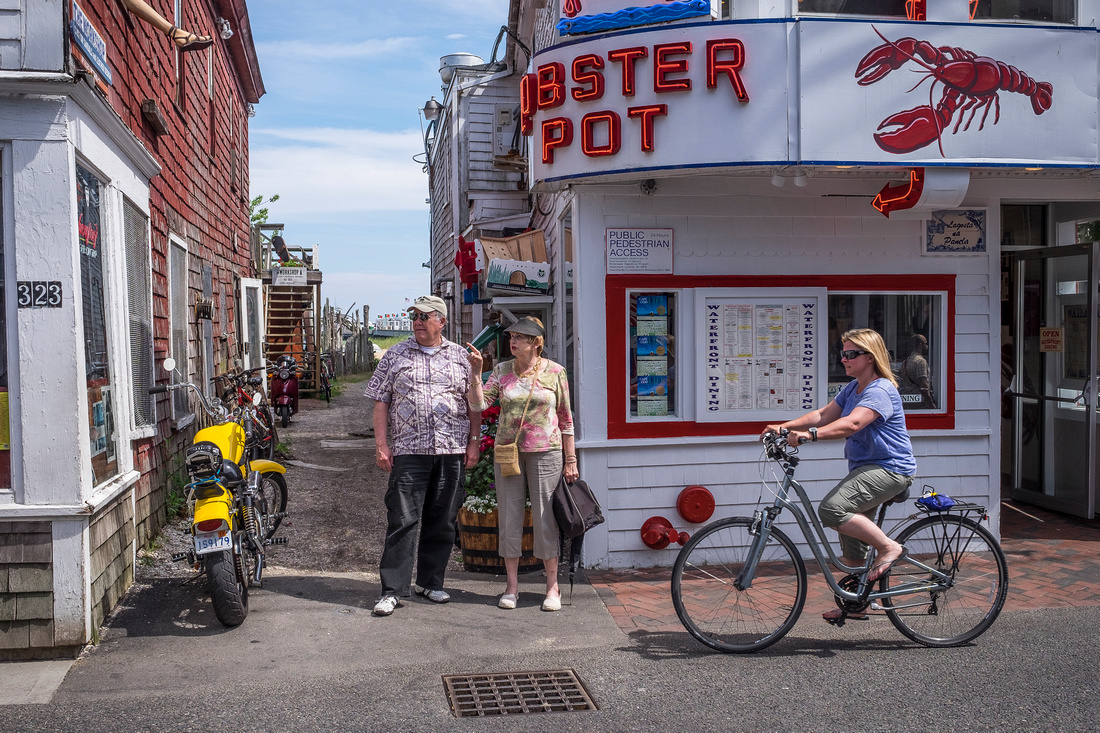



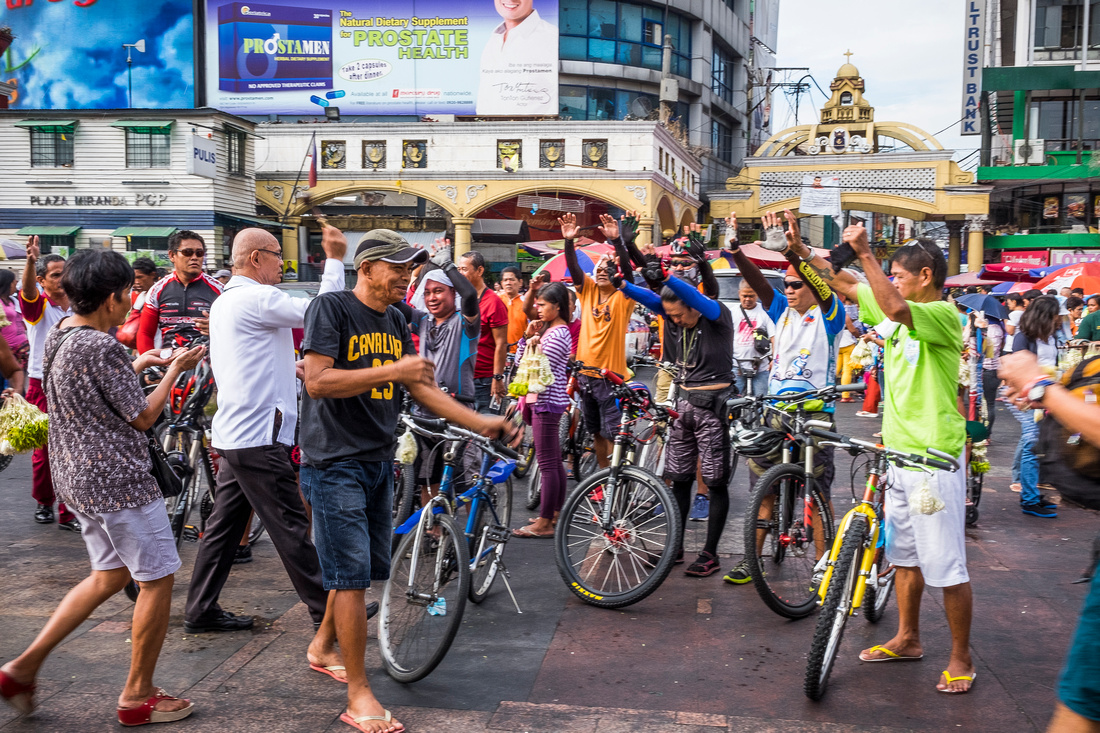

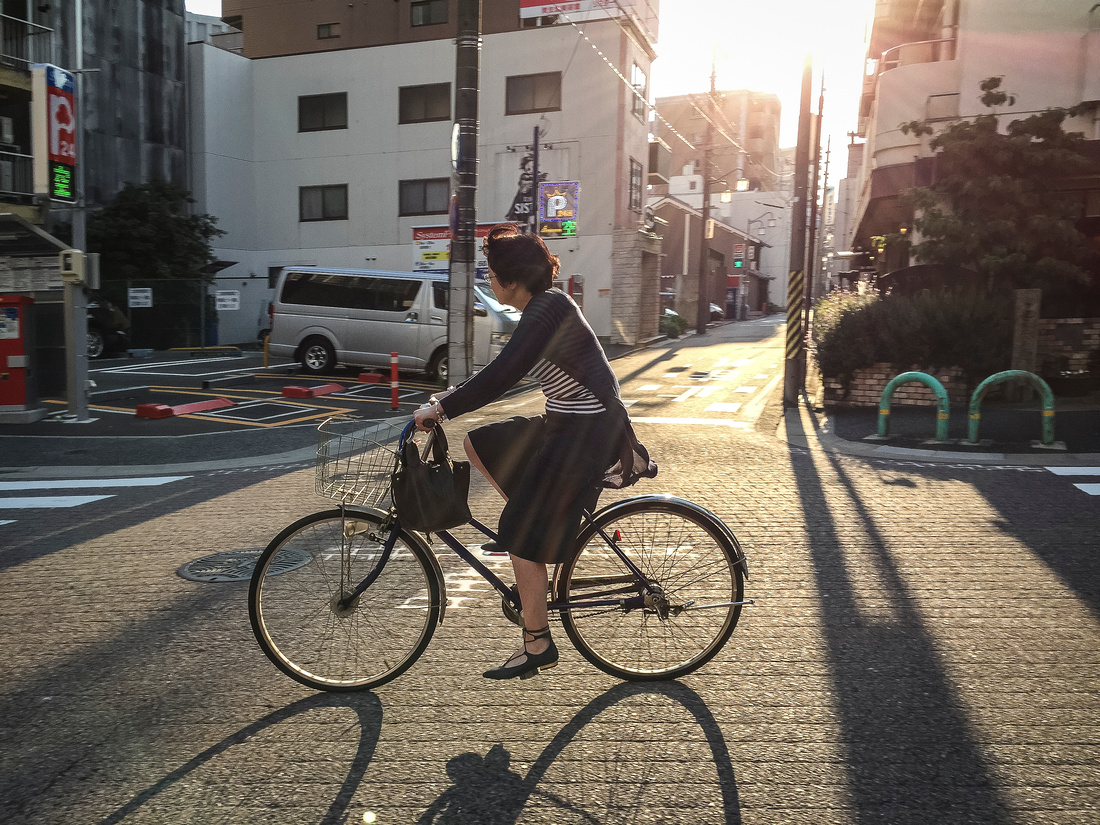

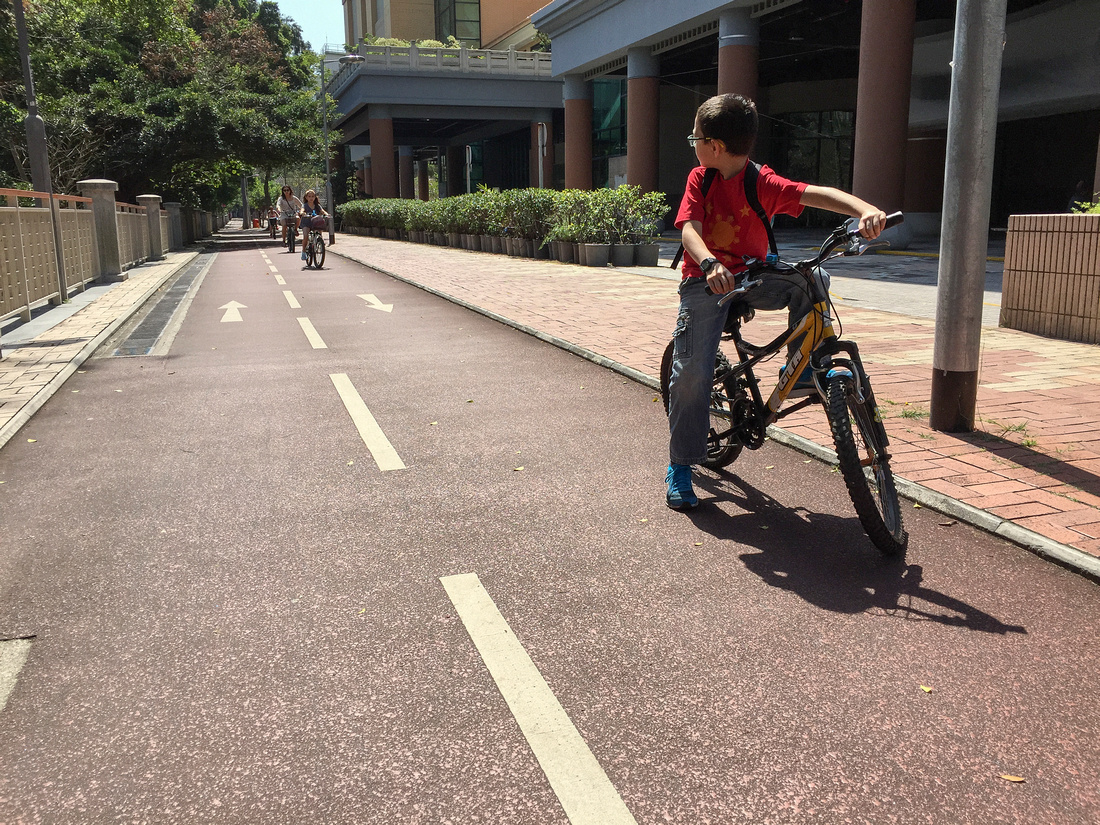

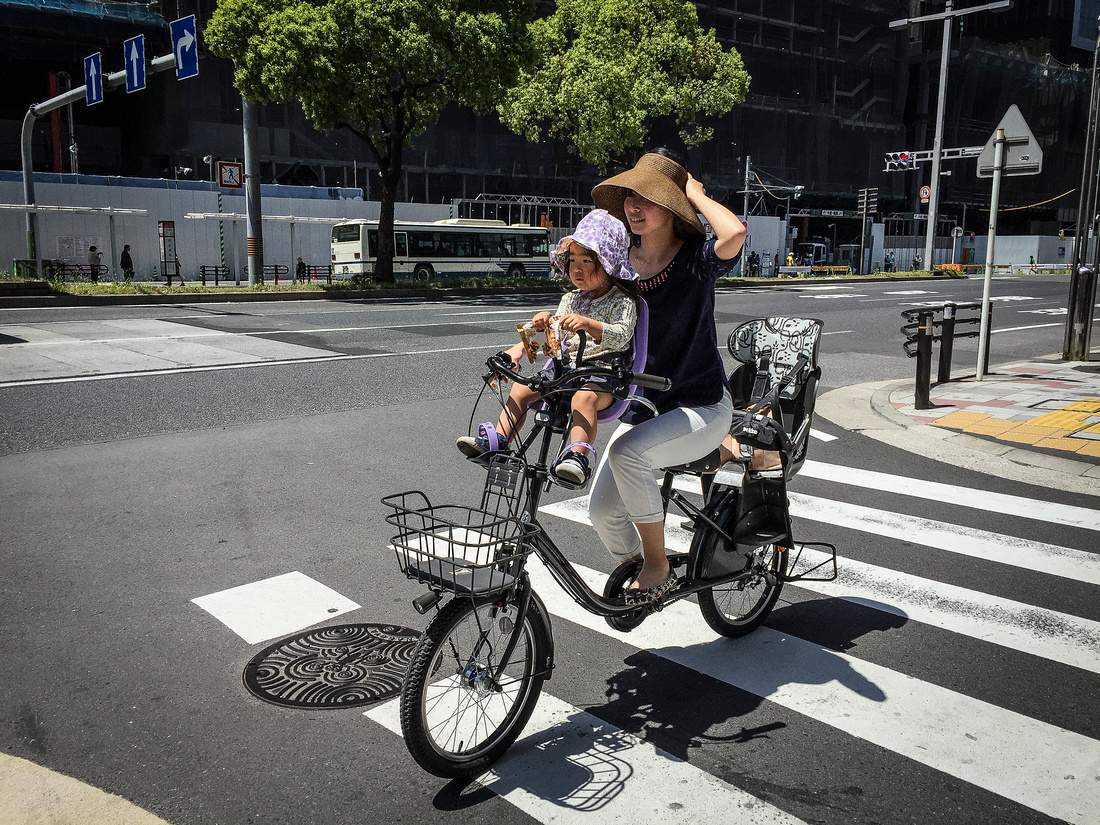

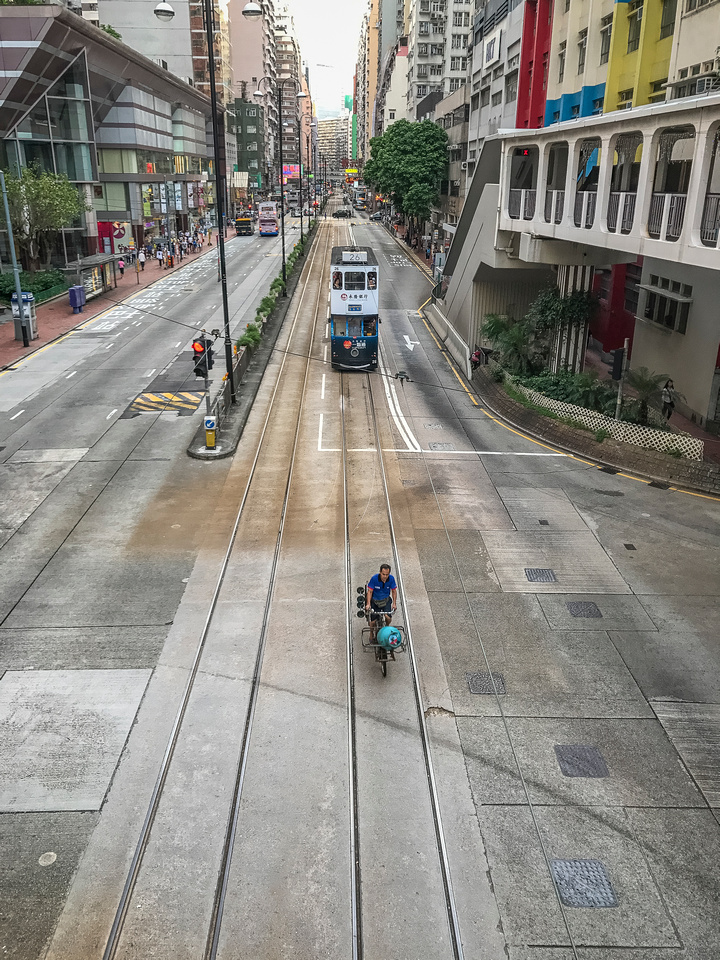

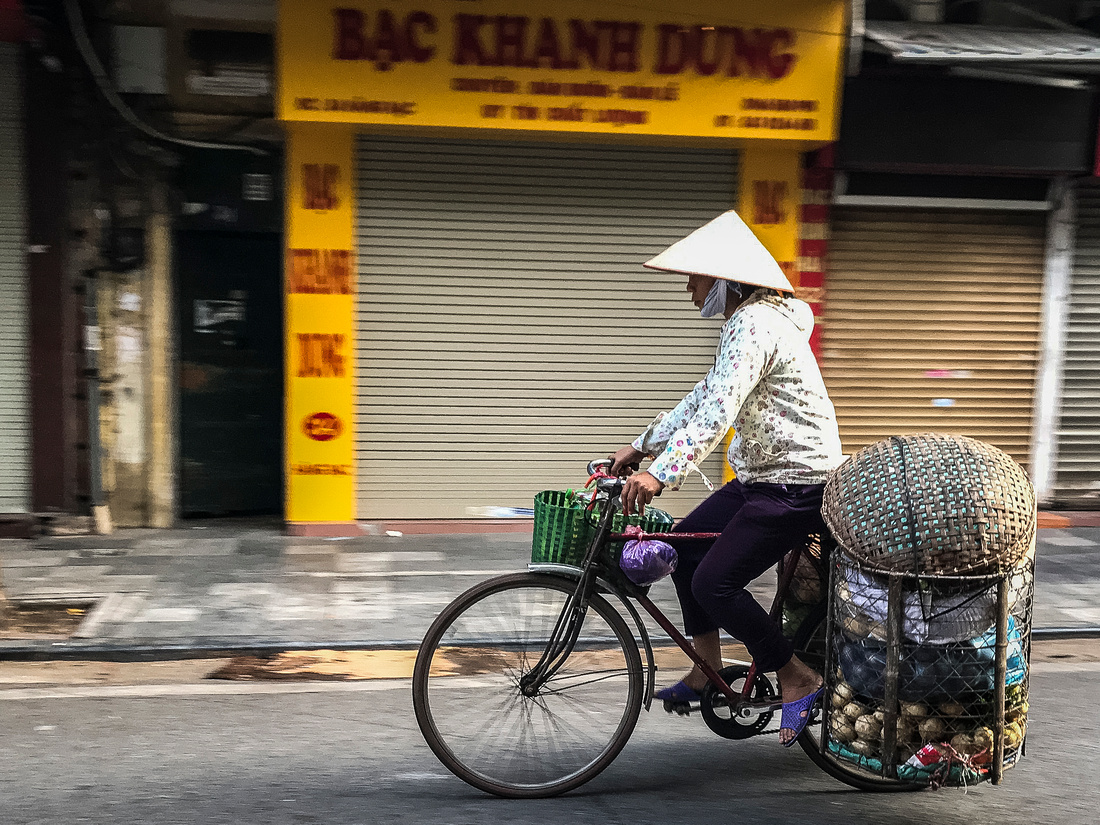

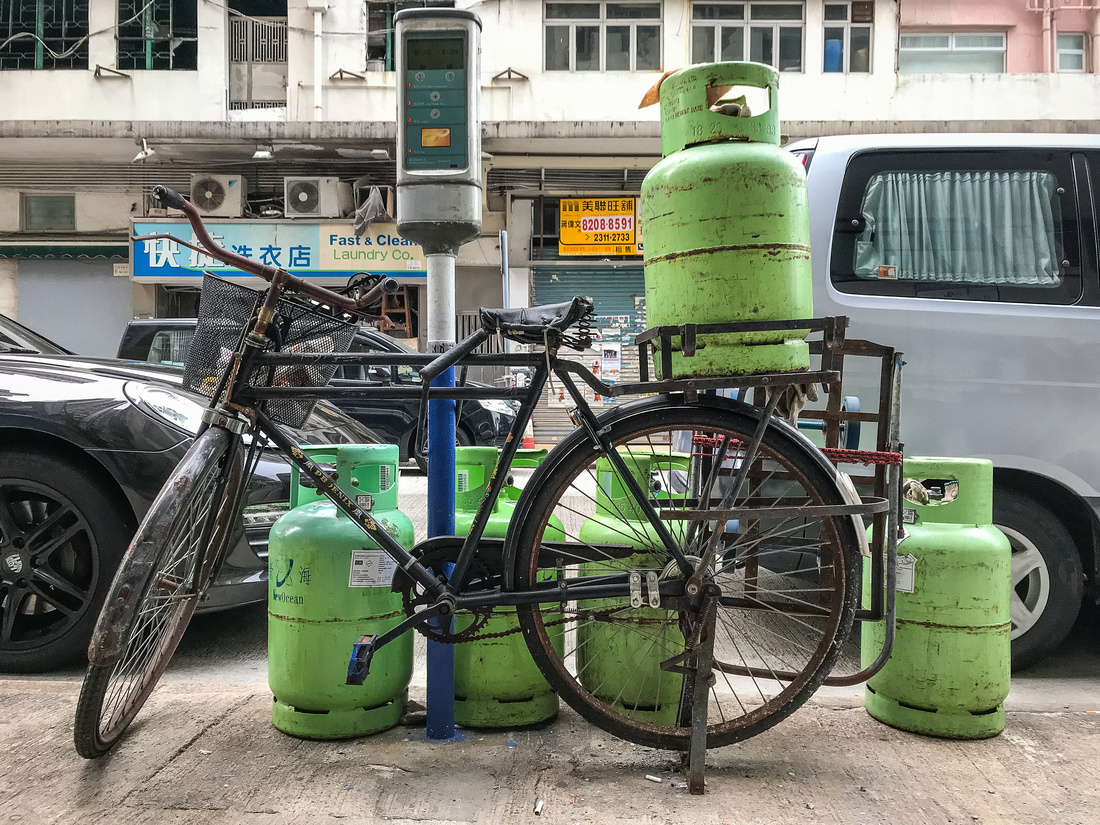

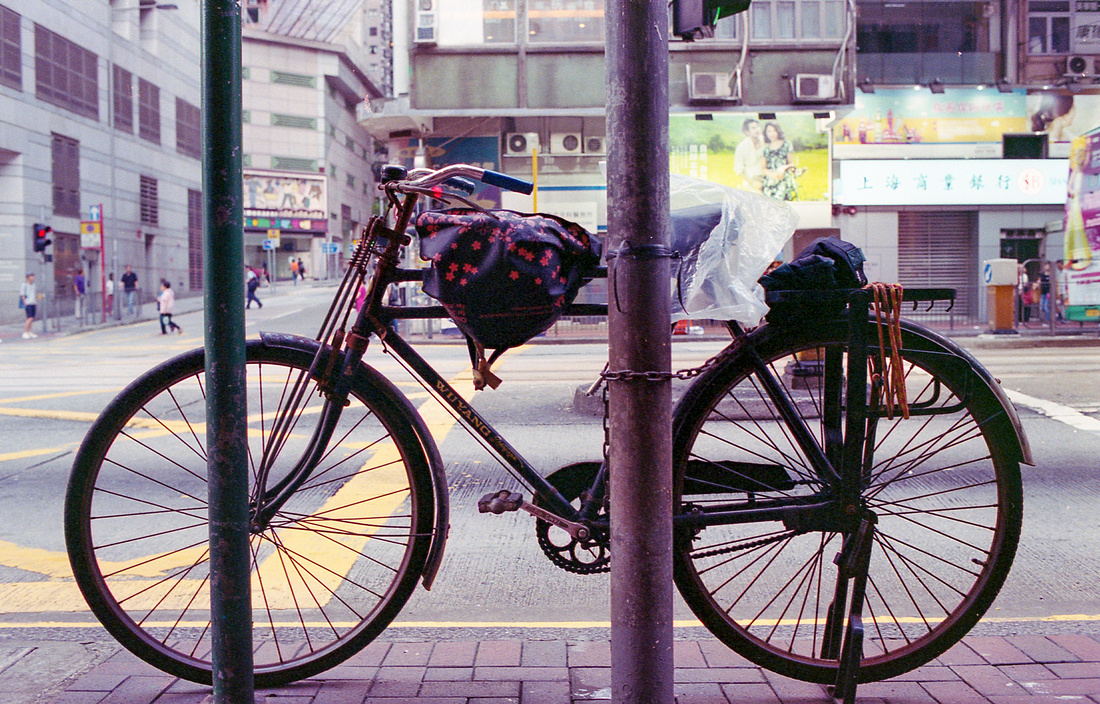



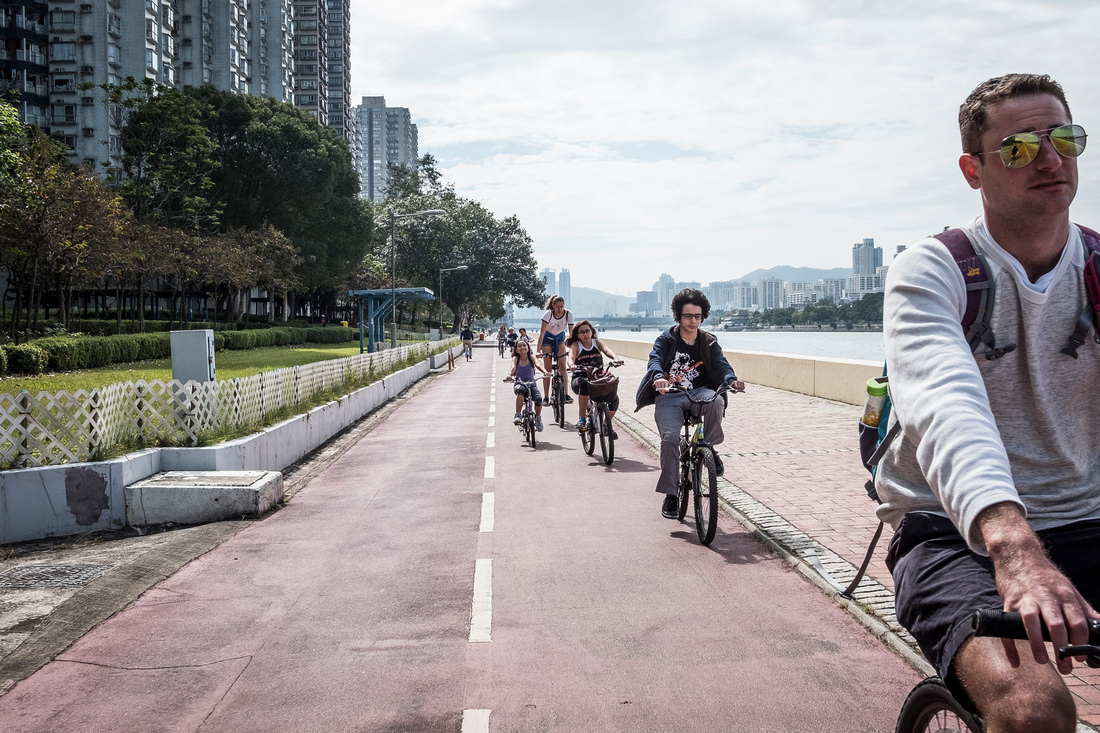

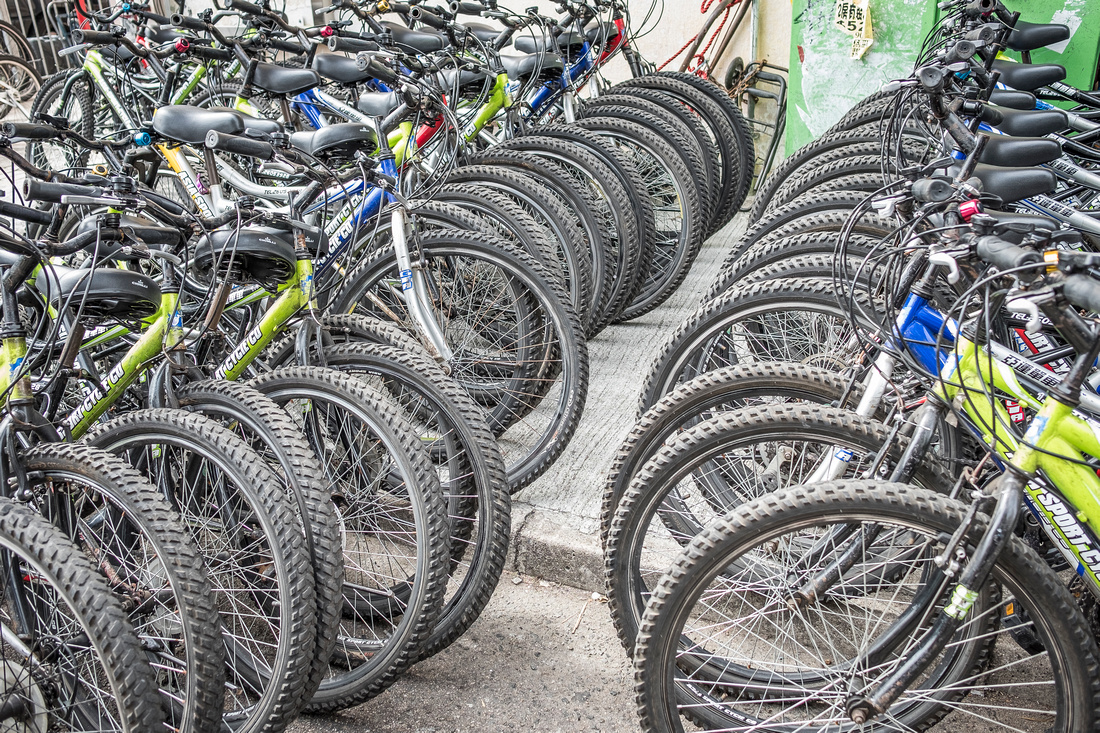

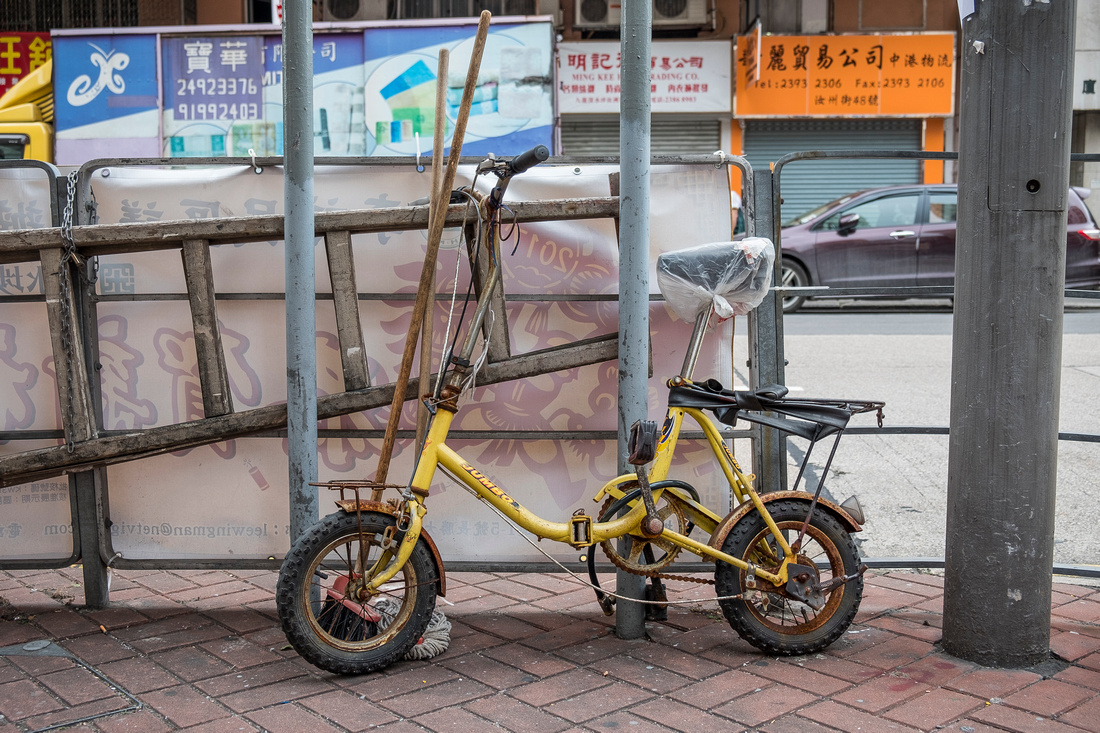

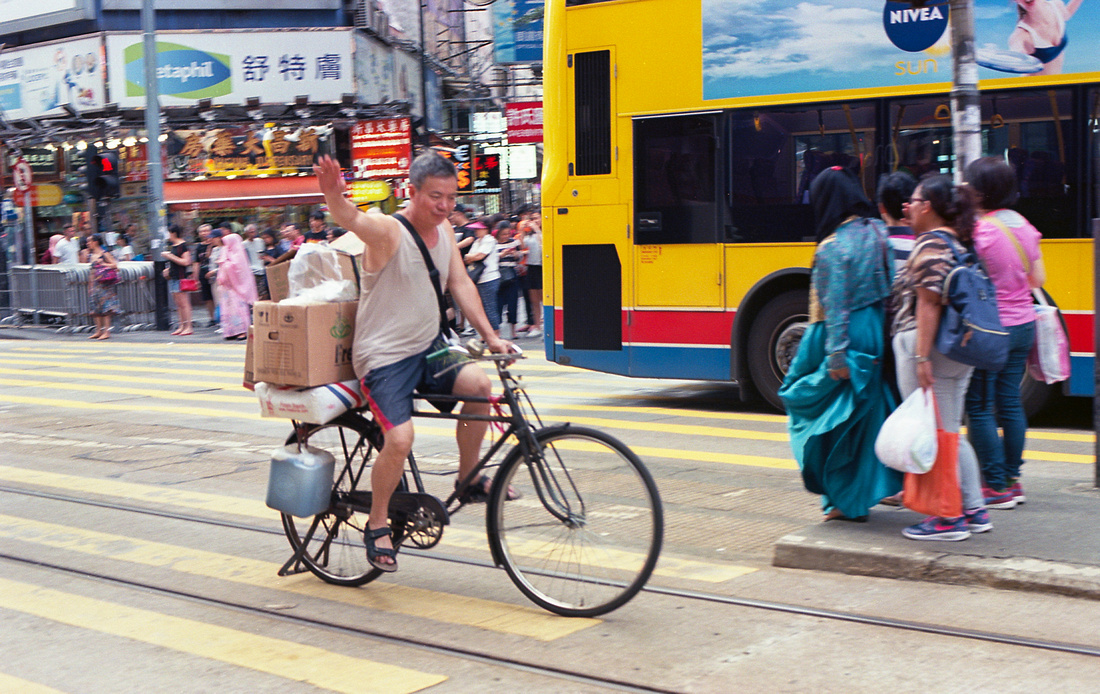

Casual Photophile Tip & Techniques No. 001 The Subject is the Subject
The Inspired Eye Photography Magazine Issue #40 (full interview)
Hong Kong Free Press: HKFP Lens
Blog #18 Criticizing Photographs or Beyond the “like”
Blog #25 Don’t Be Afraid of the Dark[room].
Blog #47 Composition, Composition, and More Composition
Blog #65 Summer is for Travel (Hanoi)
Blog #67 Risks, Rules, & Restrictions
Blog #68 Photography is a Gift
Blog #72 Living the Creative Life
Blog #90 Restrictions, Revisited
Blog #93 Photographic Technique
Blog #105 Signs, Signs, Everywhere a Sign
Blog #109 Architectural Photography
Blog #109 Architectural Photography
Architecture includes any structure made by a person. Buildings are beautiful! Architecture is like photography in that it is a seamless mix of art and science. In this week’s blog post, I will share a few tips that you might want to consider when making pictures of architecture. Remember CAM/O! The same guidelines apply to architectural shots as to all others. The subject should be pretty obvious [save abstract images], highlight he subject through framing and composition techniques, and minimisation or elimination of distractions are critical.
Get High & Wide
Use a wide angle lens like a 35mm, 28mm, 24mm, or ultra wide angle such as 21mm or wider. The wide angle will be helpful to get relatively close while fitting the whole structure into your frame. Architecture has its challenges such as perspective distortion. When you look up at a tall building, the sides seems to converge at the top. Due to the optical limitations of structure of our eyes this is natural, like looking down a long road. Distortion is a nature phenomenon and is not necessarily a bag thing. However, there are many circumstances where you might want to minimise or eliminate distortion in your images such as when when shooting interiors.
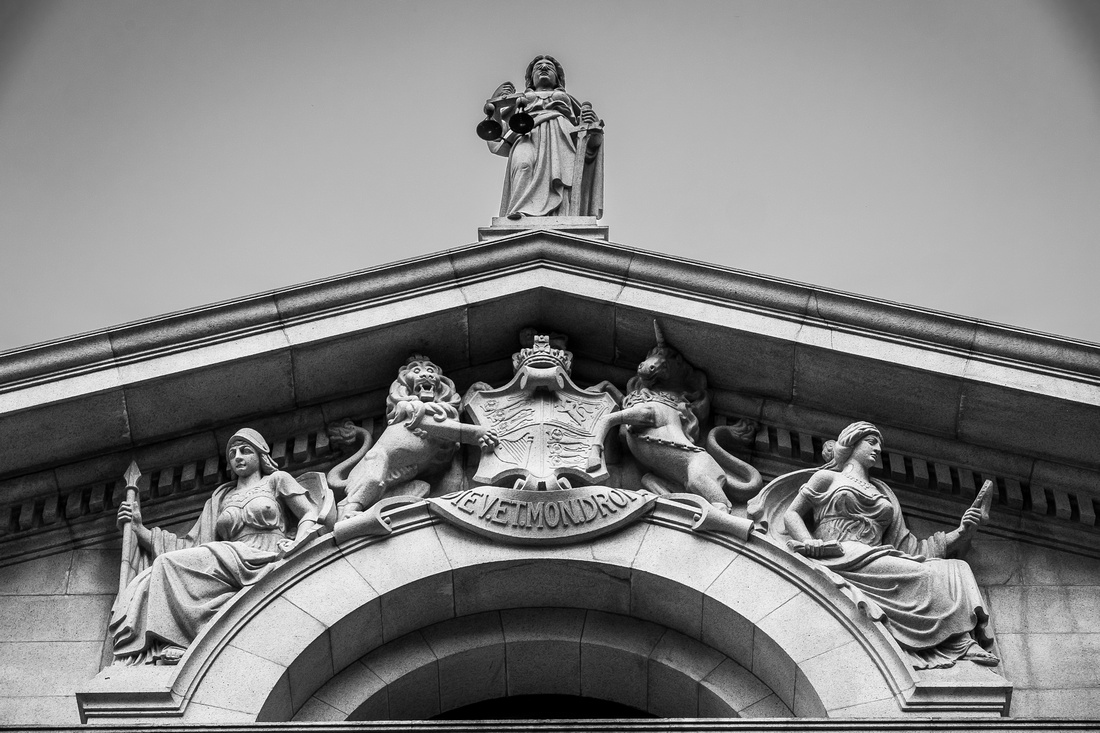

Another inherent challenge in capturing images of buildings is the ship’s peak or crowning effect that your lens will apply to a corner of a building that might be near the camera when pointed upwards. Wide angle lenses are terrific except for the distortion that wide angle lenses apply. The area in the centre patch of the frame will look disproportionally closer to the camera. When this effect is combined with perspective distortion such a shooting up at the corner of a building, your lens will tend to make the corner of the building look like the bow of a ship.
If you want your lines to be straight when shooting structures [this applies to interior and exterior], you have two choices.
- You can use a tilt shift lens which is made into two parts and you can adjust the lens plane in relation to the film [sensor] plane to correct the perspective distortion.
- The second way to correct this is to simply get high. I’m not suggesting that smoking marijuana will make your images look better but I’m saying that it won’t. Get the camera up higher. If you are on the 10th floor of a building shooting a 20 story building across the street, for example, you can get all of the [vertical] lines very straight right in the camera. For 1-2 story structures such as a house, stand on a ladder, tree stump, or another small object. Raising the camera even a meter or two will correct a significant amount of perspective distortion and keep your vertical lines straight up and down. Simple!
Get Inside
Interiors are a type of architectural image that can be fun and useful to shoot as well. Use a tripod to get the camera around six feet high to keep the lines straight. Light the room appropriately and evenly to accent or emphasise areas of interest in the scene. Remember to tidy up and eliminate distractions.
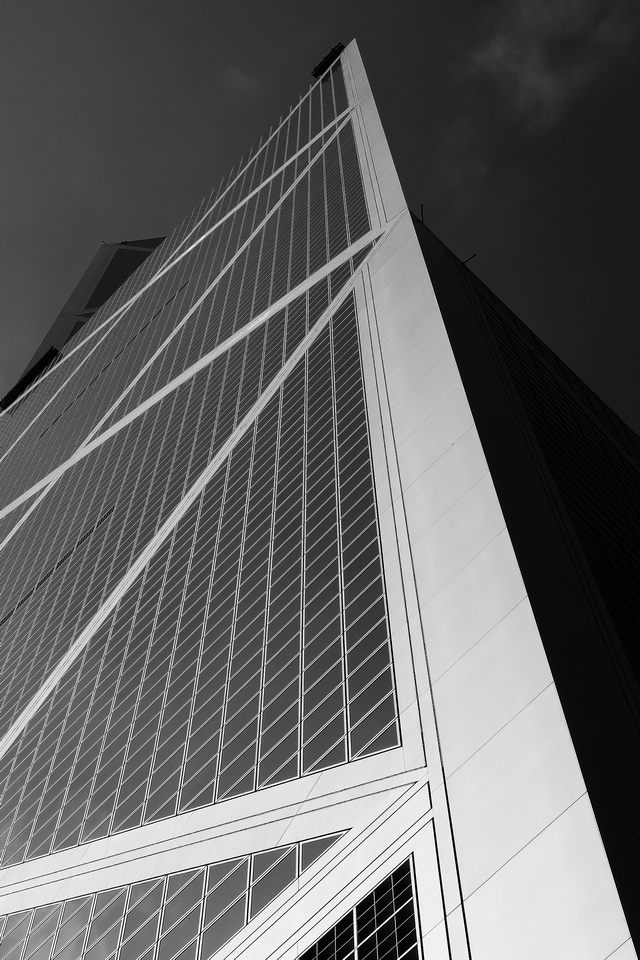

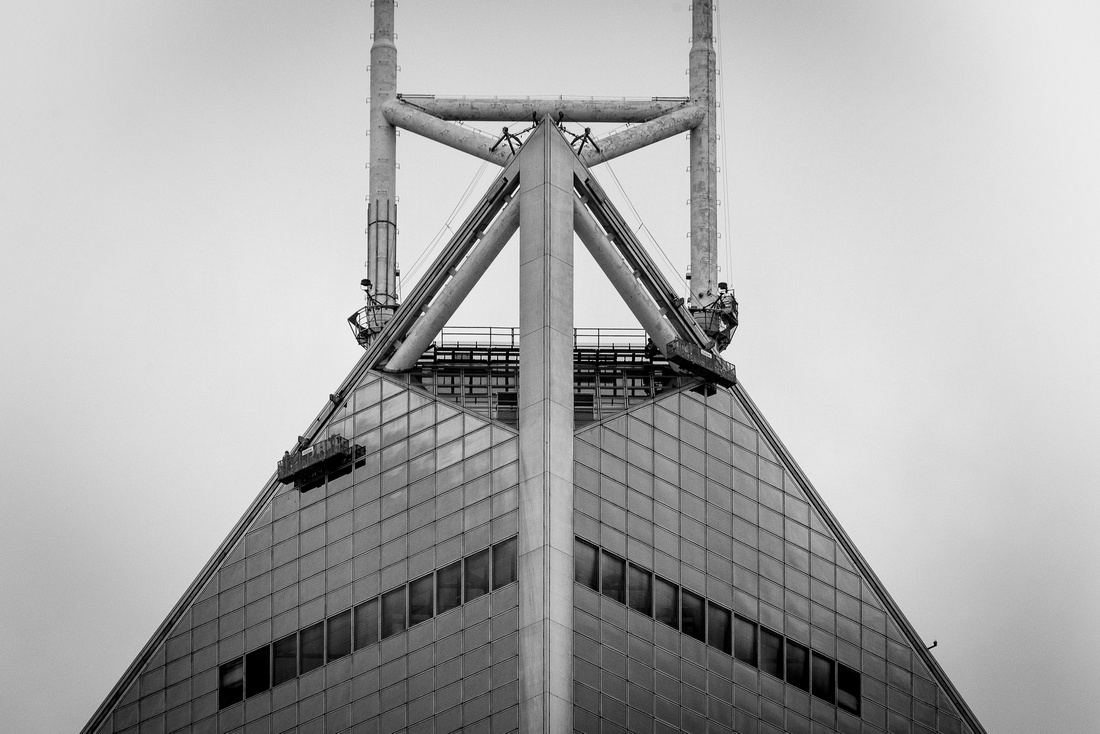

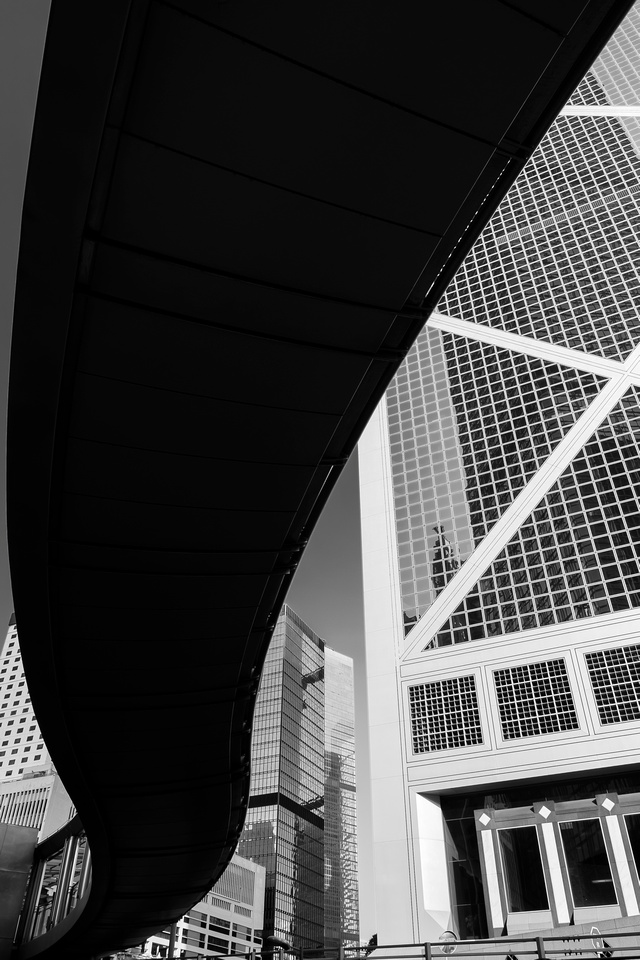

Get Close
Architecture frequently contains many interesting albeit small details. Patterns, ornate carvings, details, or textures may make for interesting architectural photographs. Use framing devices like shooting through windows or arches to add interest to your images. You might occasionally include people to represent scale as a useful tool.
So there you have it! Three tips for making the most out of architectural images. Get high and wide, get inside, or get close. Finally, you’ll notice that most of the images in this post are black and white. Buildings might not have particularly interesting colours so the black and white image aids the viewer in focusing on the line, shape, or pattern. Black and white works well in architectural images.
Try to tell a story through your images such as the intently dense apartment living in Hong Kong that is fairly unique to the rest of the world. If you want to use a drone, that’s all fine and good but the “rules” of good composition and general image making apply to all genres within the craft such as macro, aerial, architectural, etc…
The light is always right.
jhg
*Images: © Jeremy H. Greenberg
Where: Hong Kong, Viet Nam, Shenzhen, Central Japan, Taipei, Seoul, Province Town, USA, Nice, France.
Subject: Architecture and Building Structures
Gear: Fujifilm X-Series Mirrorless Digital Cameras (X-T1, X-T2, X-E3) and 24mm, 28mm or 35mm lenses, 35mm film cameras, iPhone, and whatever else I happen to be wearing that day.
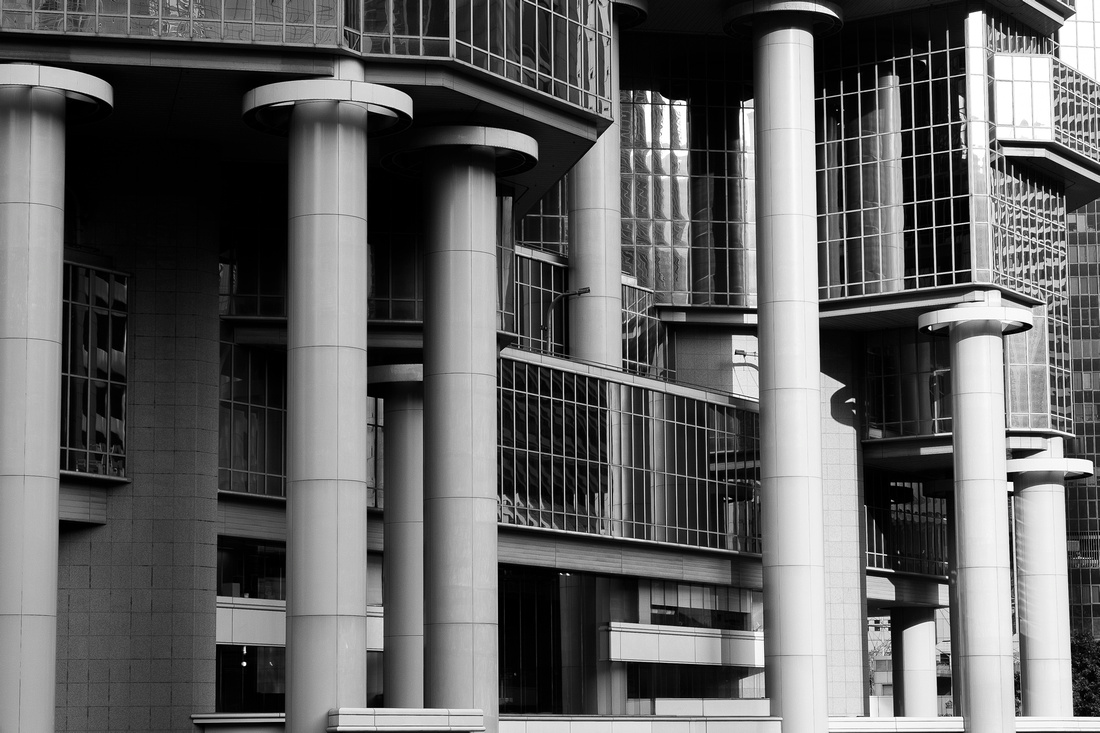

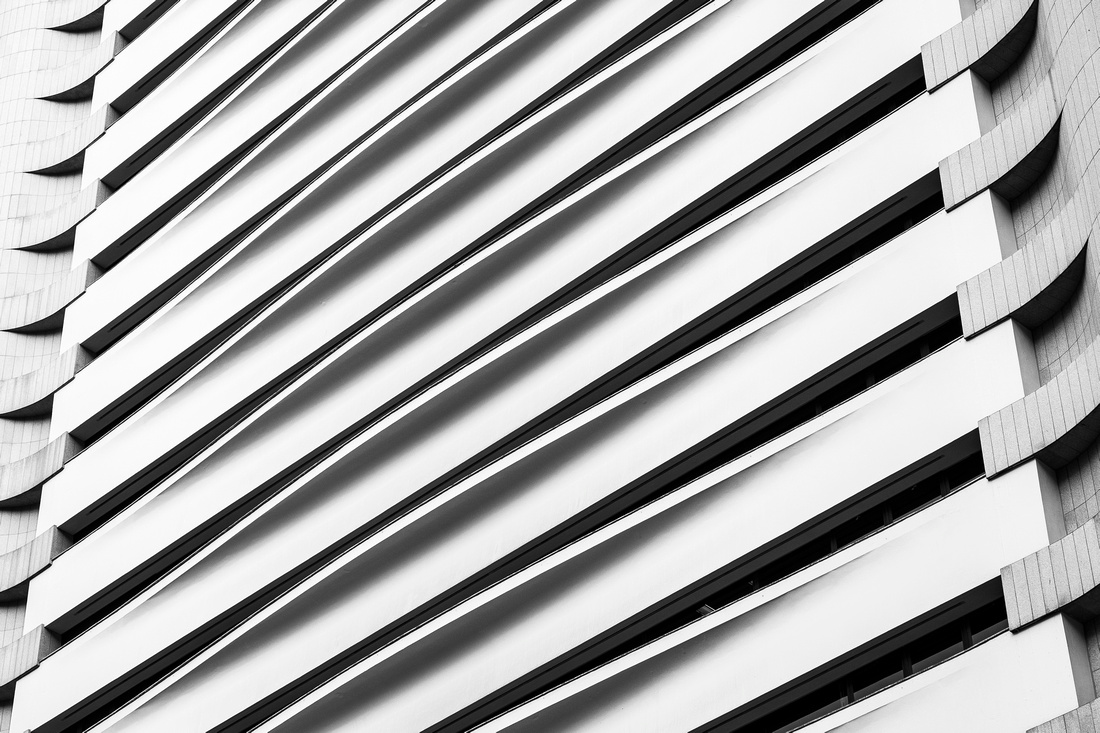

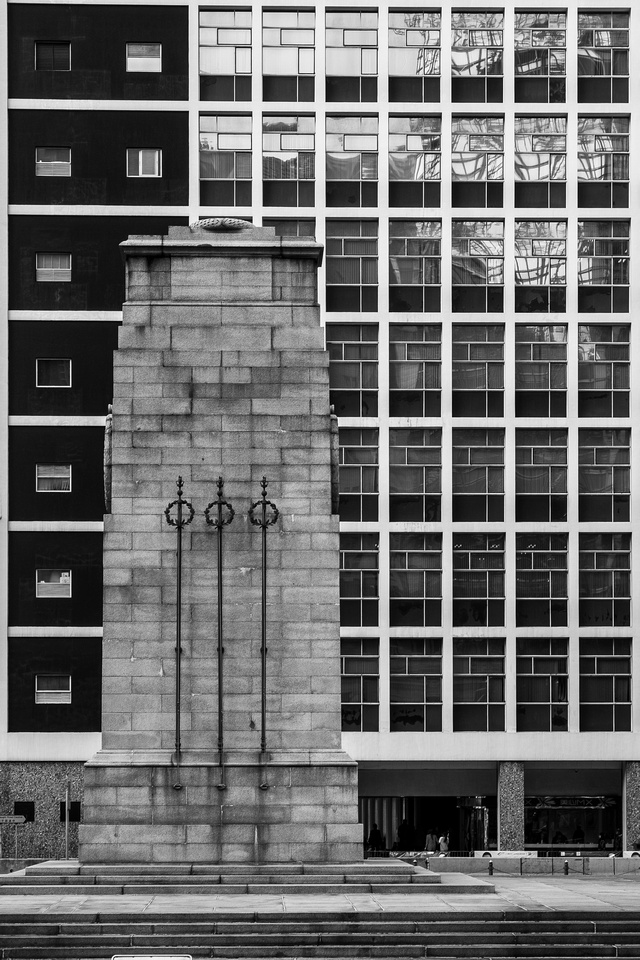

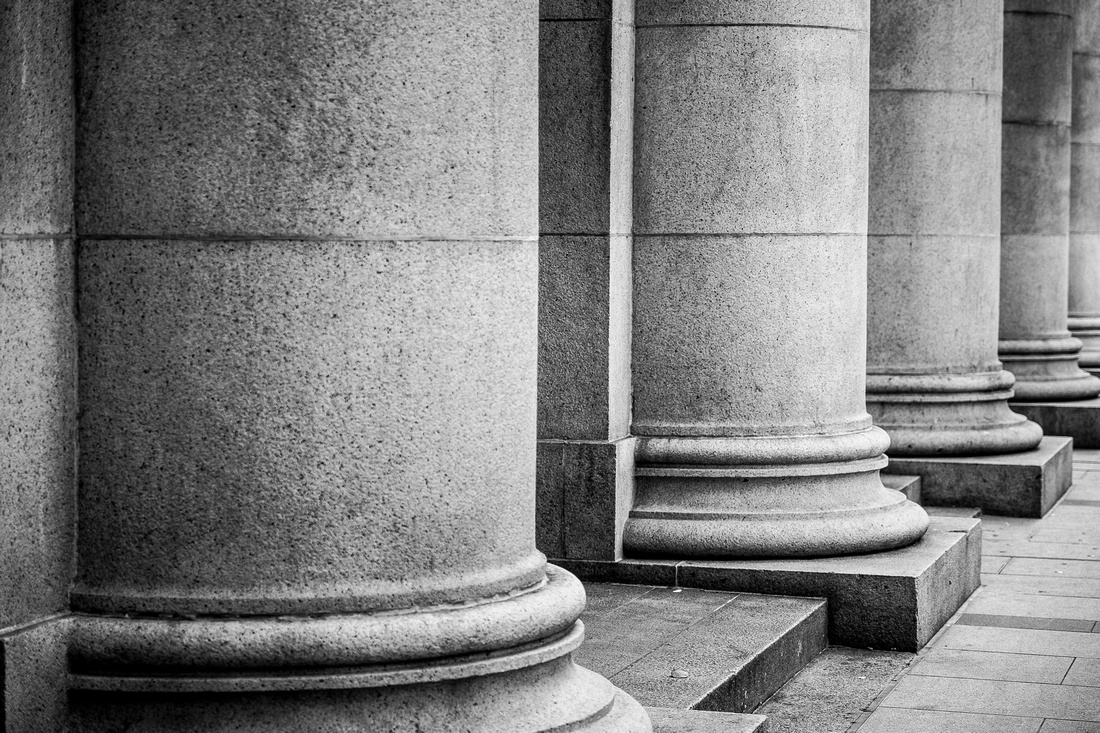

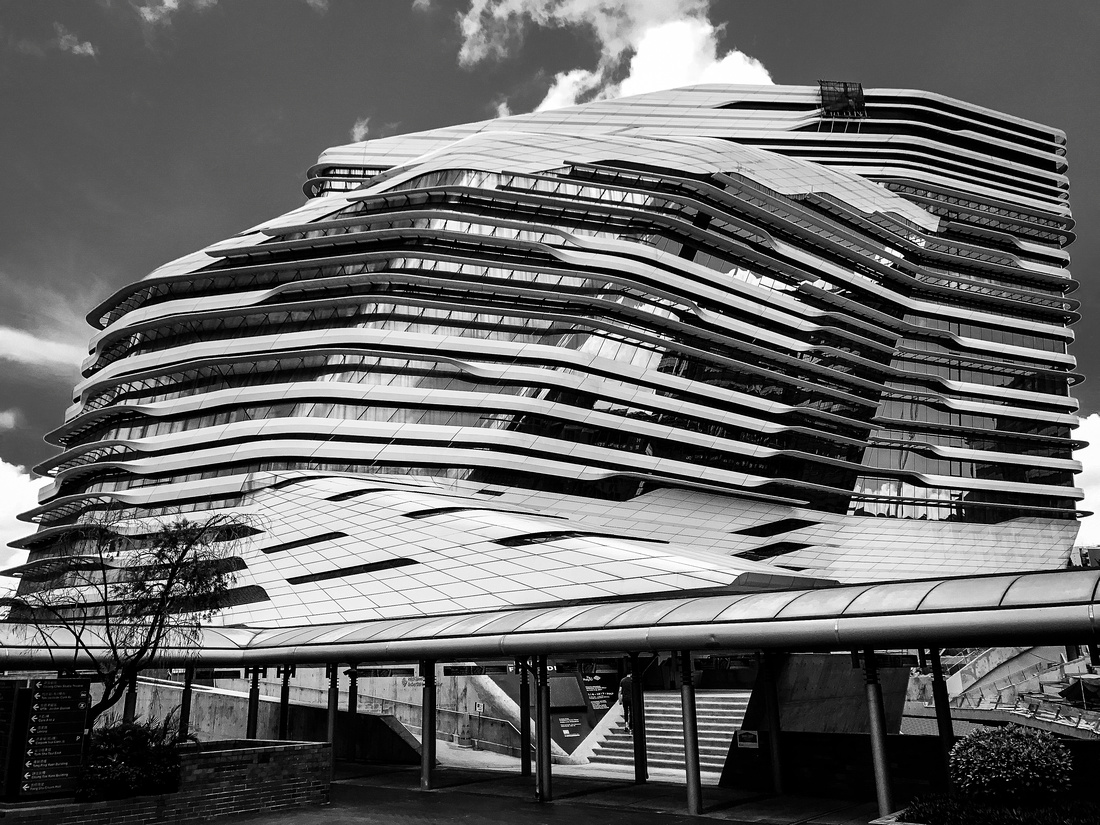

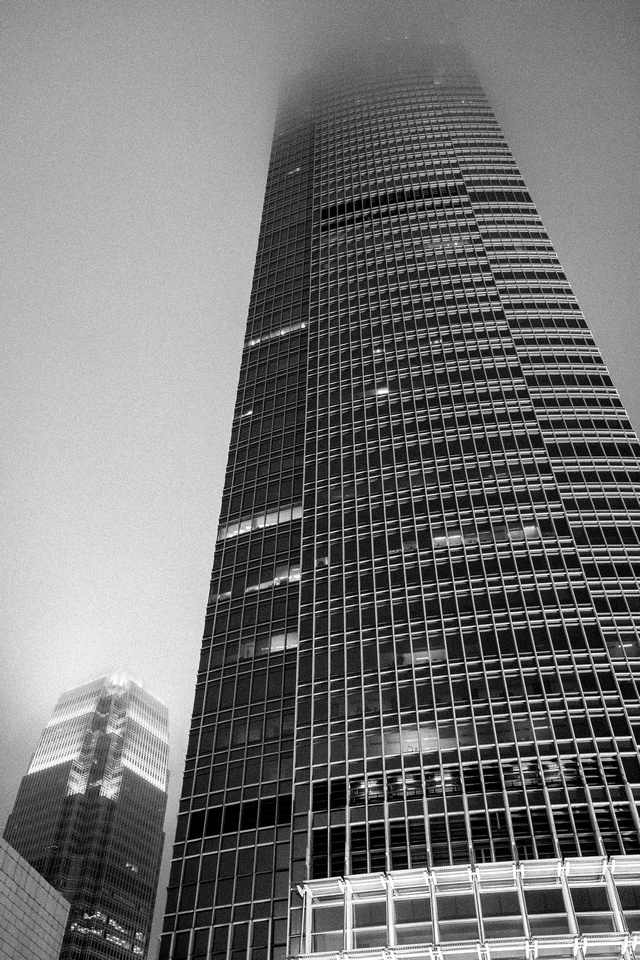



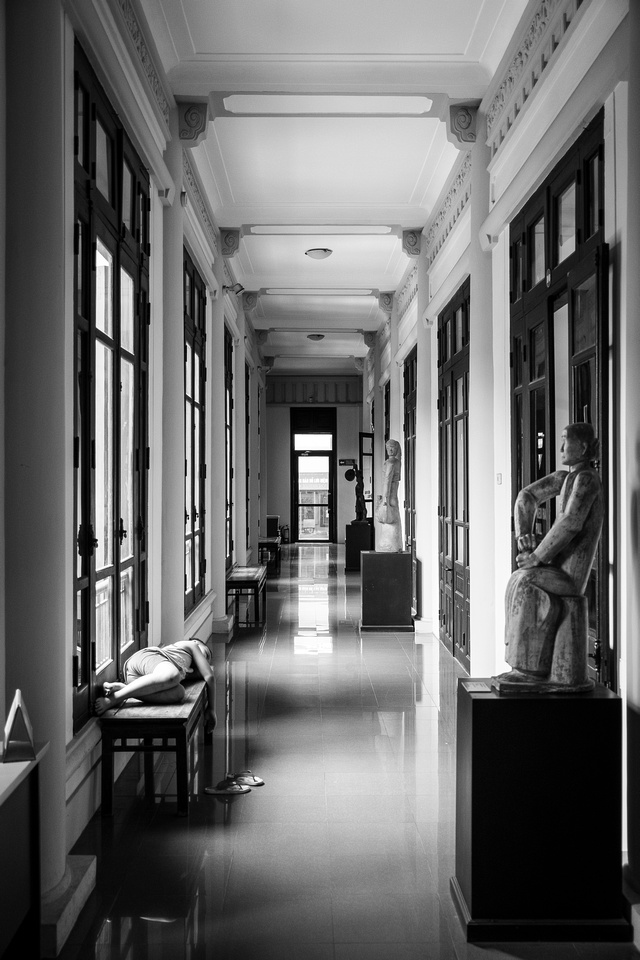

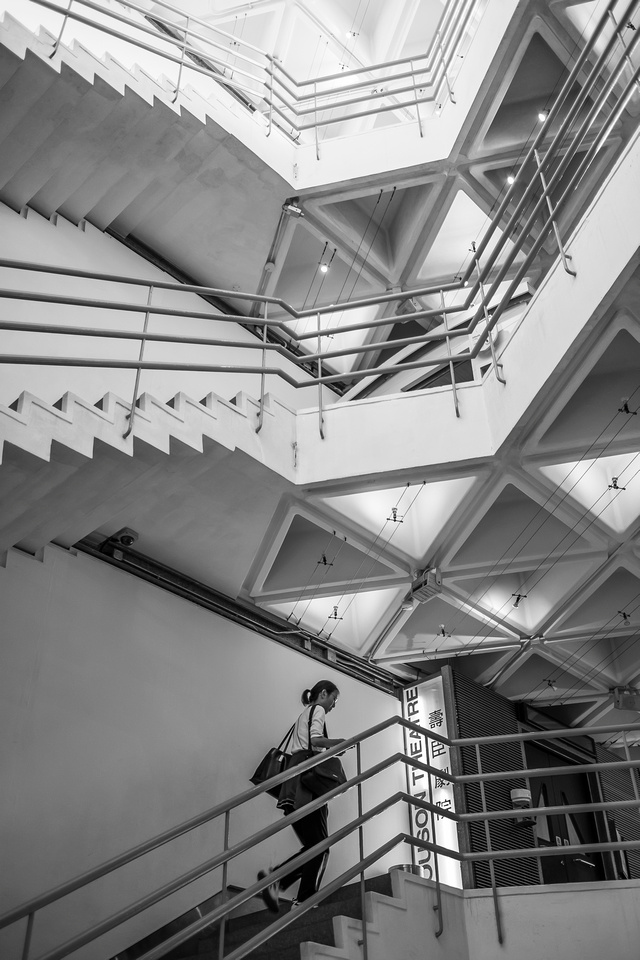

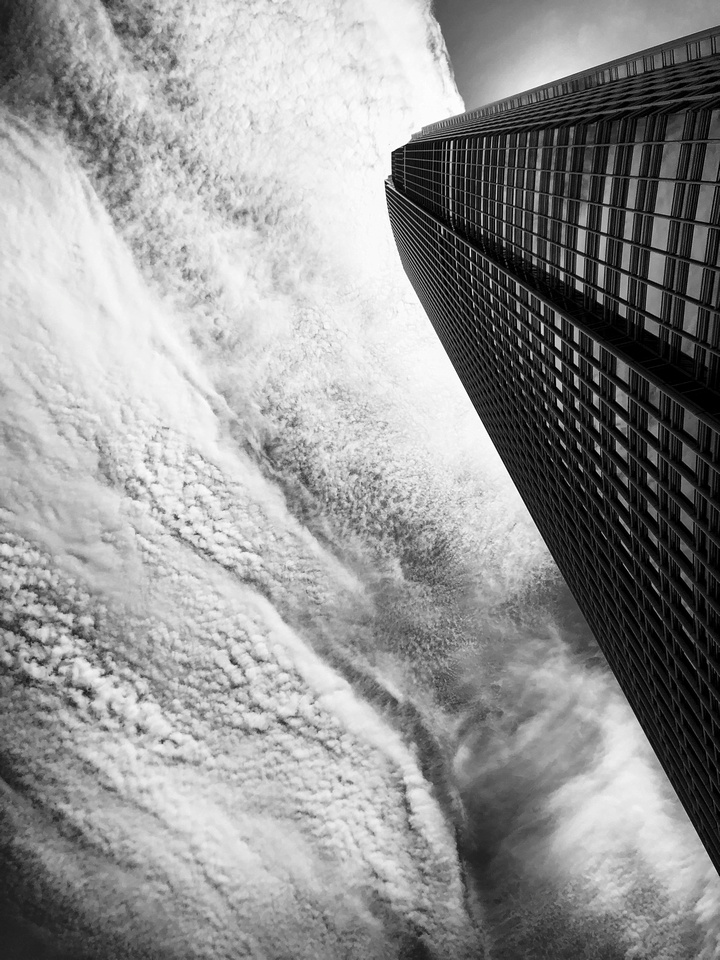

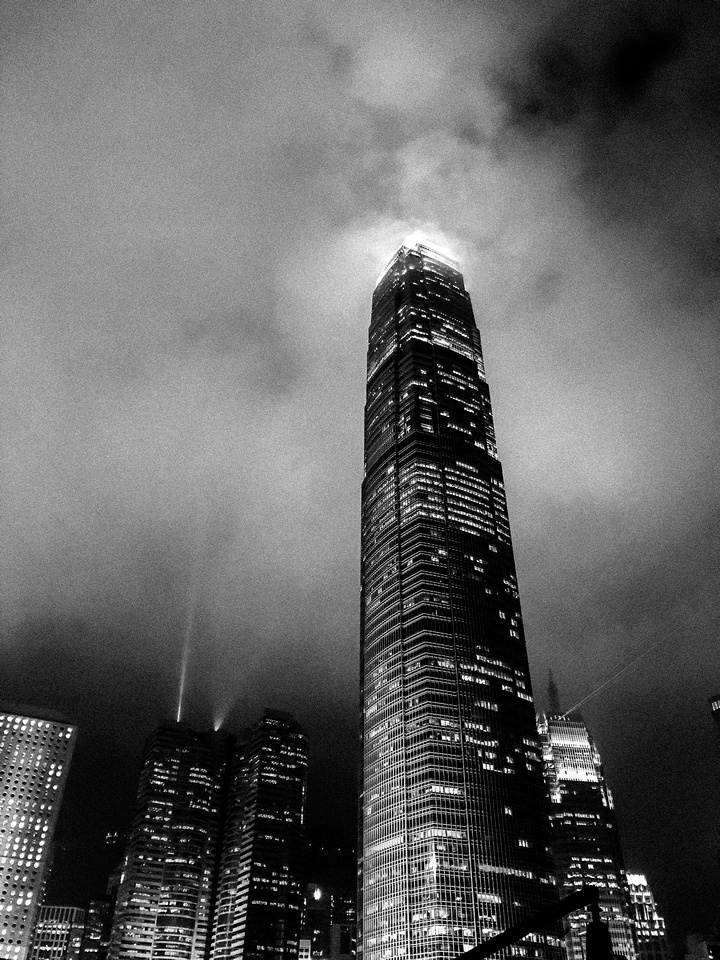

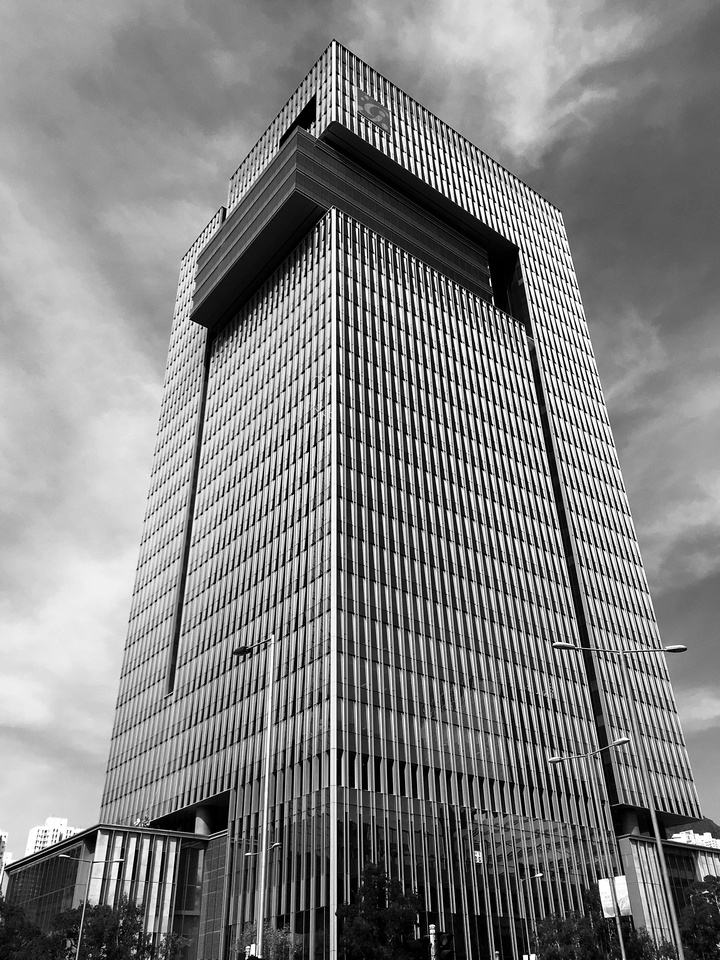



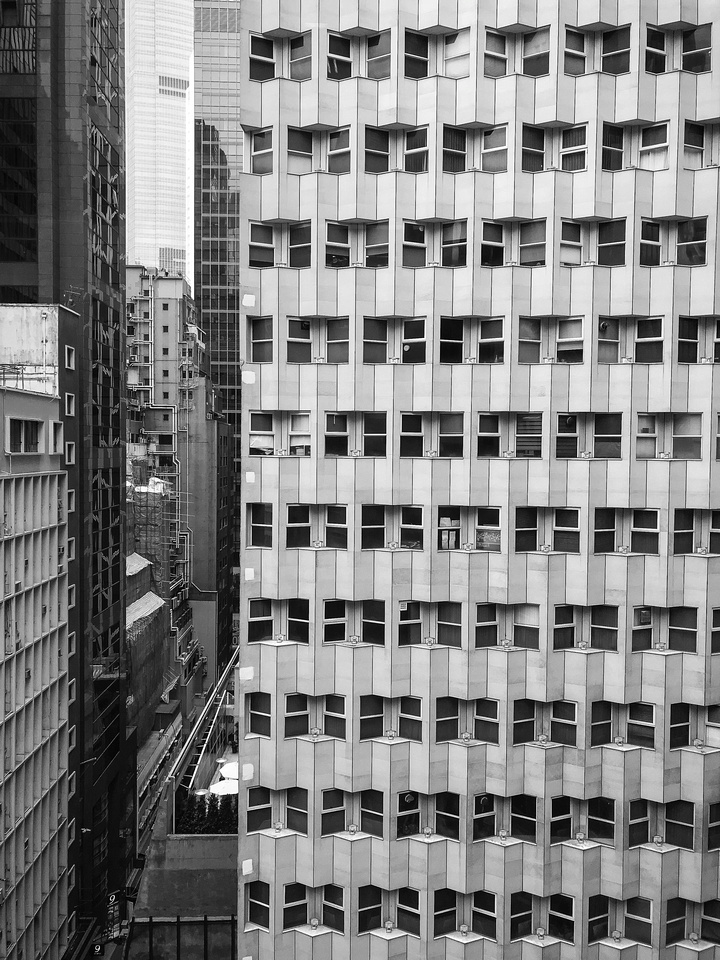

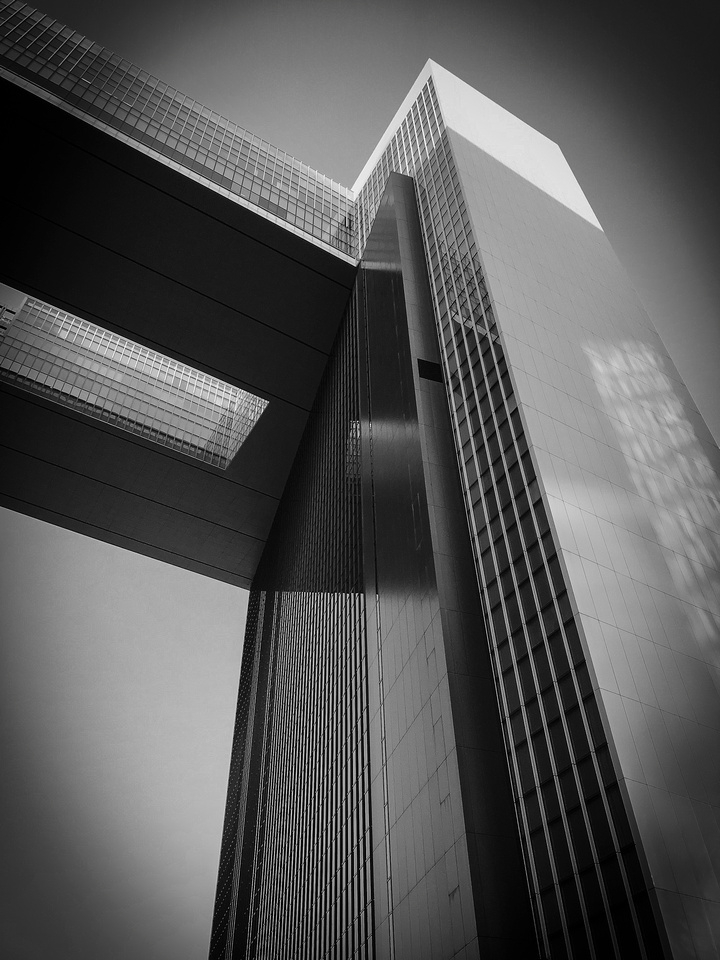



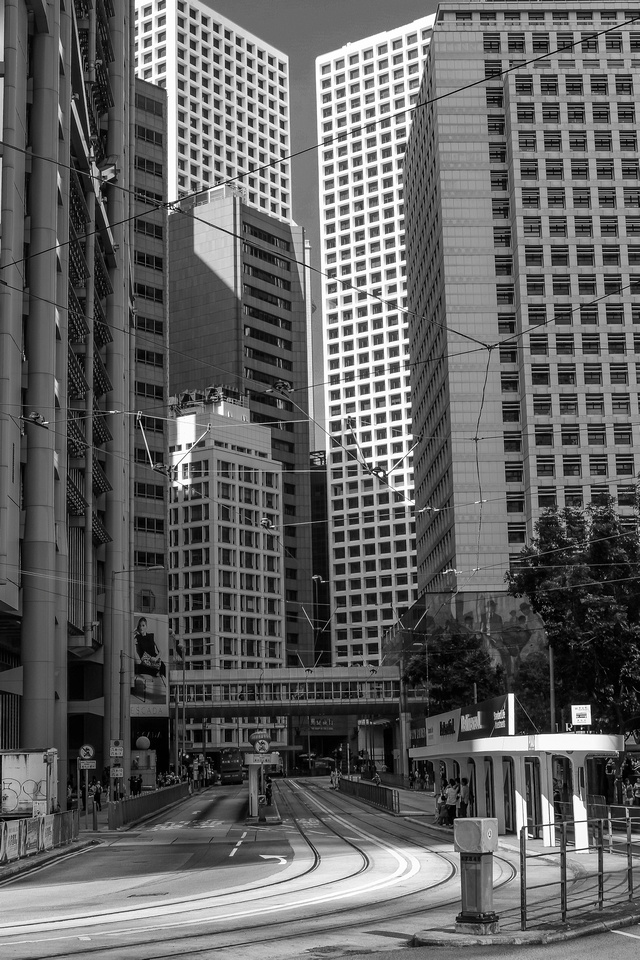

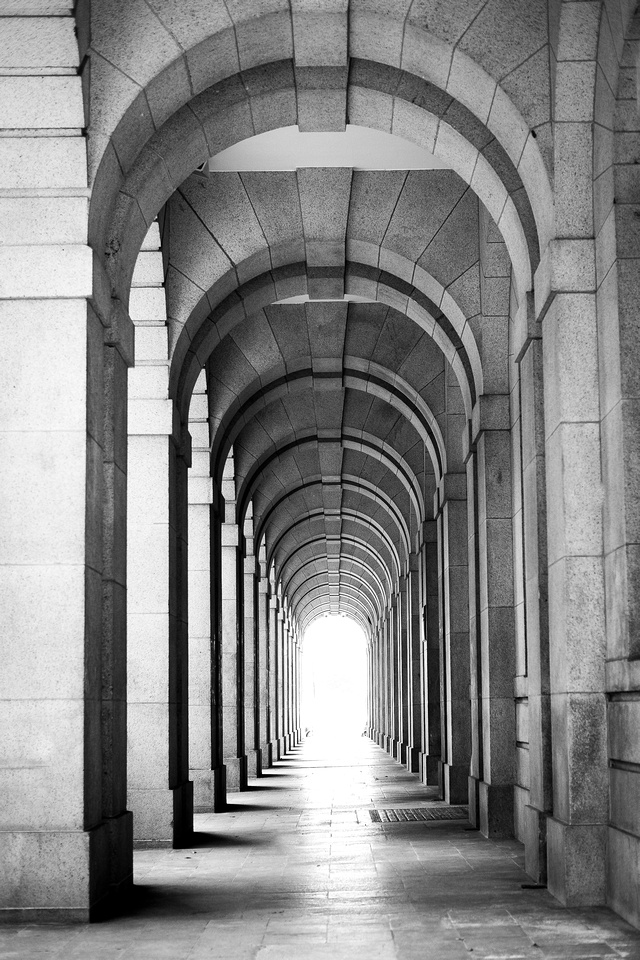

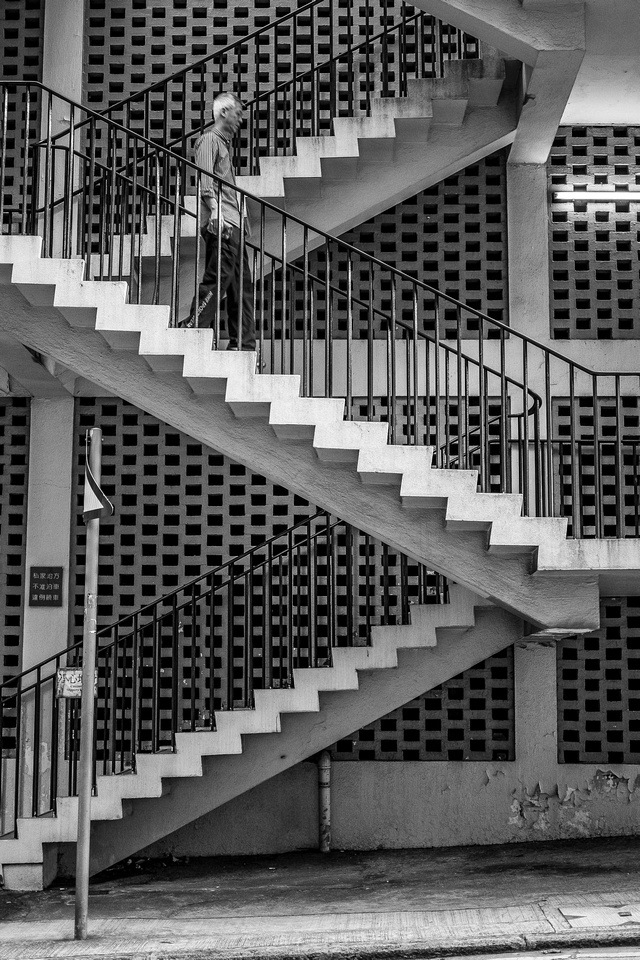

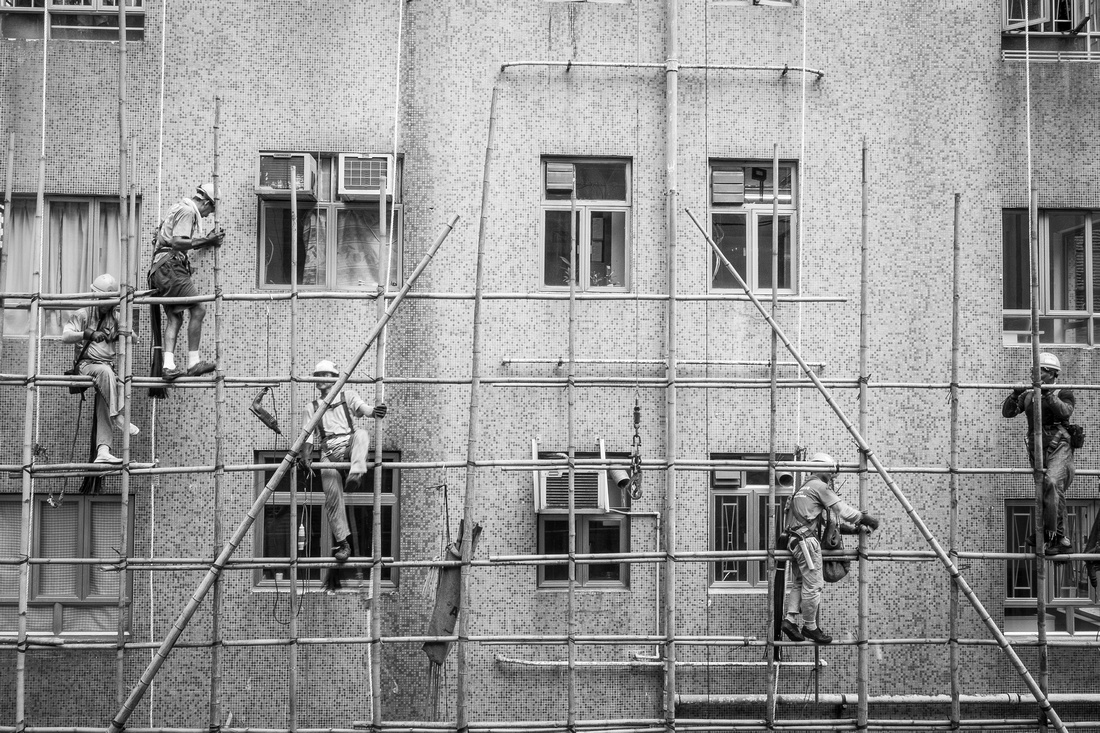

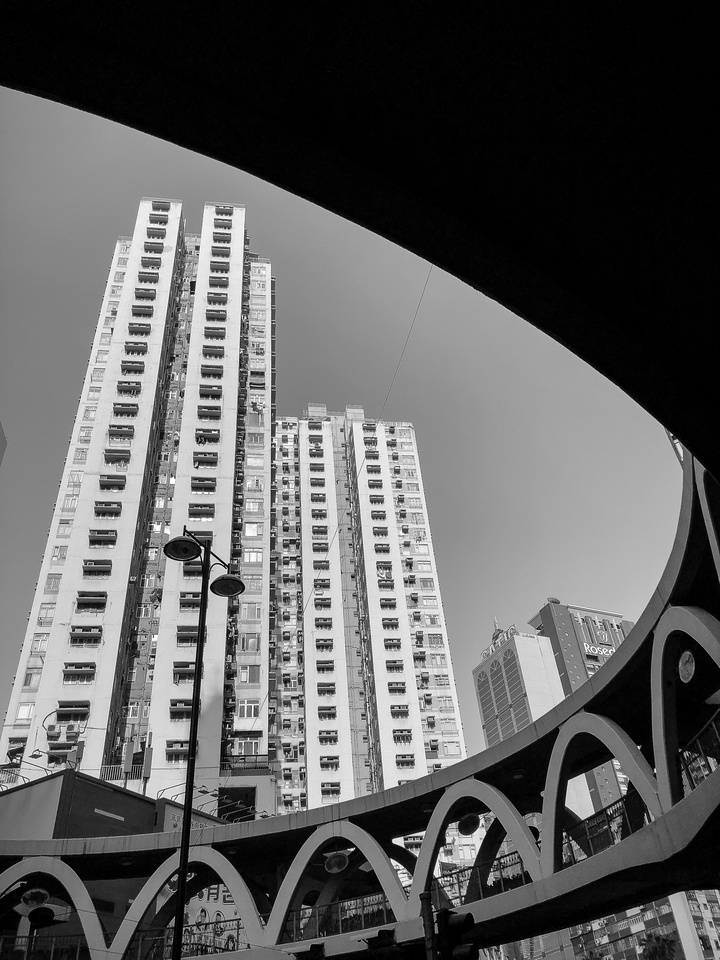



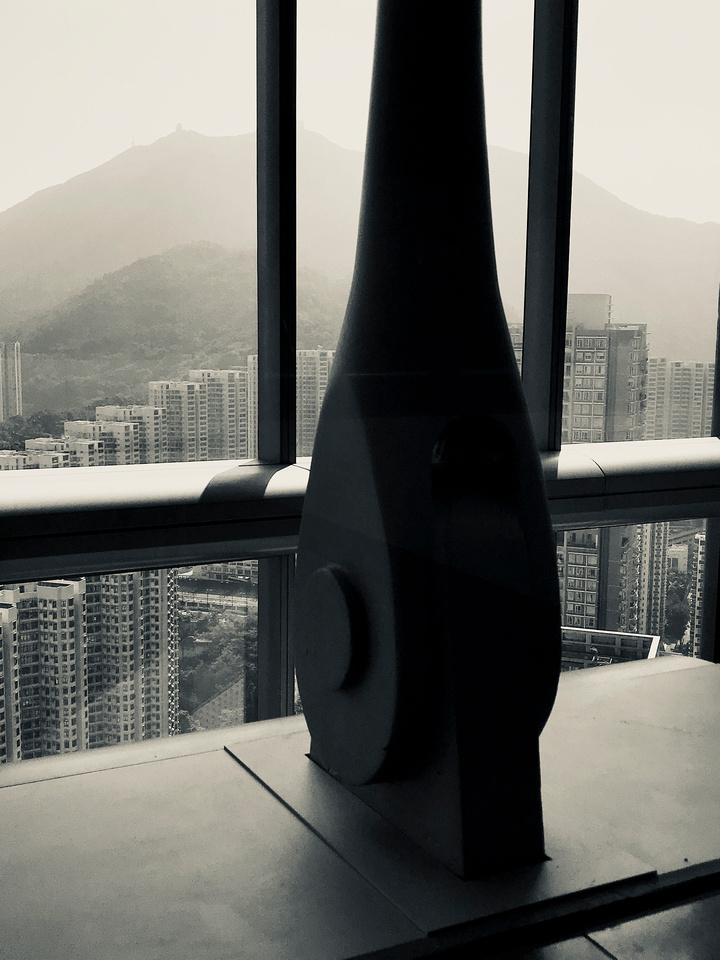

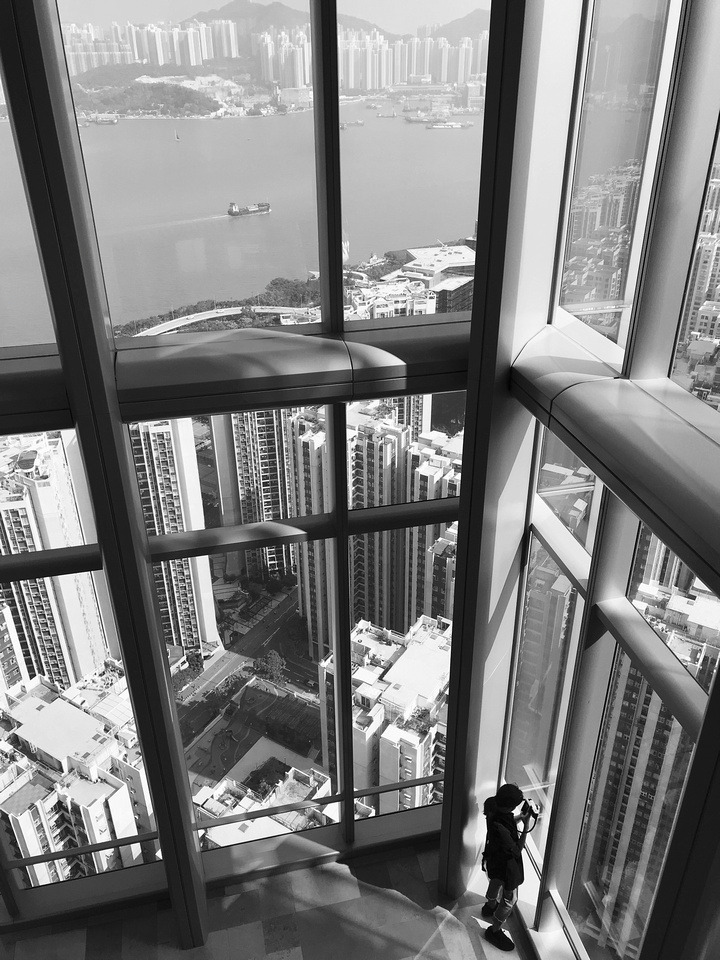

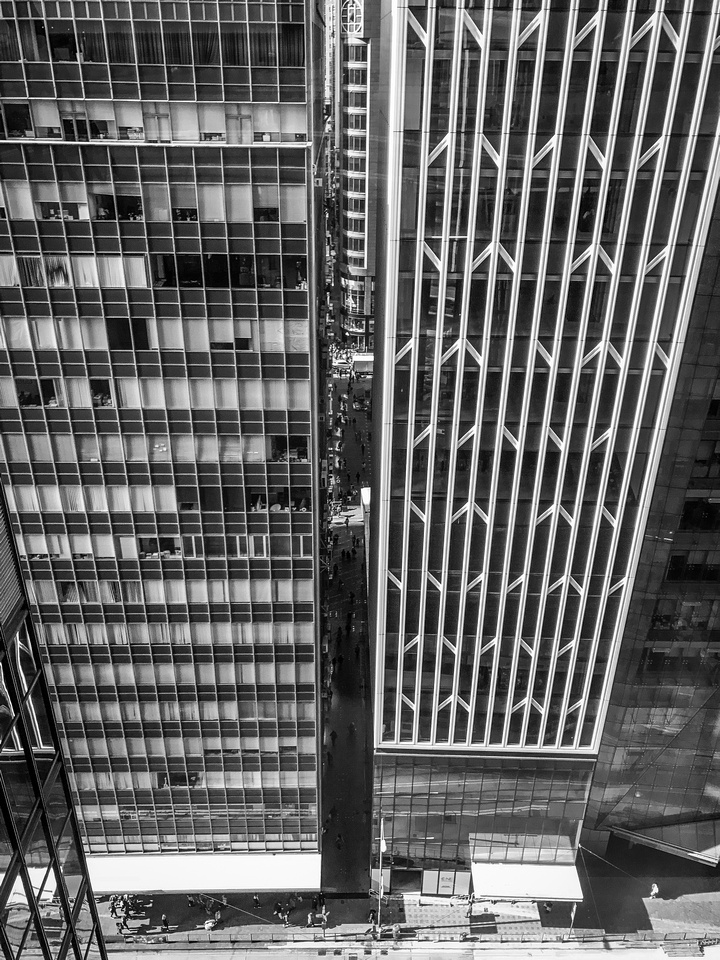

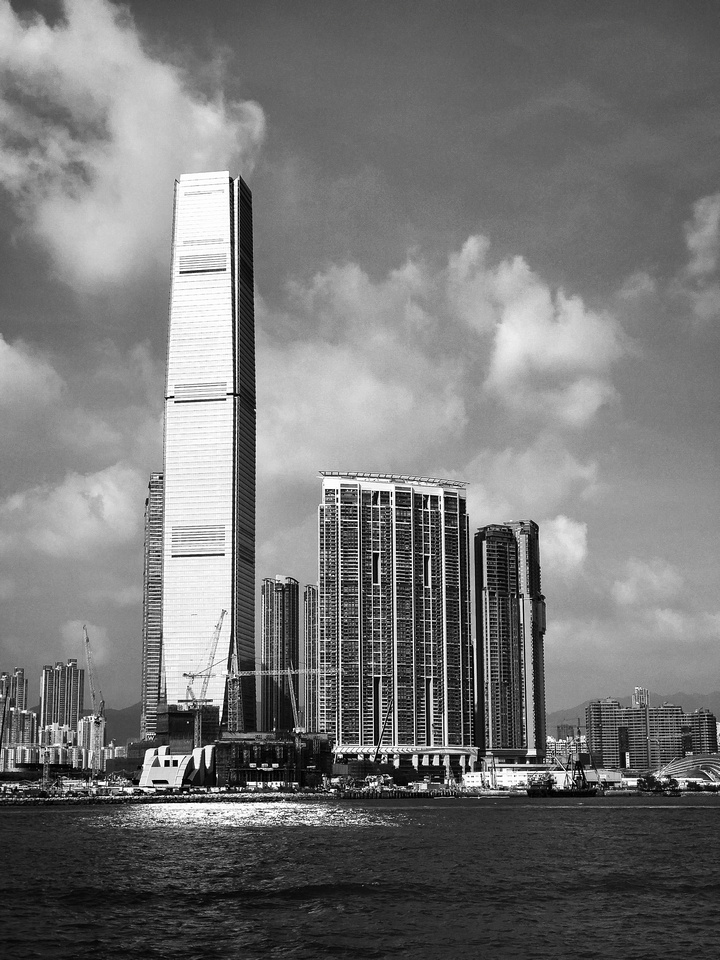

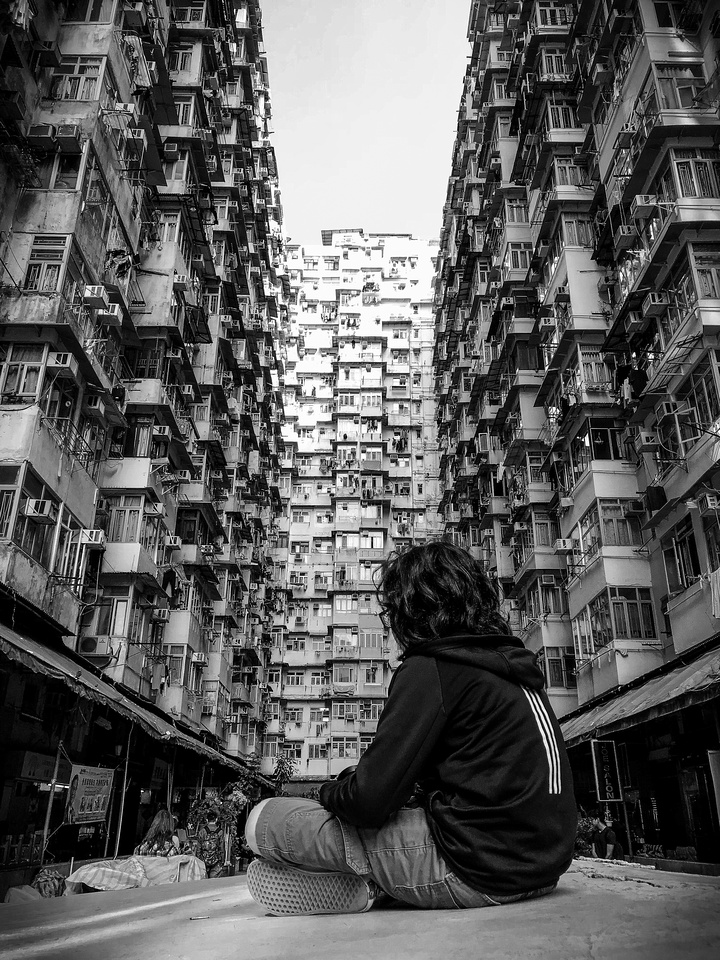

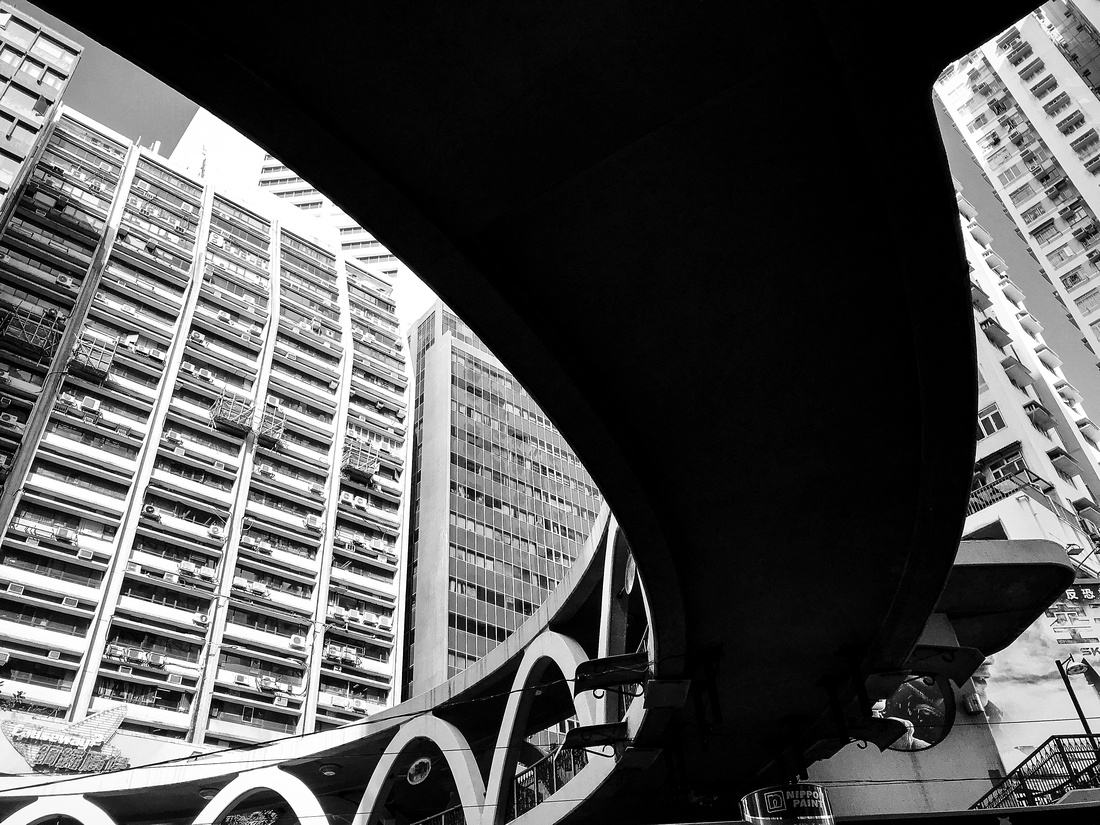

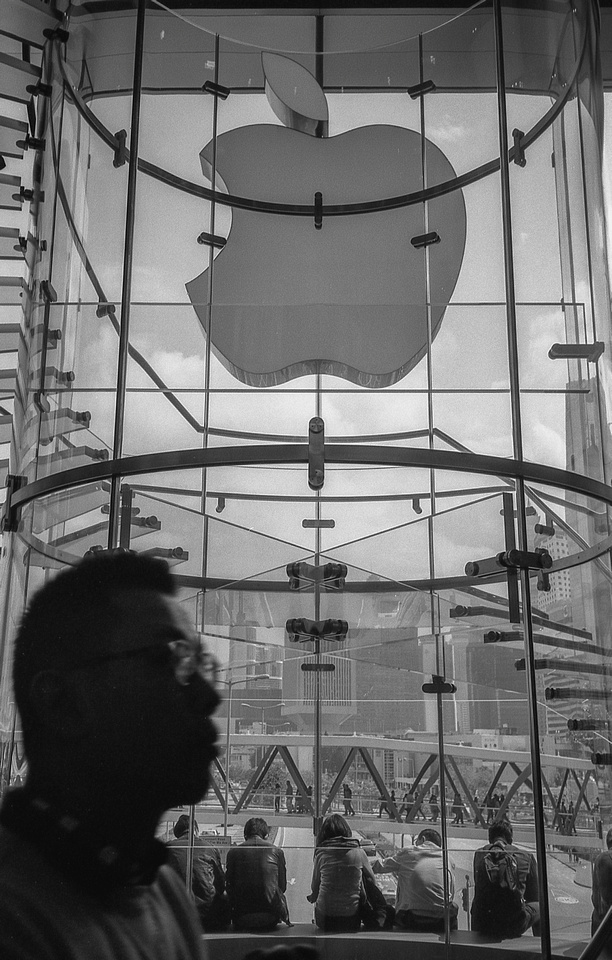



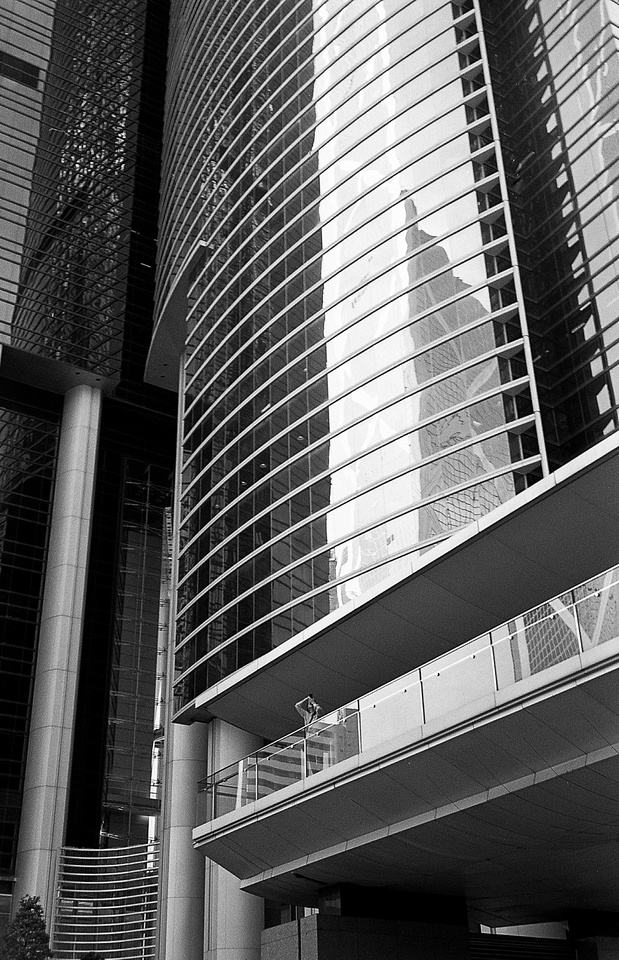

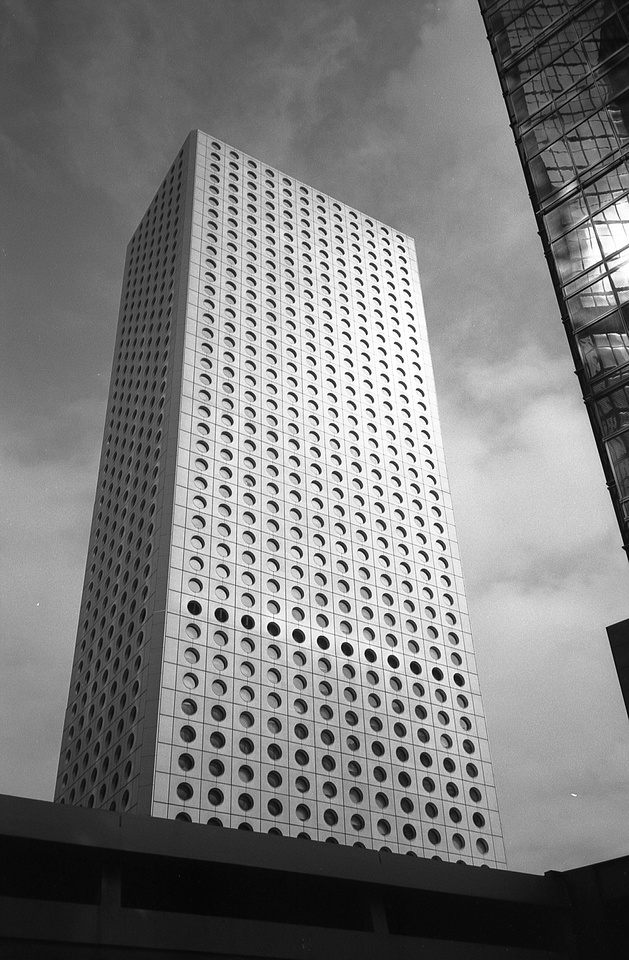

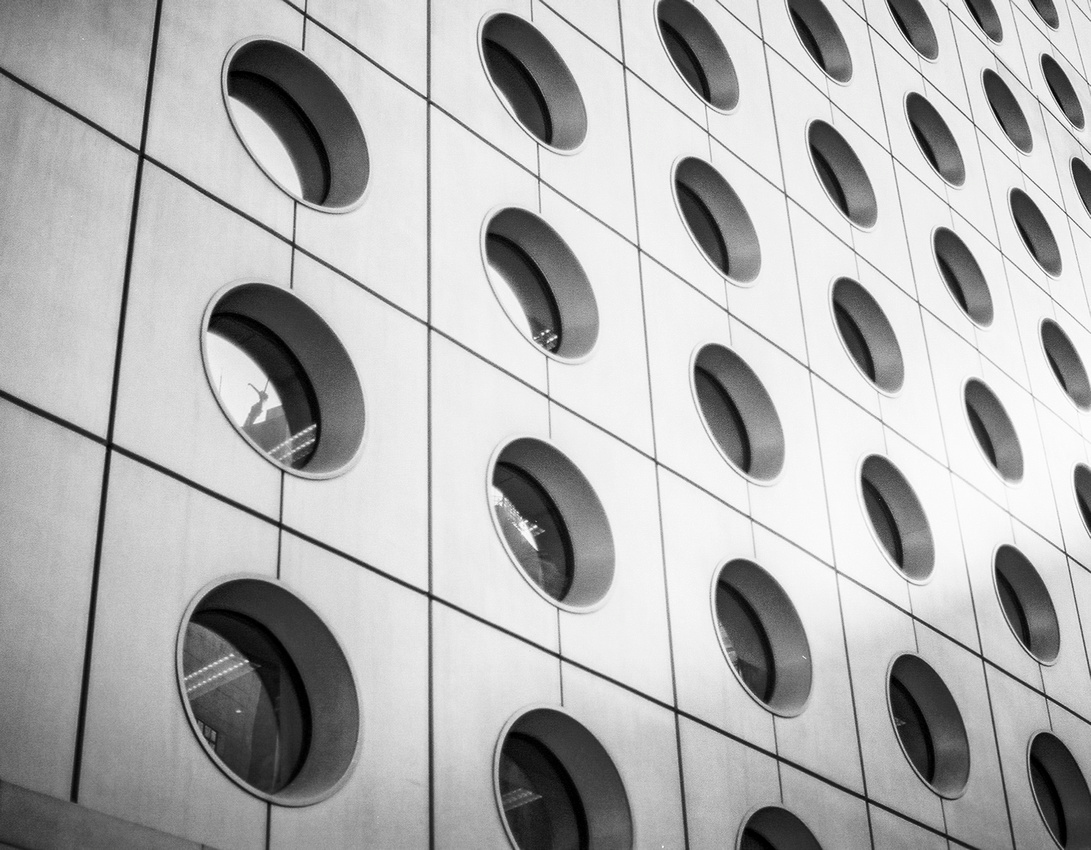

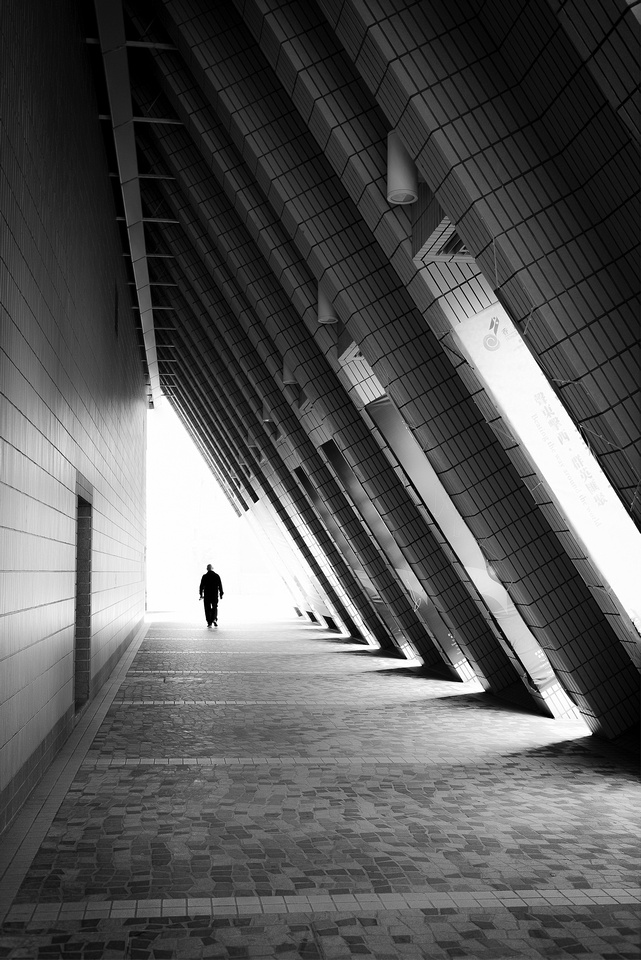

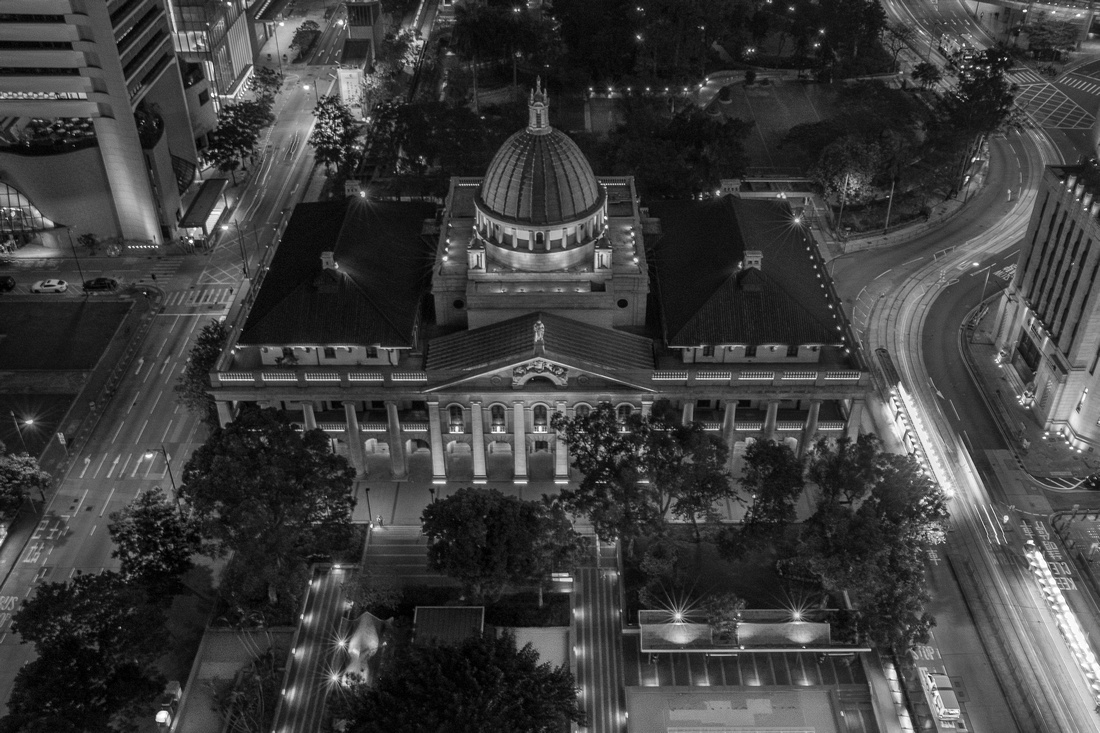

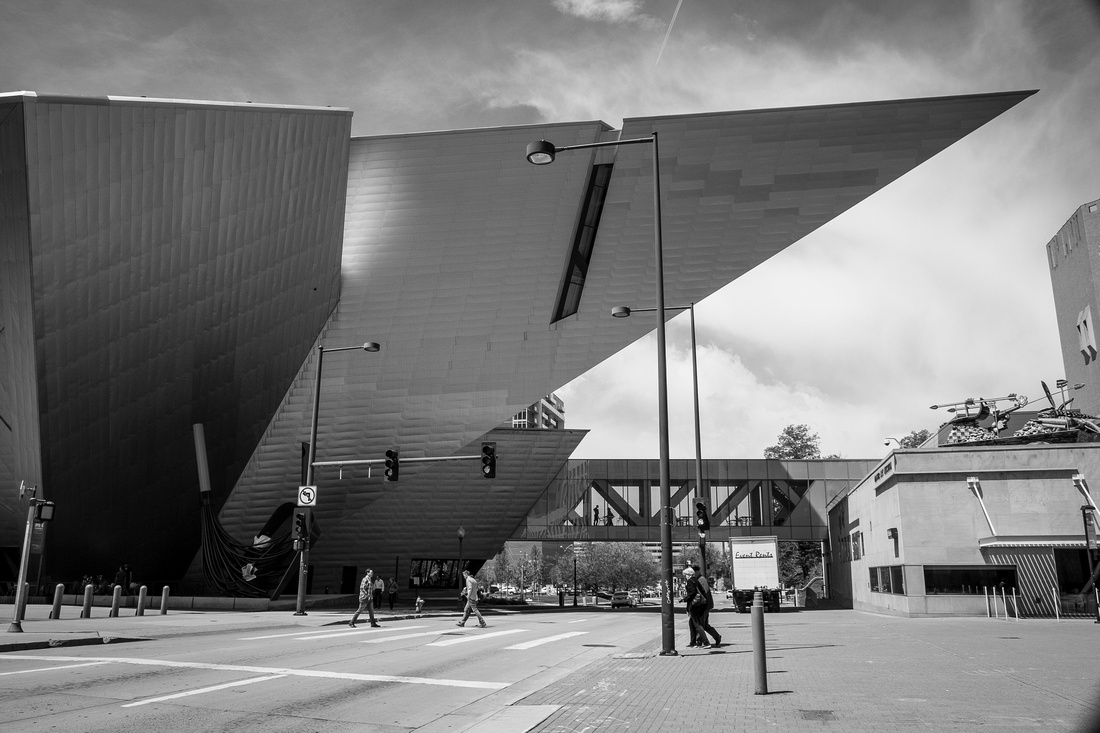

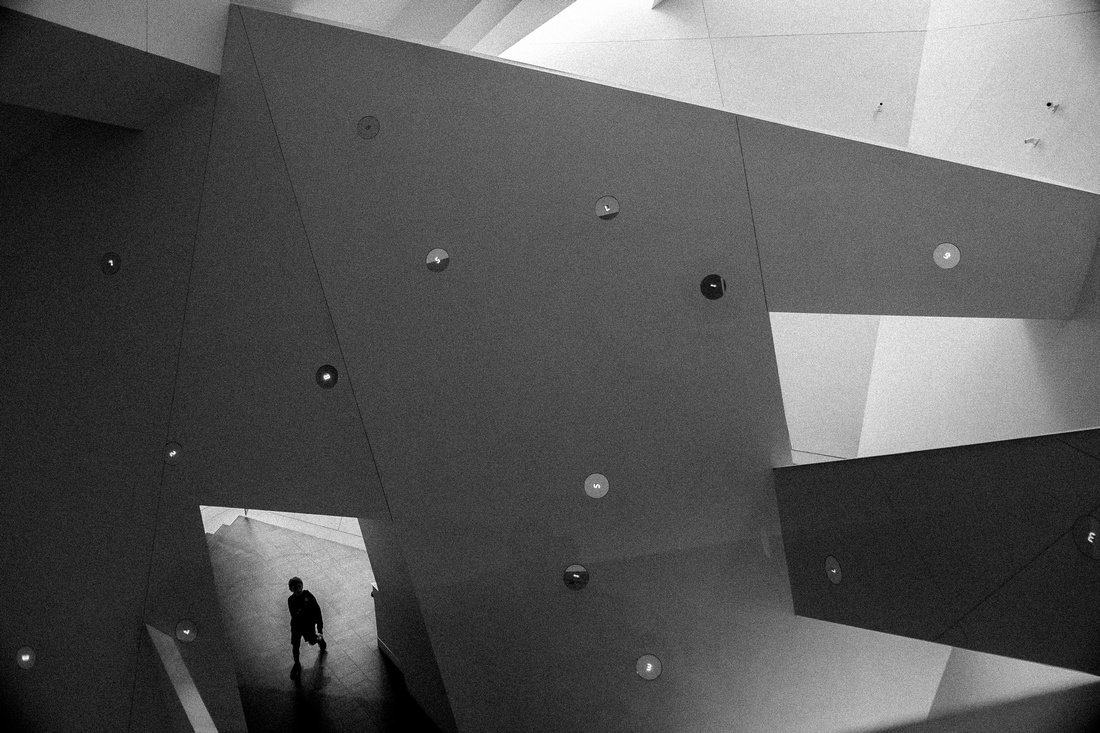

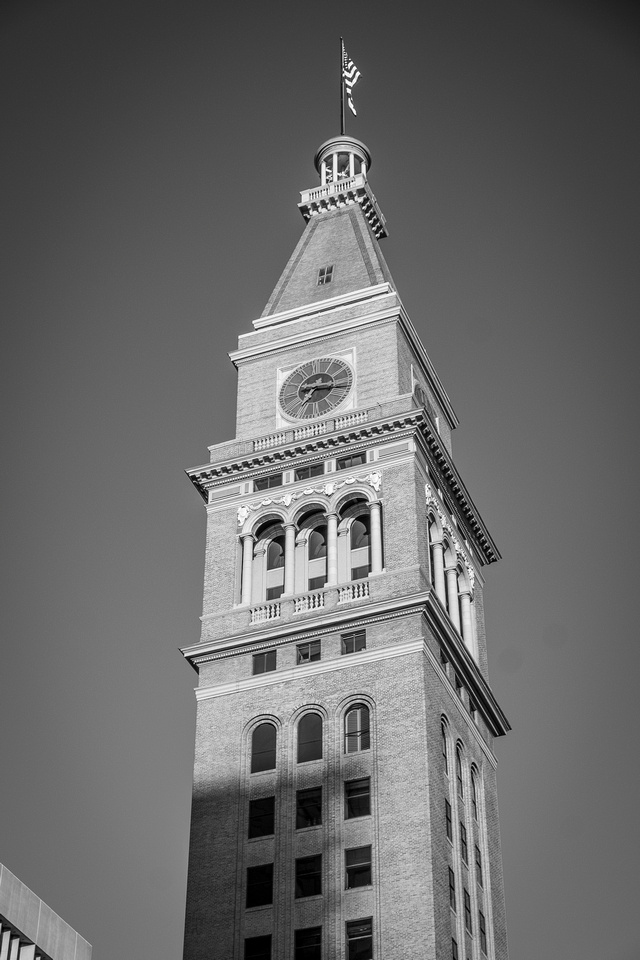

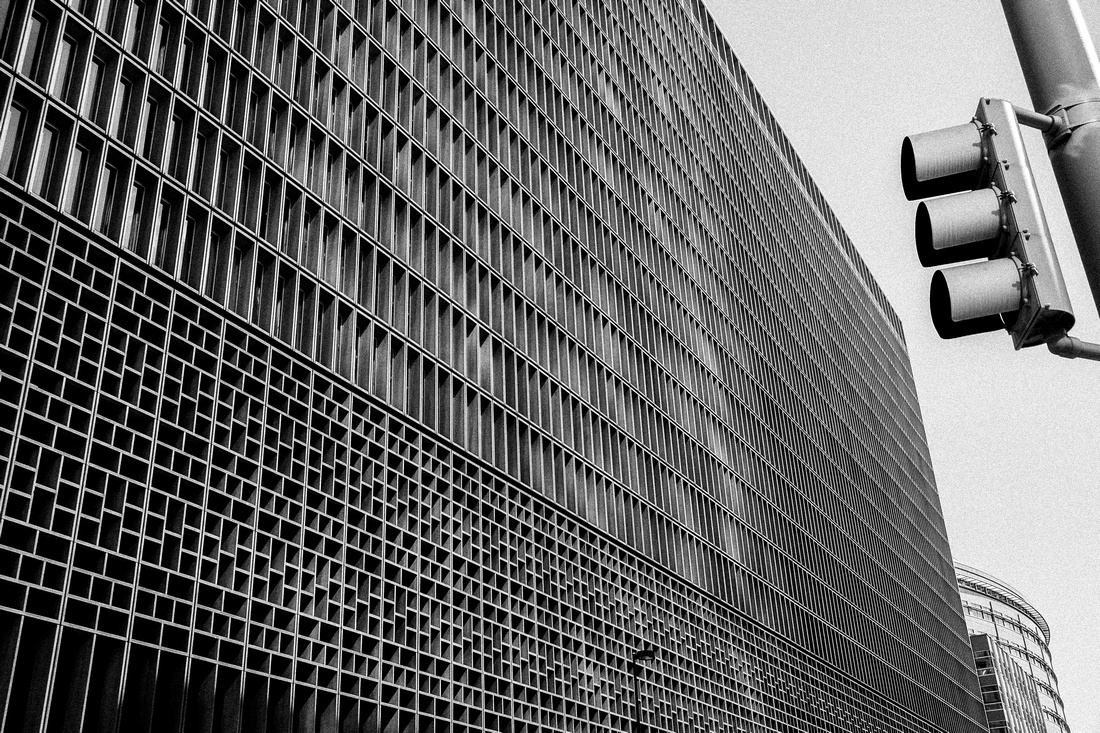

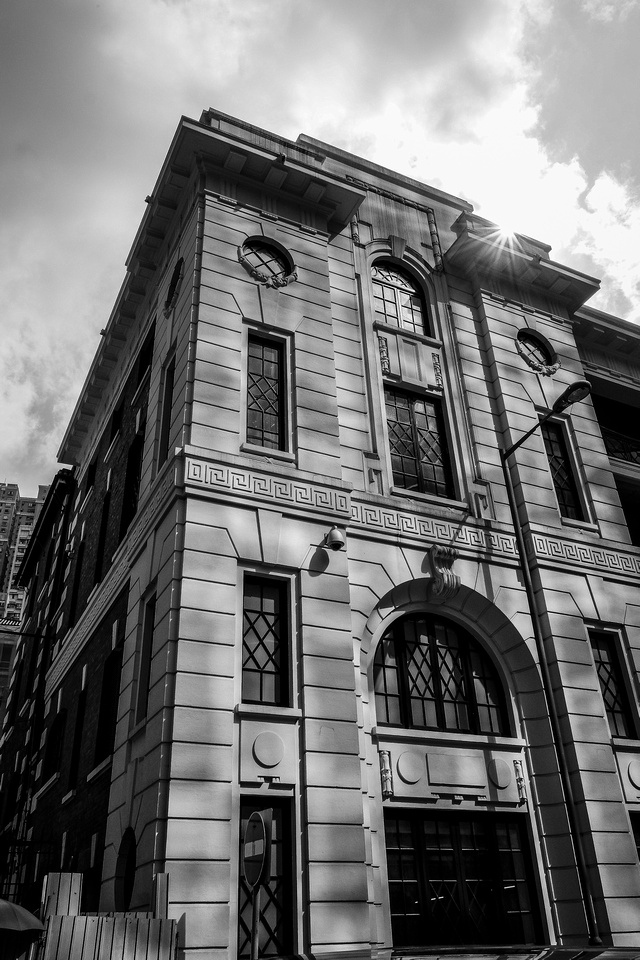



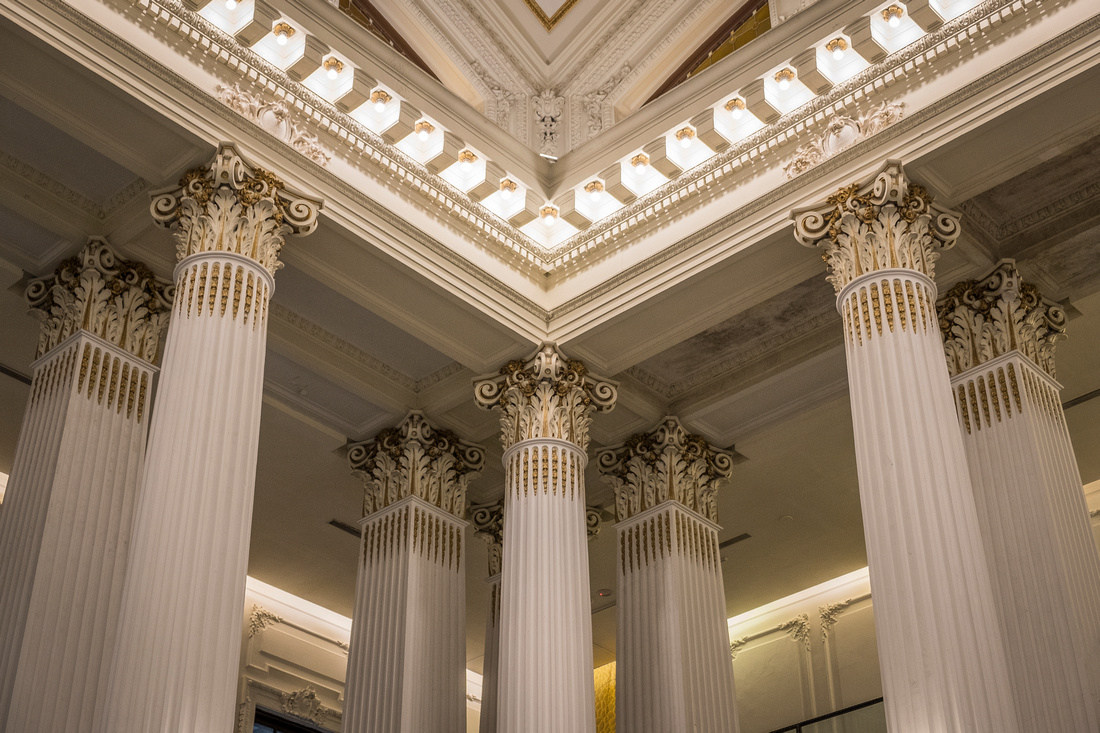



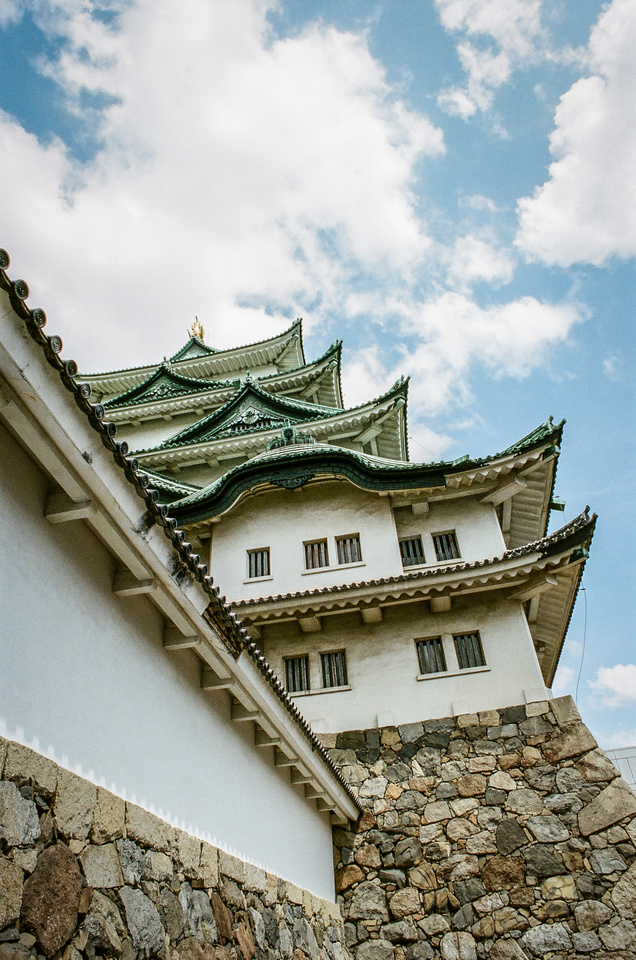

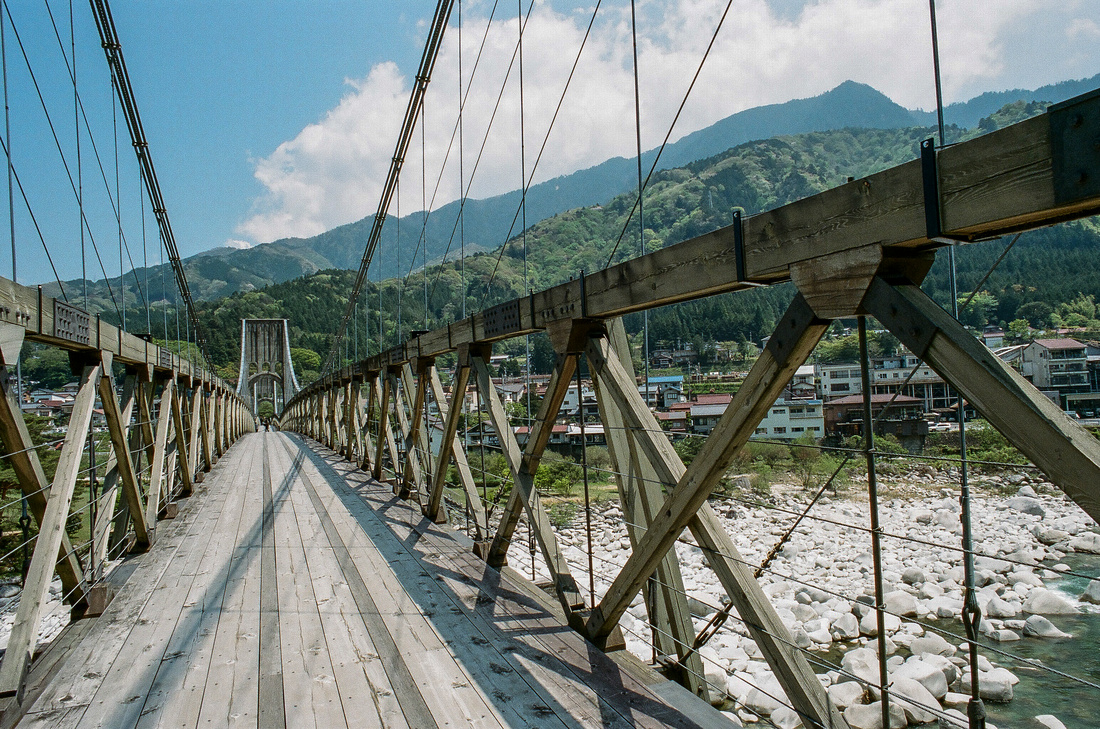

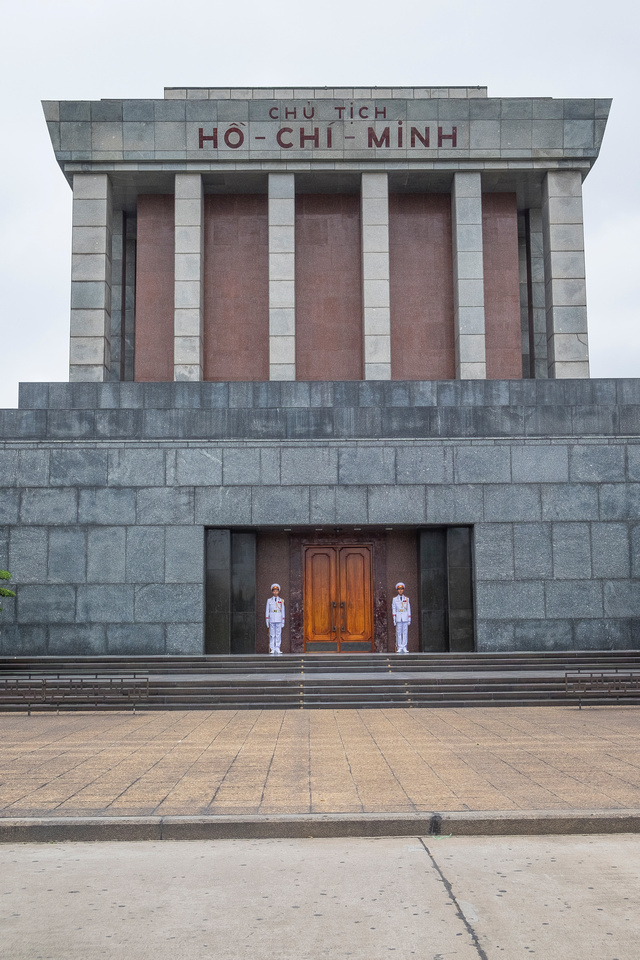

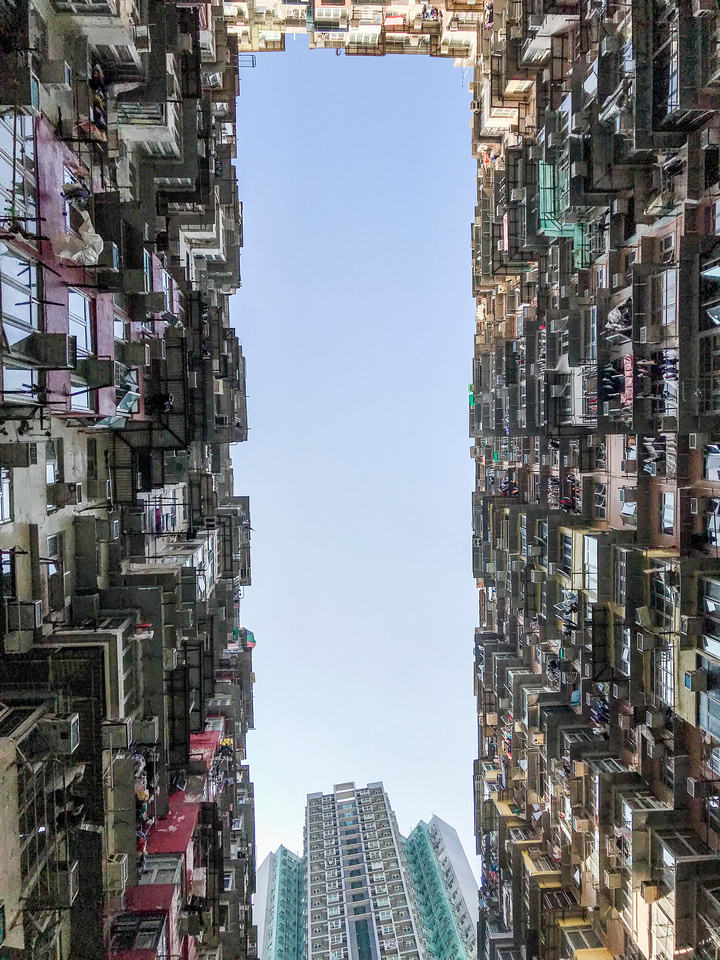

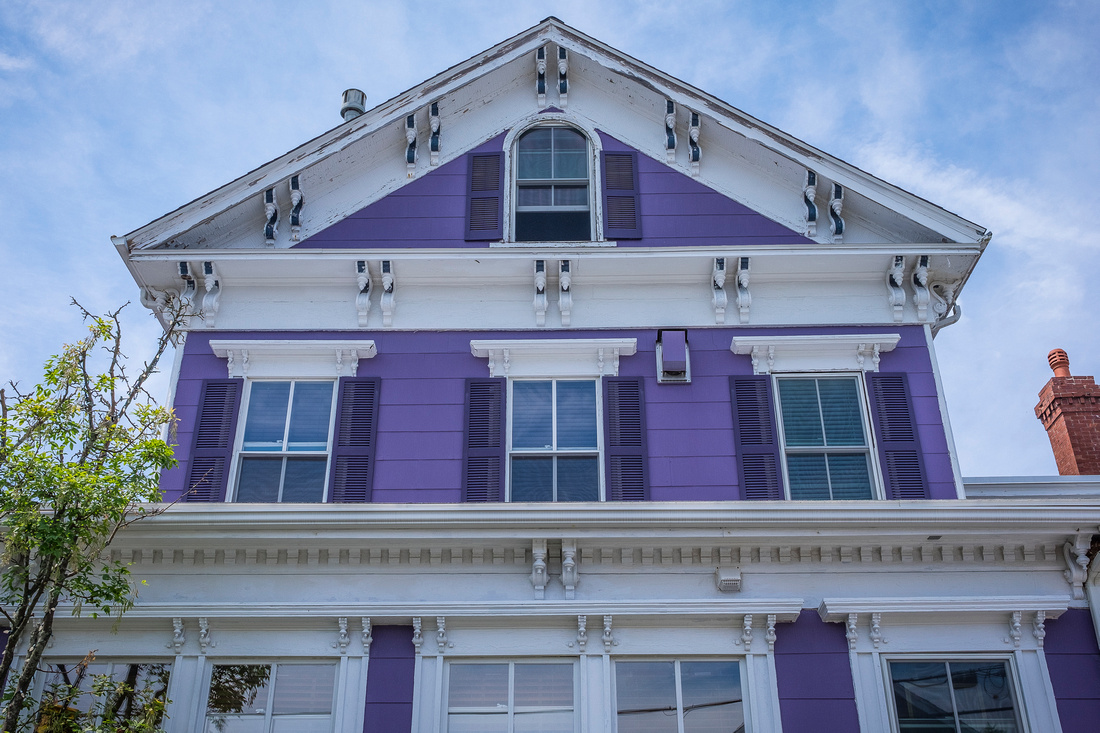

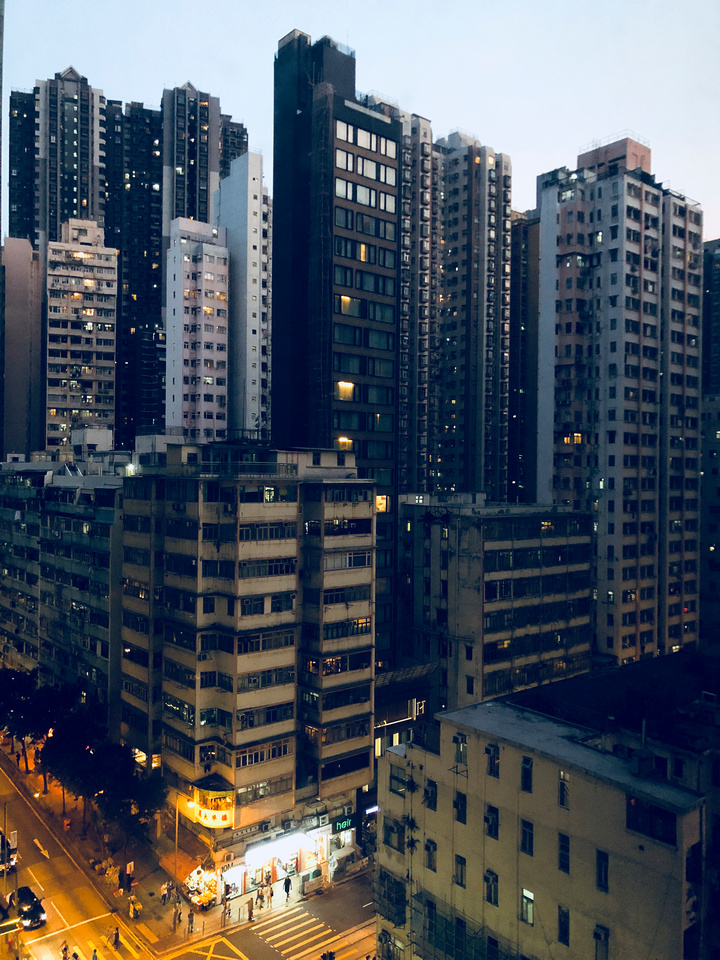

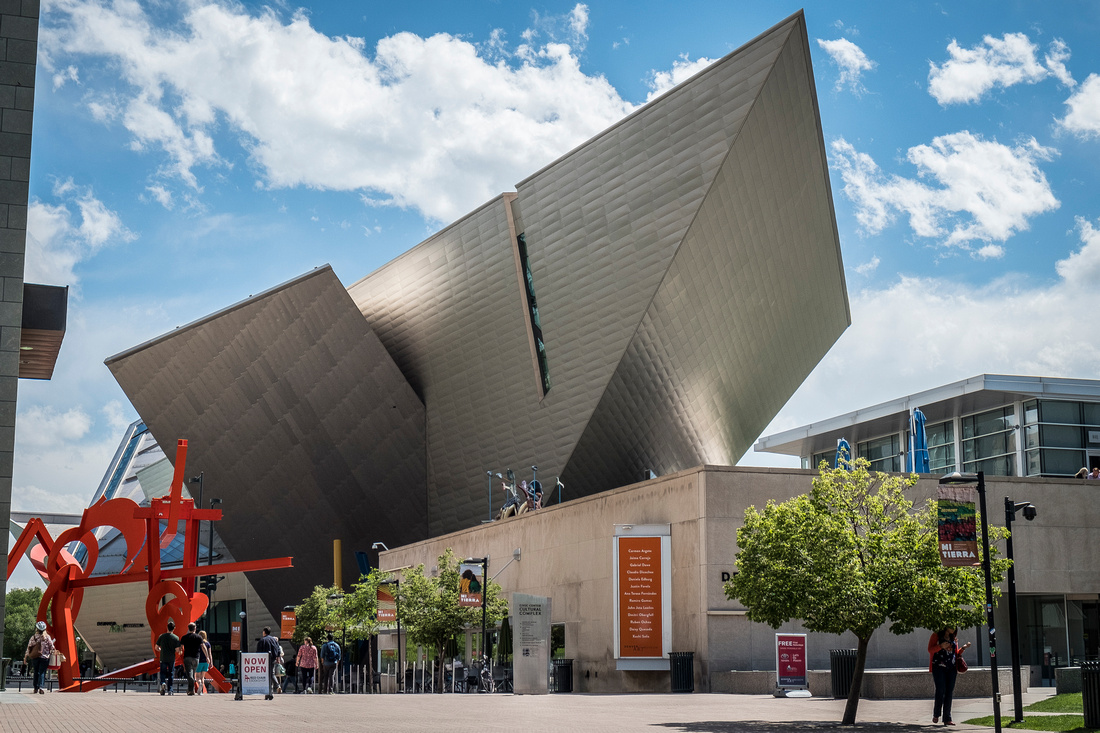

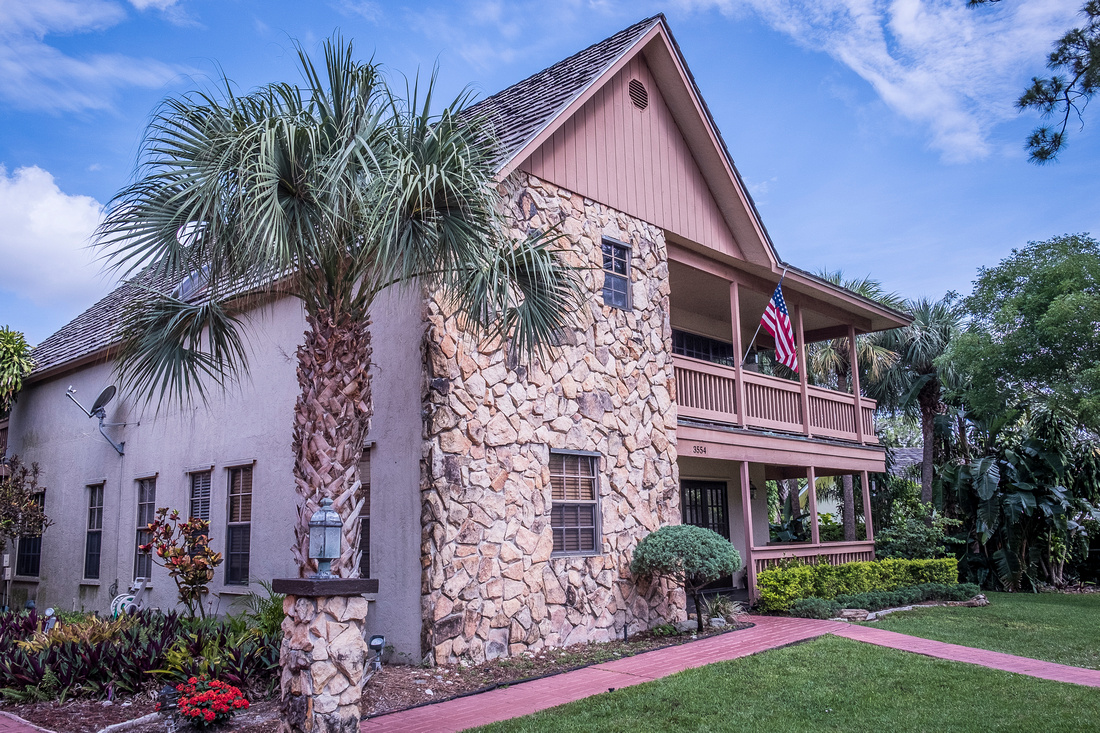

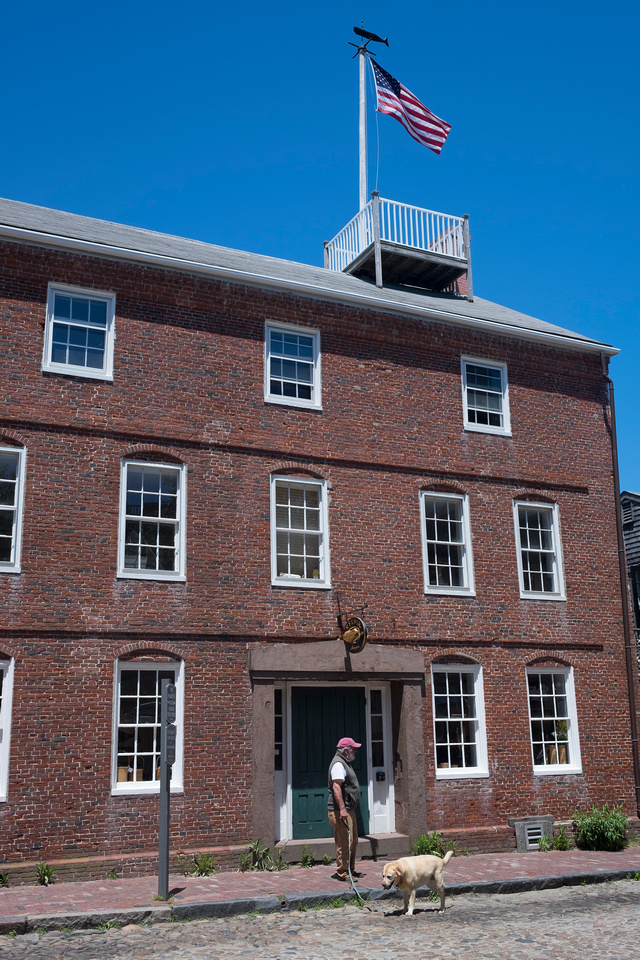



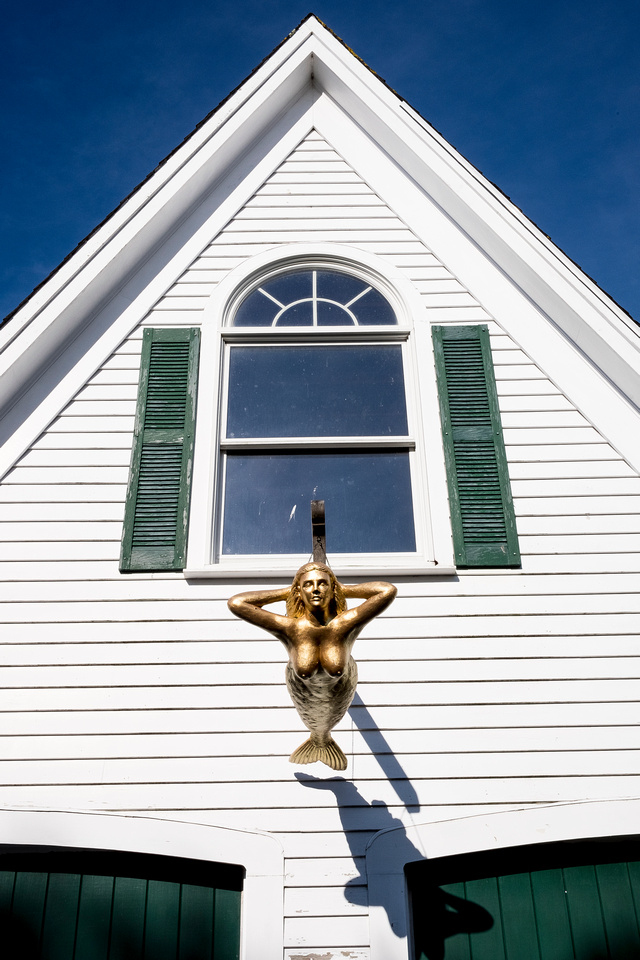

Casual Photophile Tip & Techniques No. 001 The Subject is the Subject
The Inspired Eye Photography Magazine Issue #40 (full interview)
Hong Kong Free Press: HKFP Lens
Blog #18 Criticizing Photographs or Beyond the “like”
Blog #25 Don’t Be Afraid of the Dark[room].
Blog #47 Composition, Composition, and More Composition
Blog #65 Summer is for Travel (Hanoi)
Blog #67 Risks, Rules, & Restrictions
Blog #68 Photography is a Gift
Blog #72 Living the Creative Life
Blog #90 Restrictions, Revisited
Blog #93 Photographic Technique
Blog #105 Signs, Signs, Everywhere a Sign